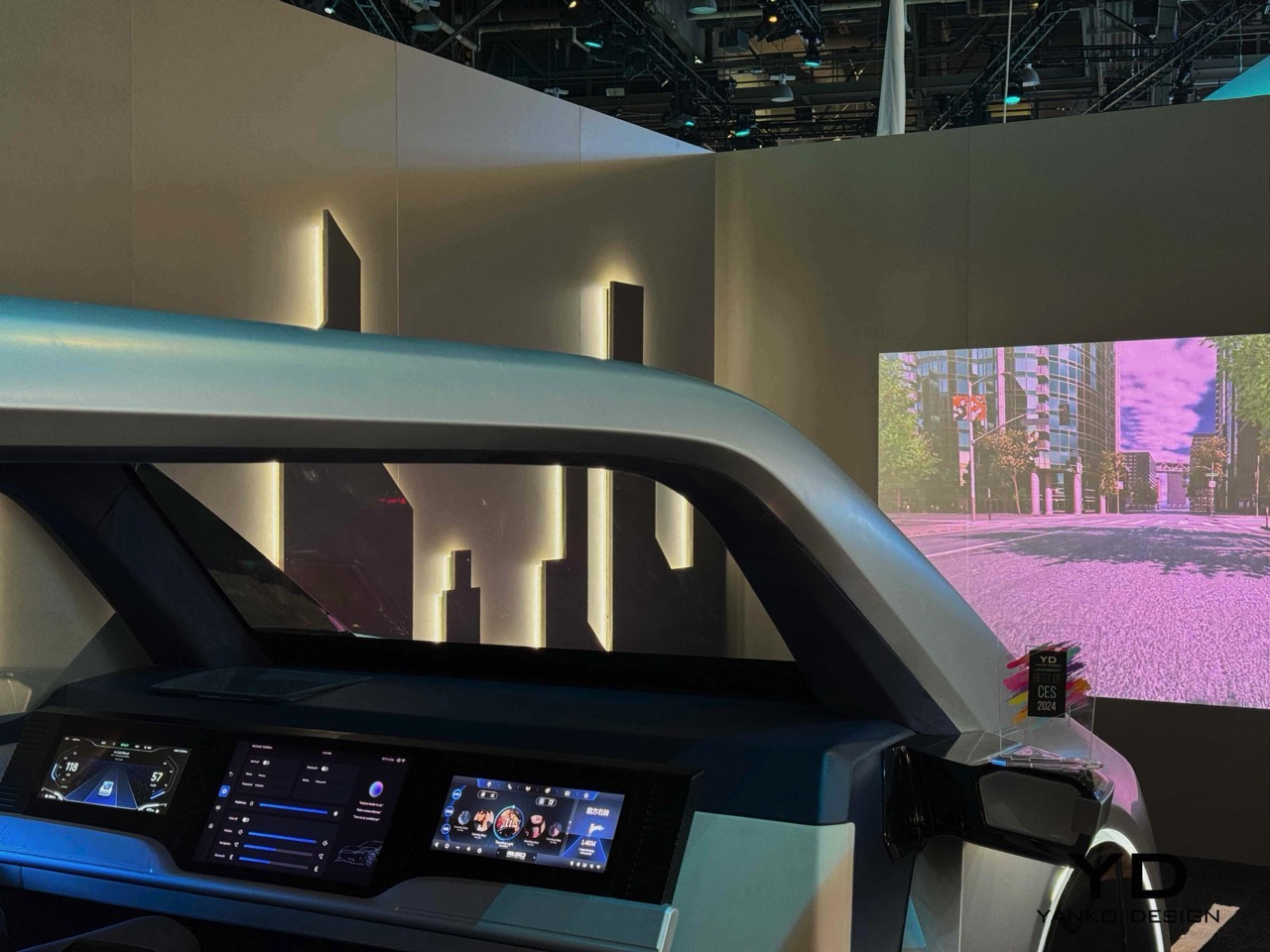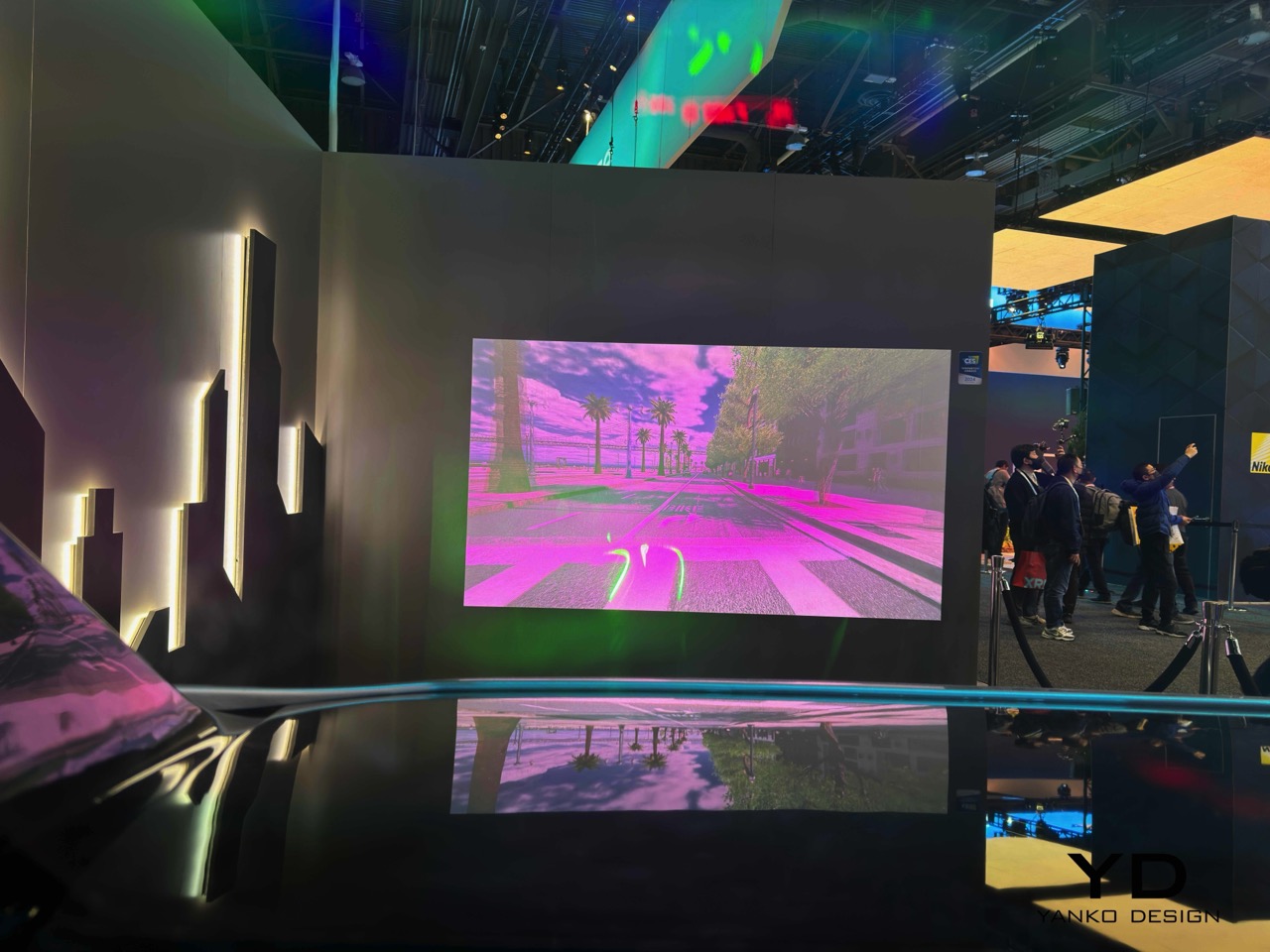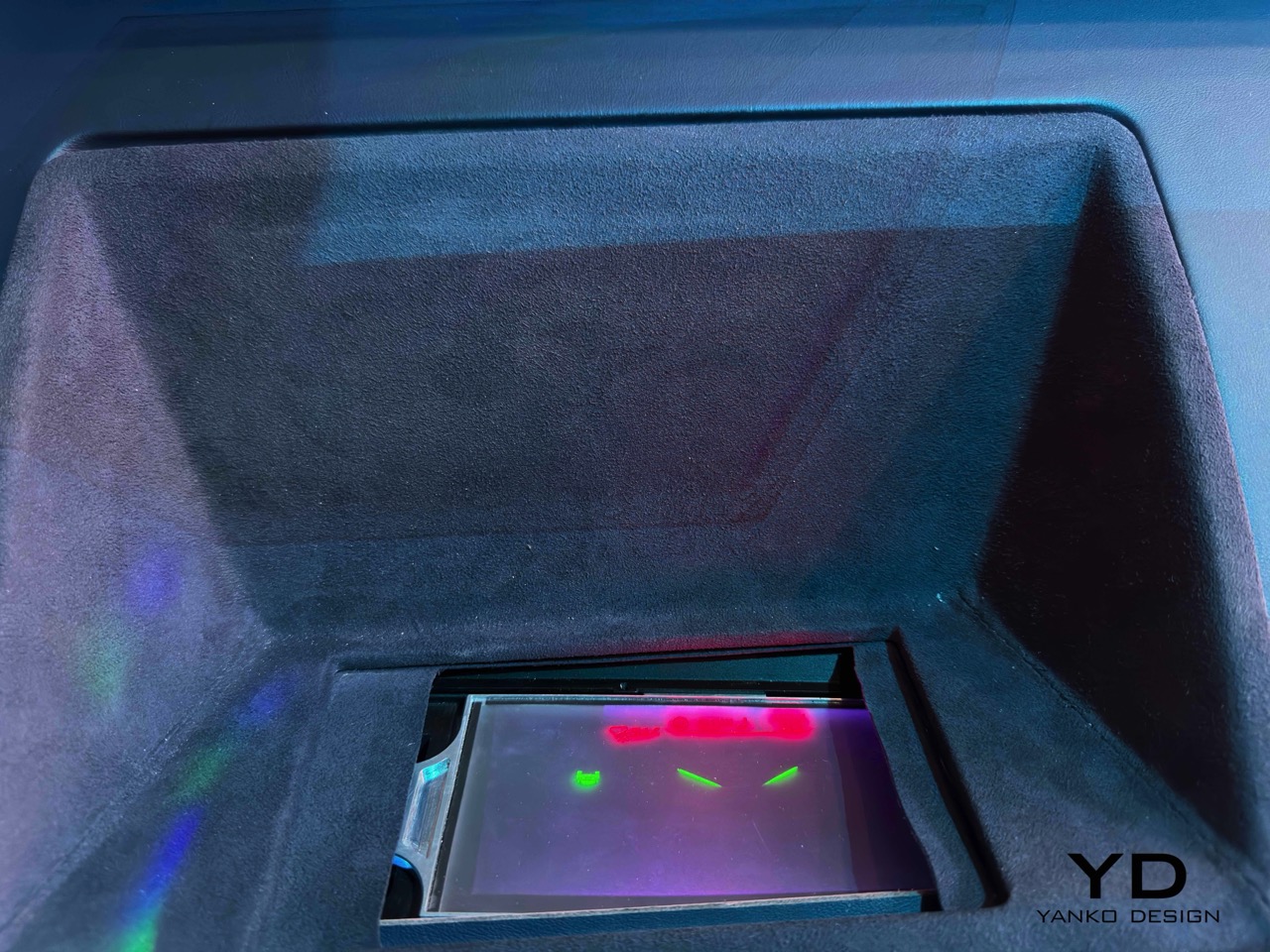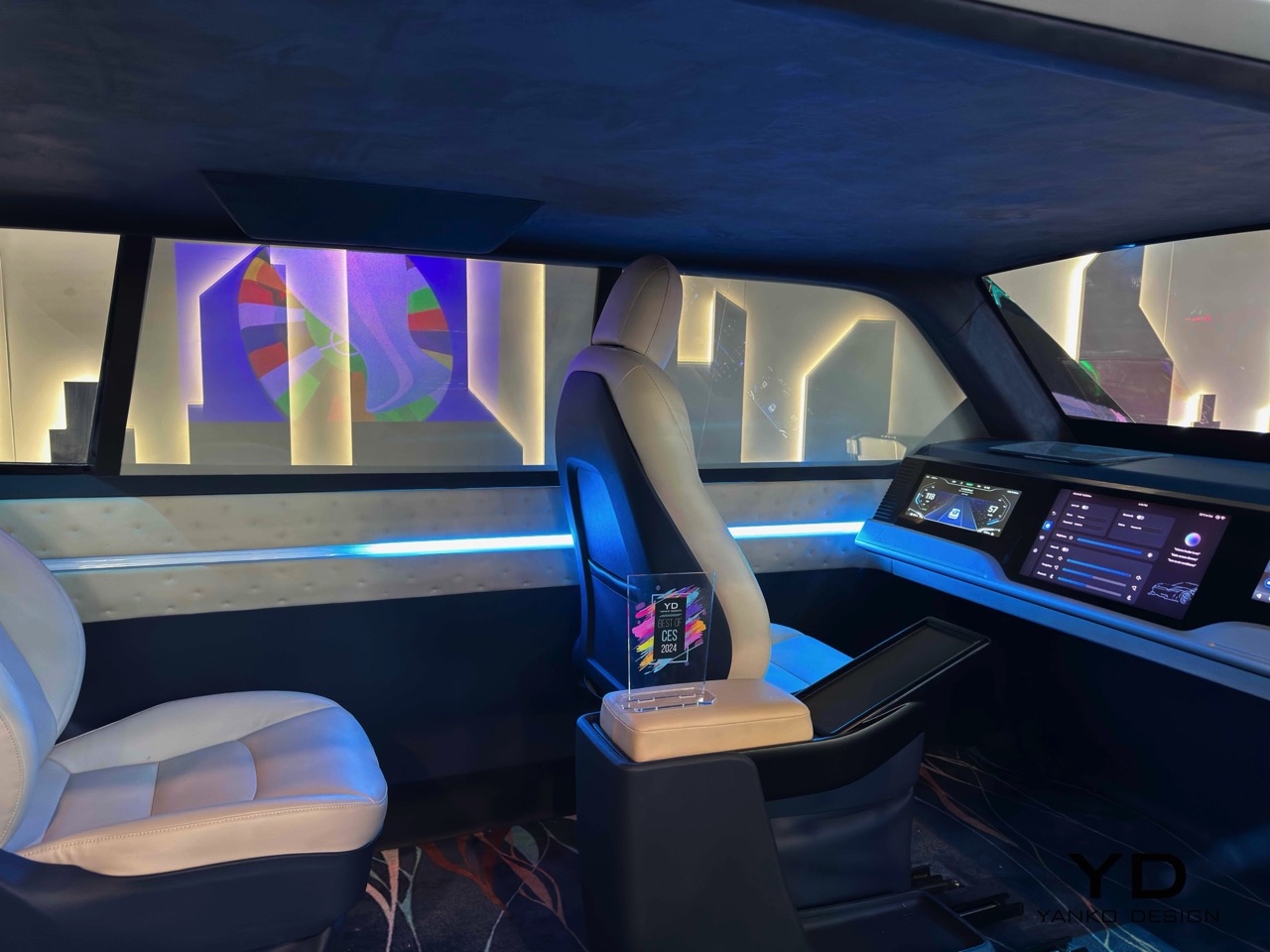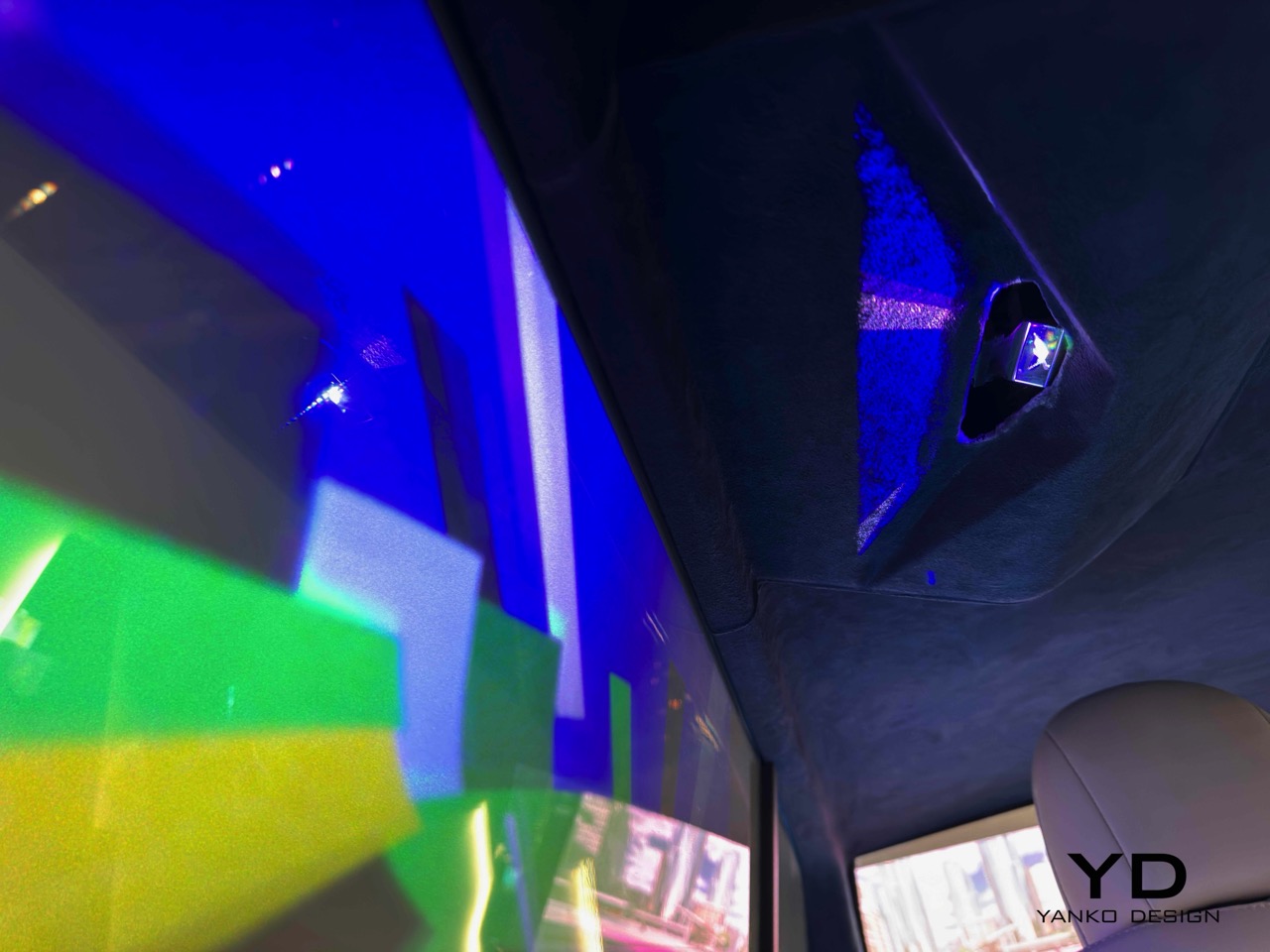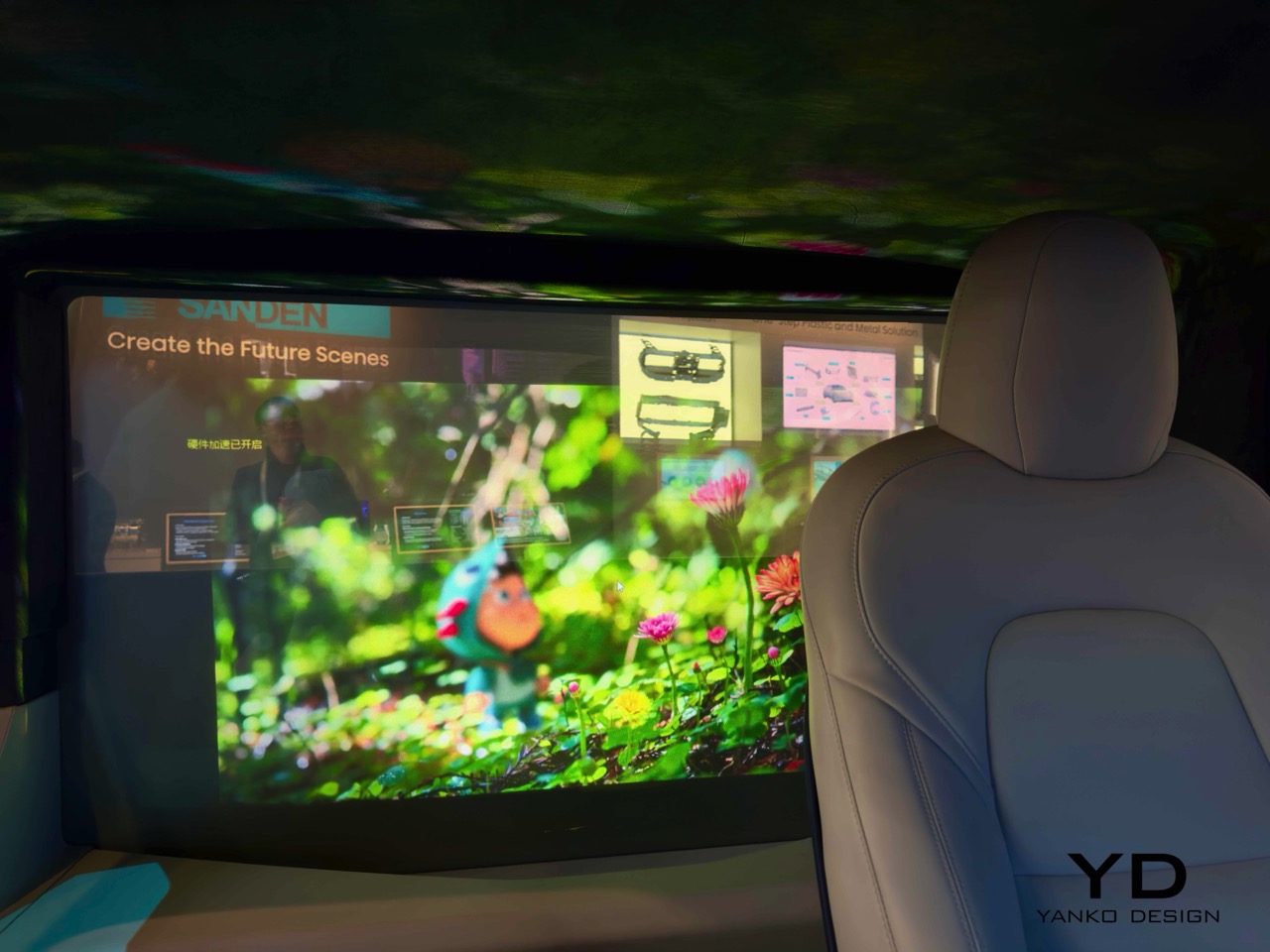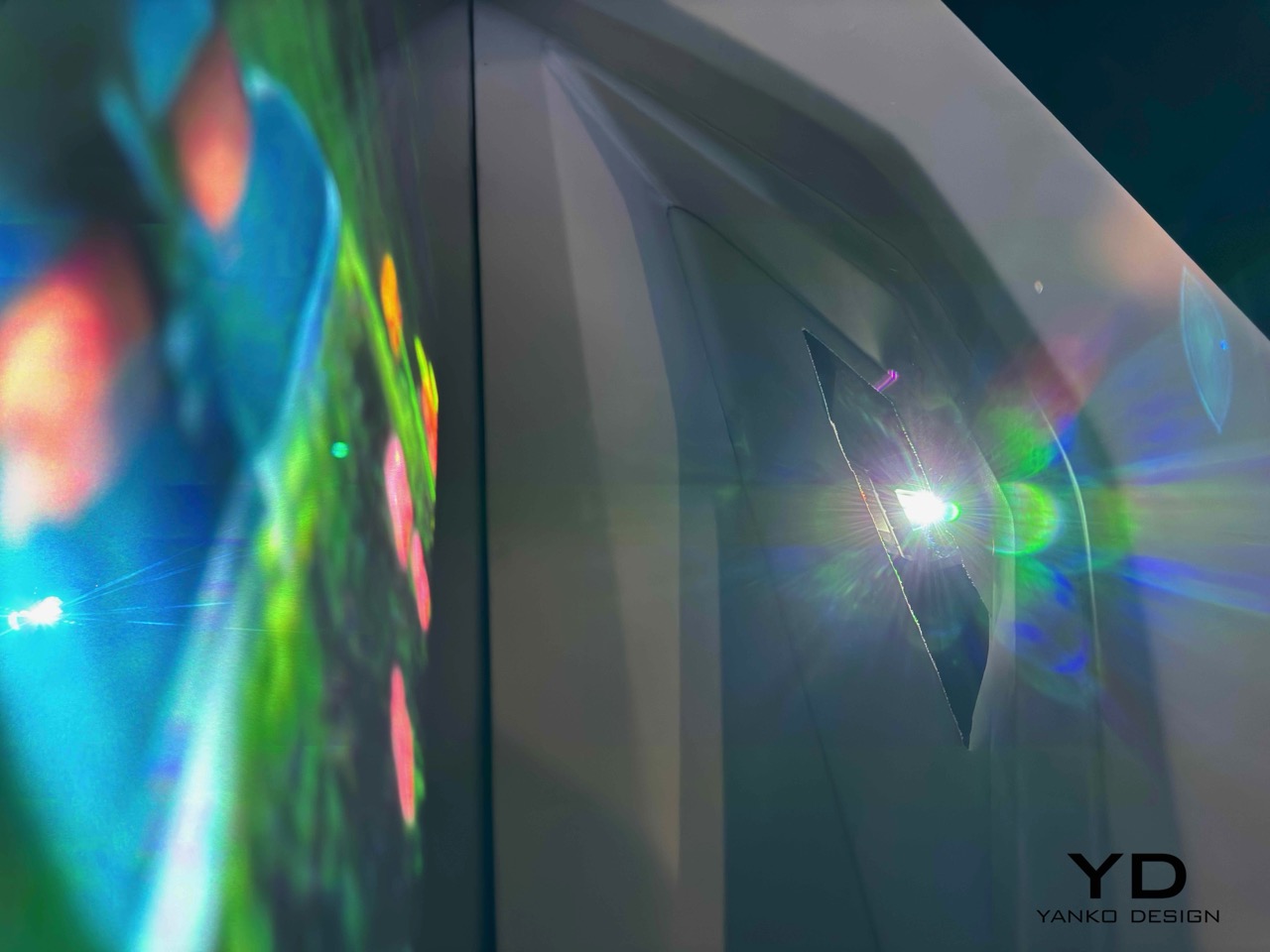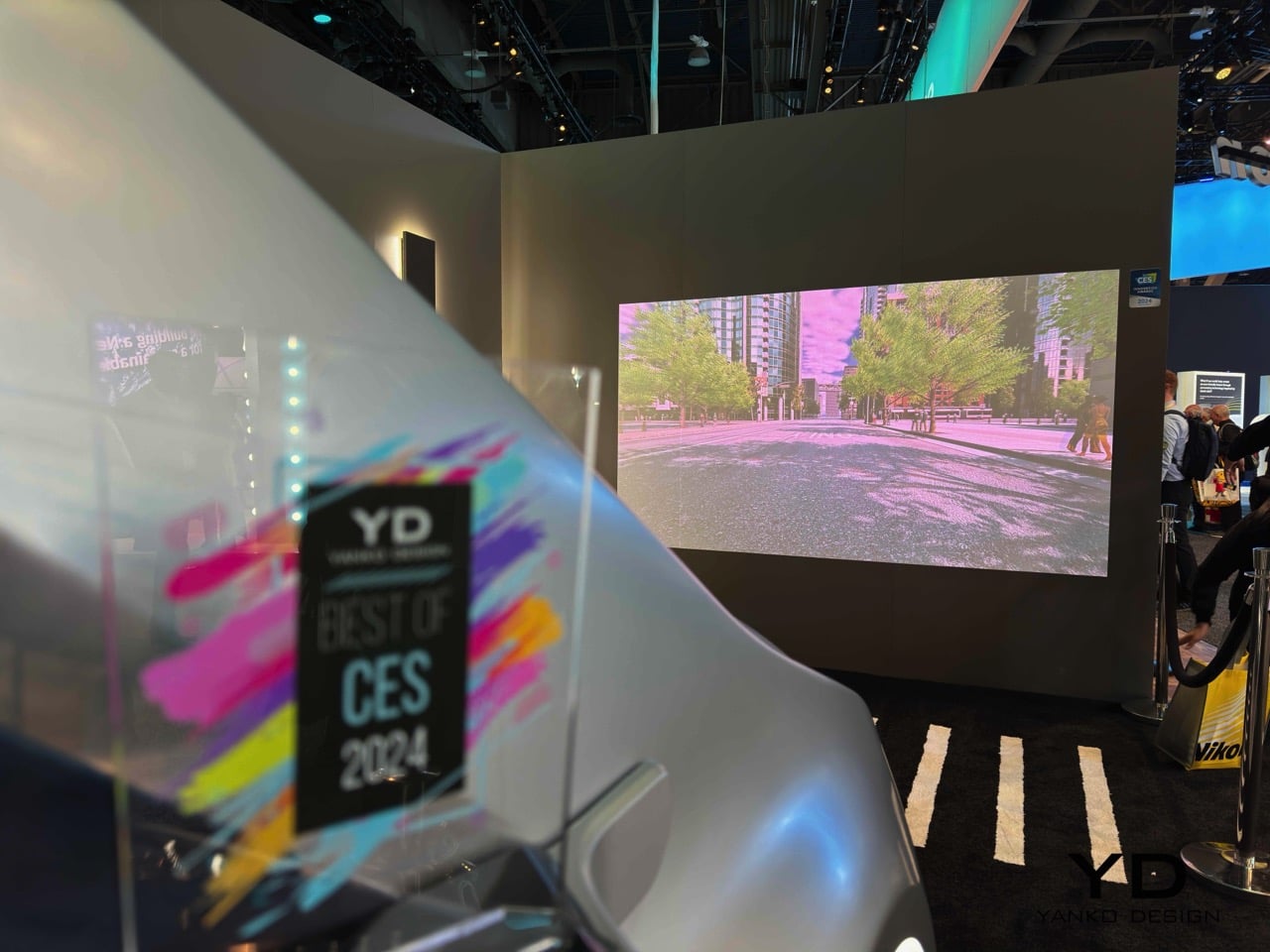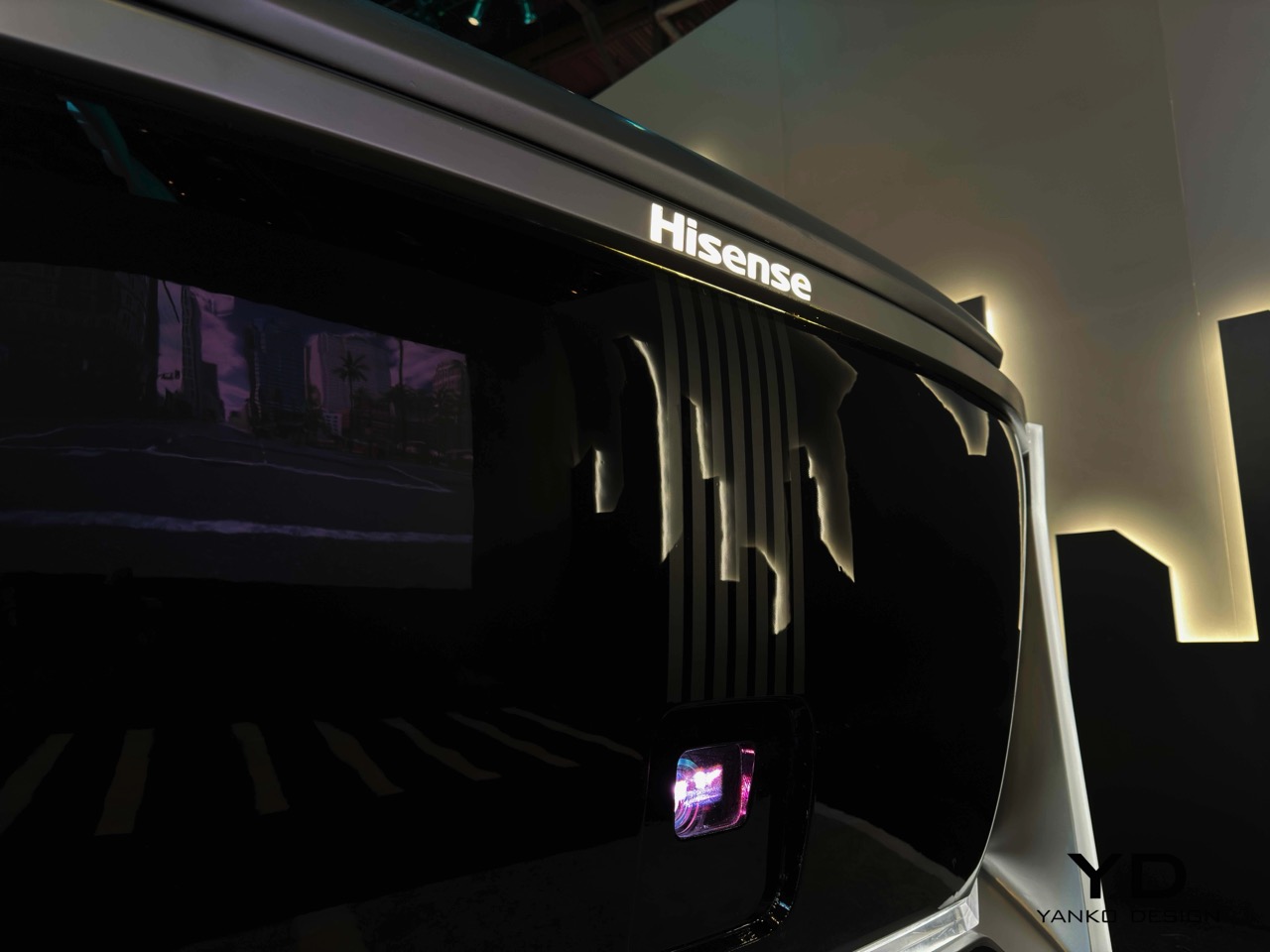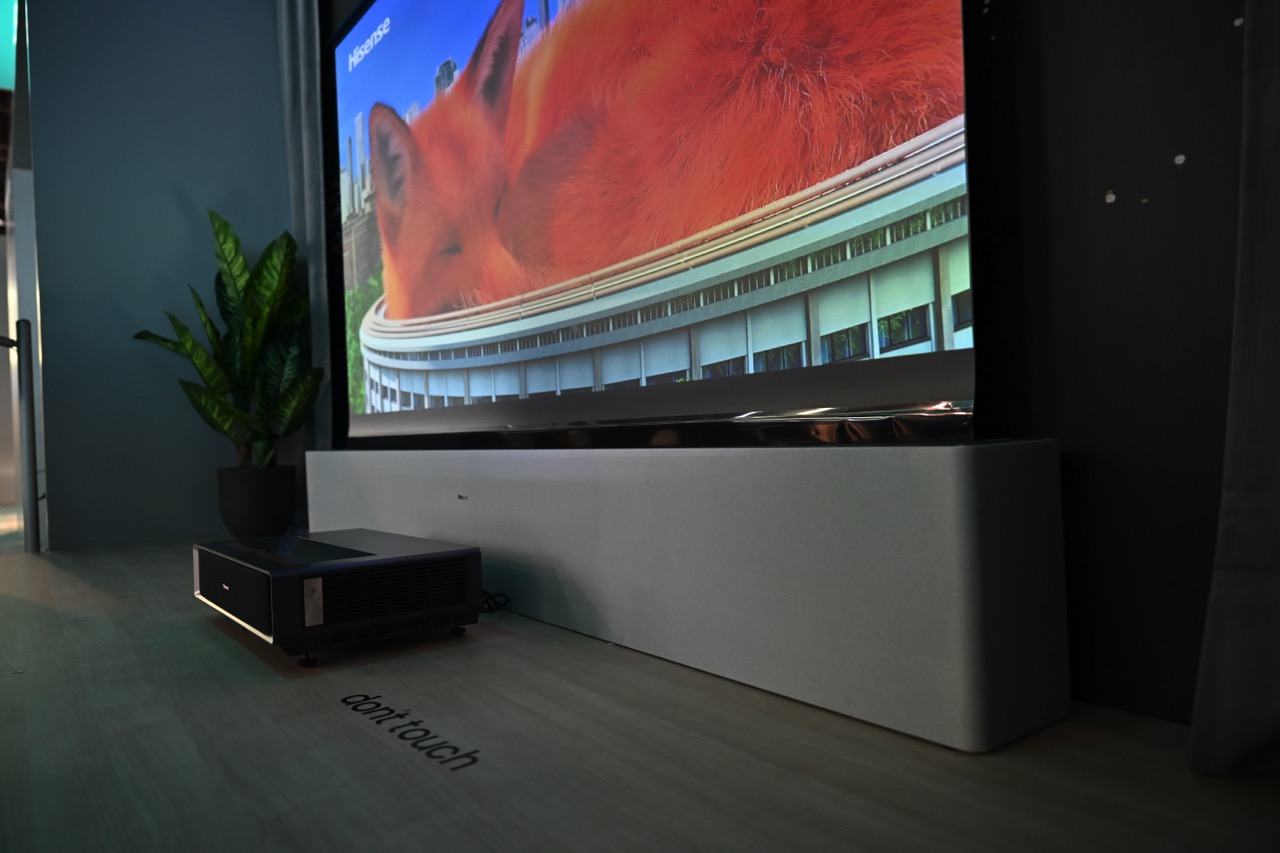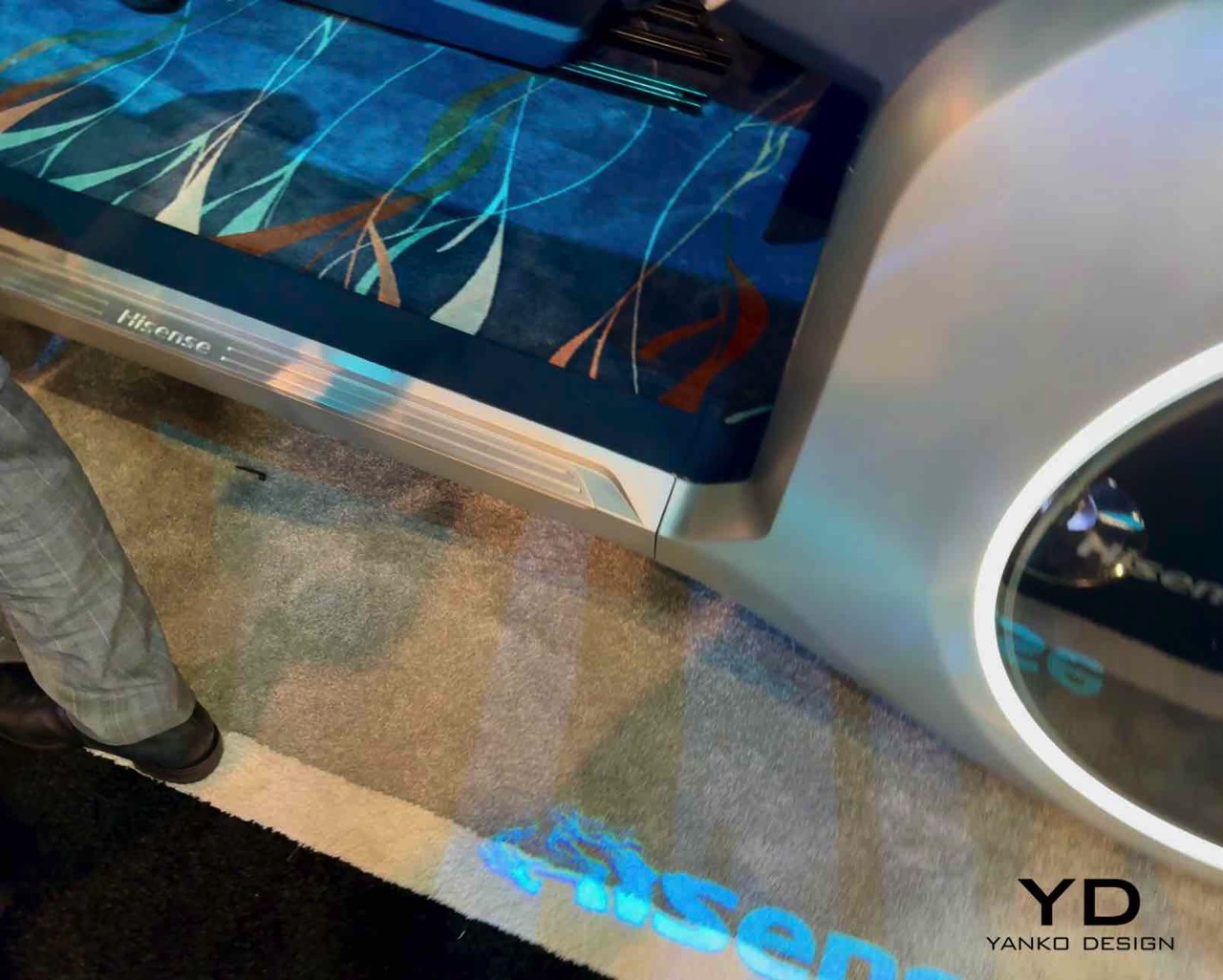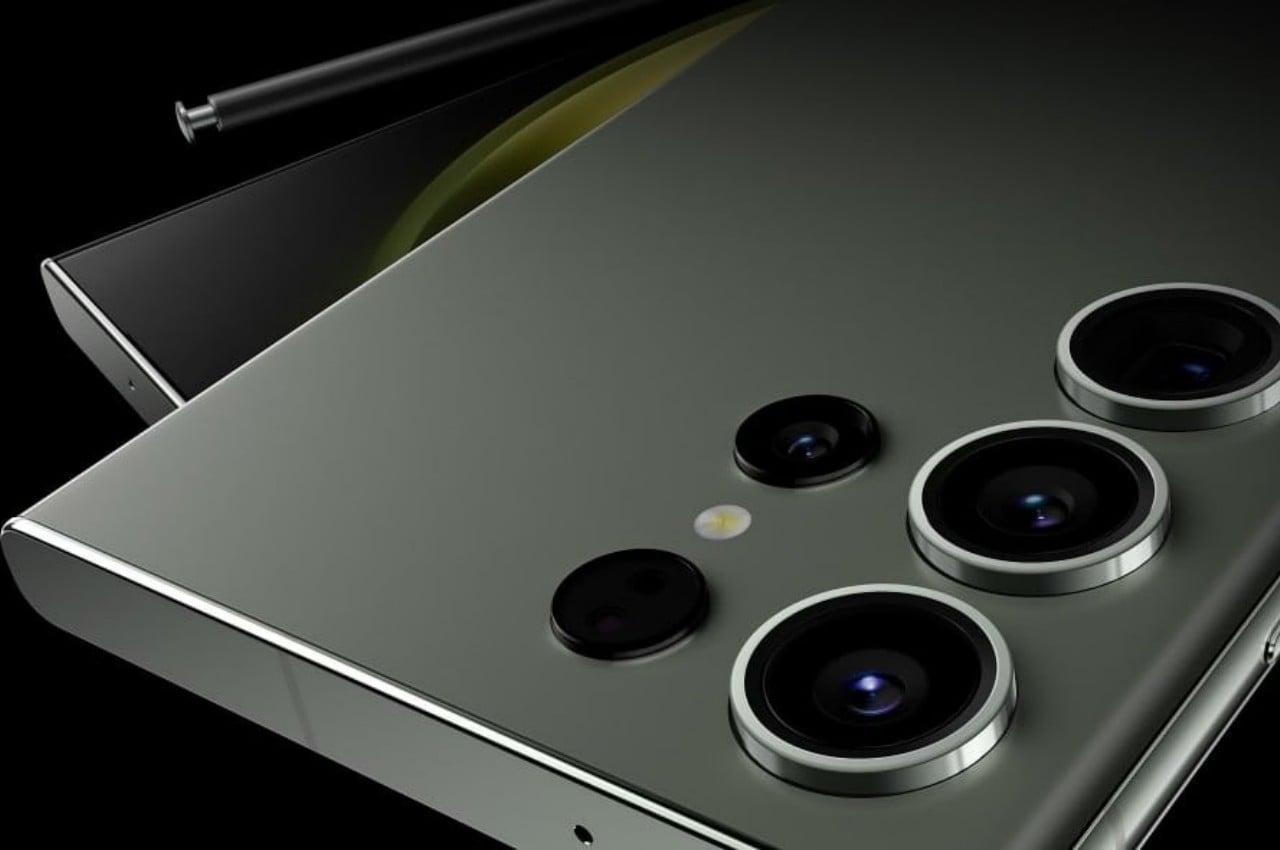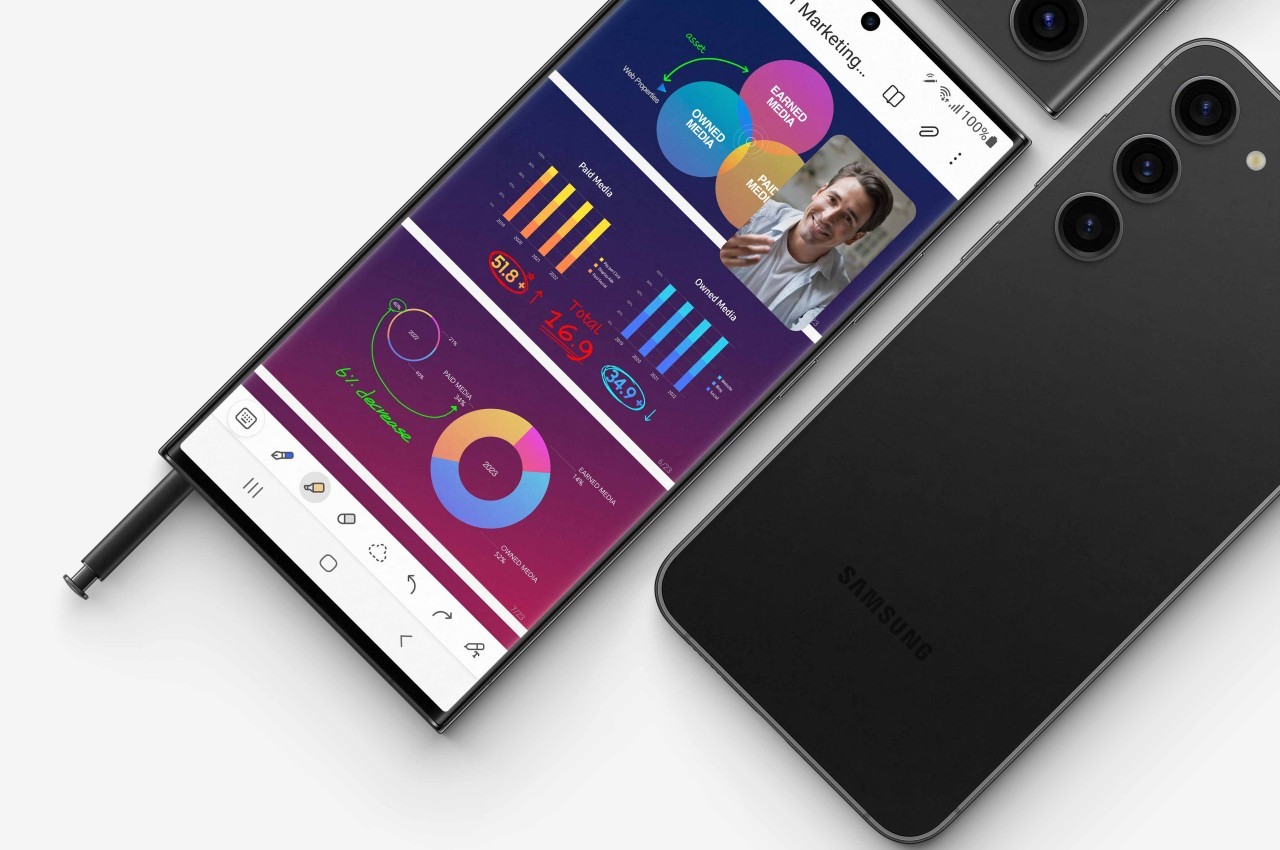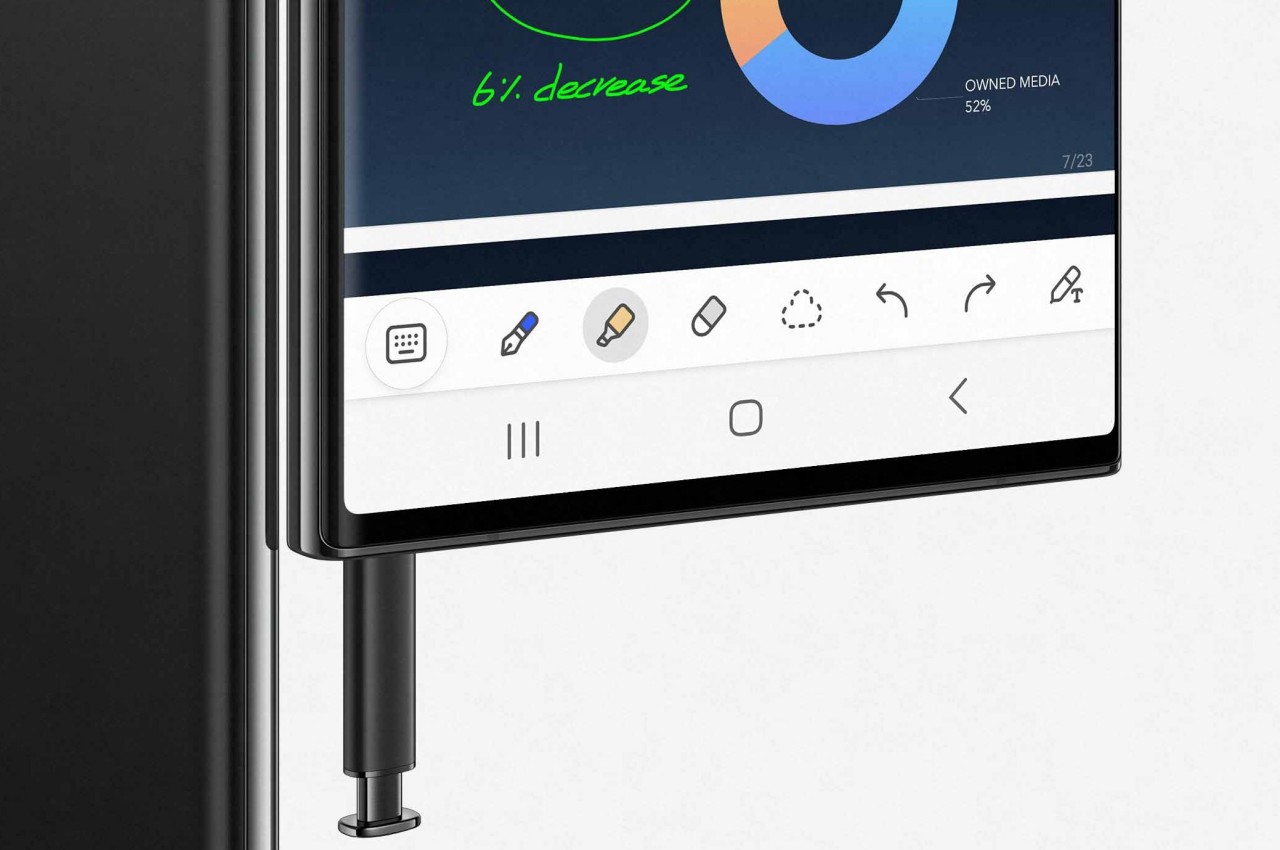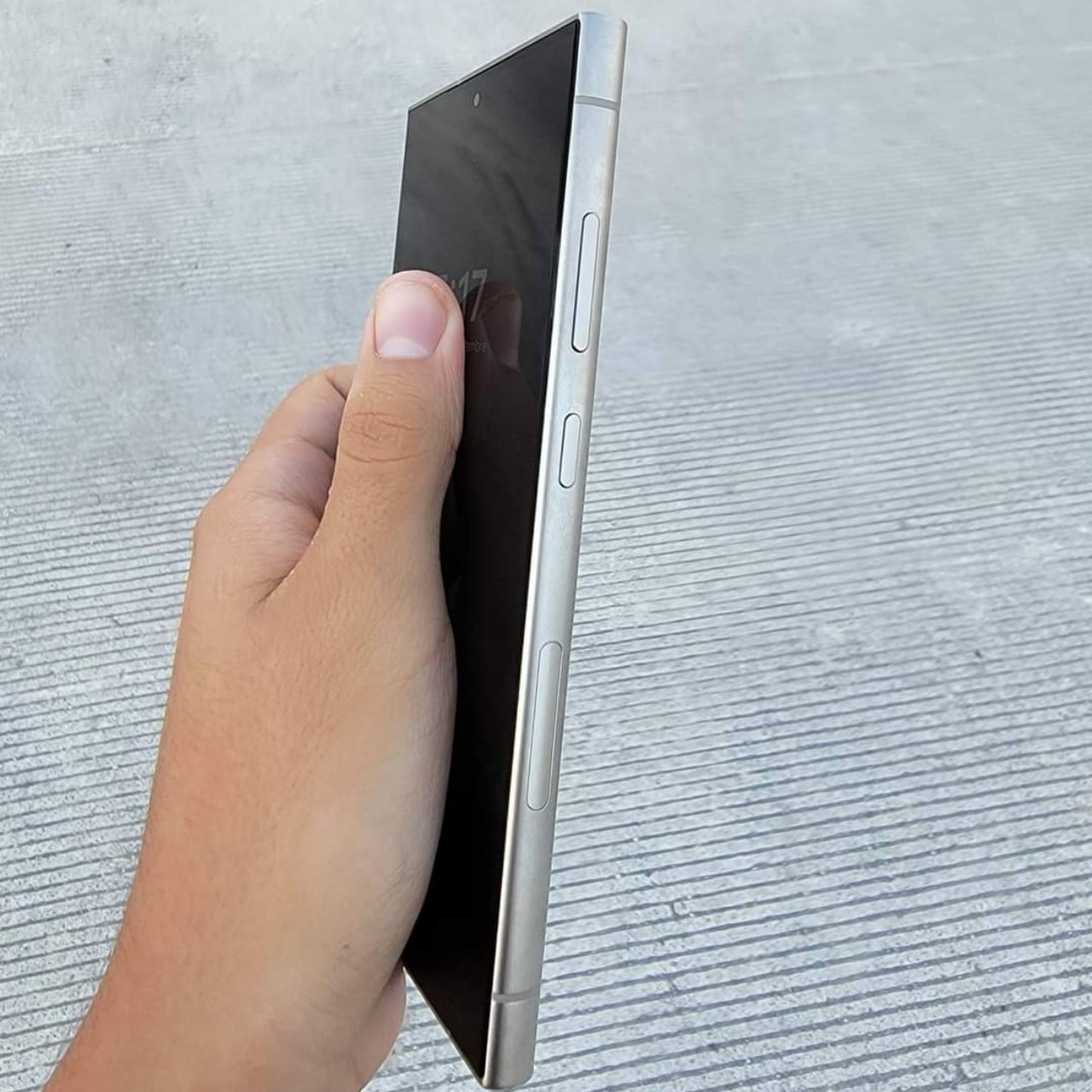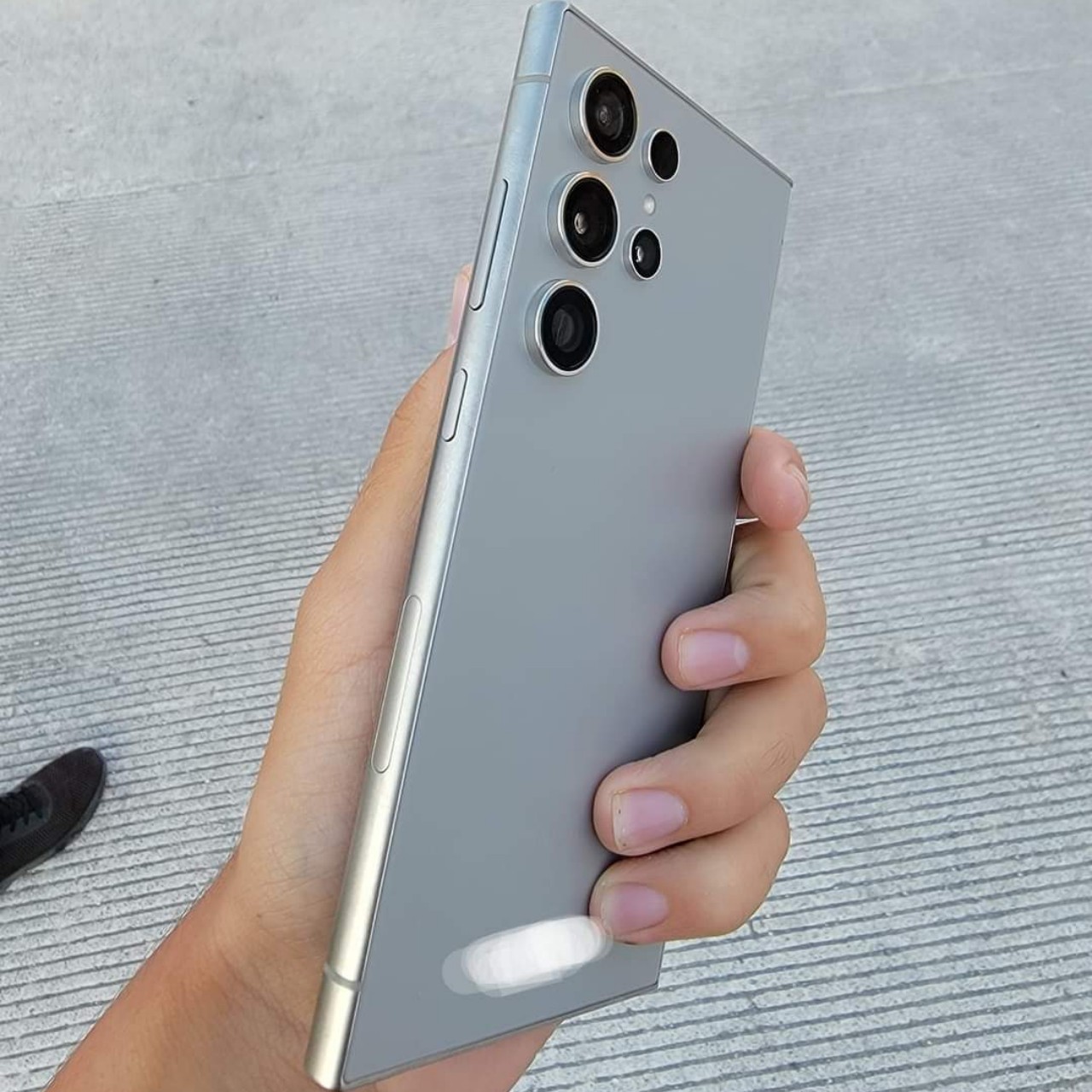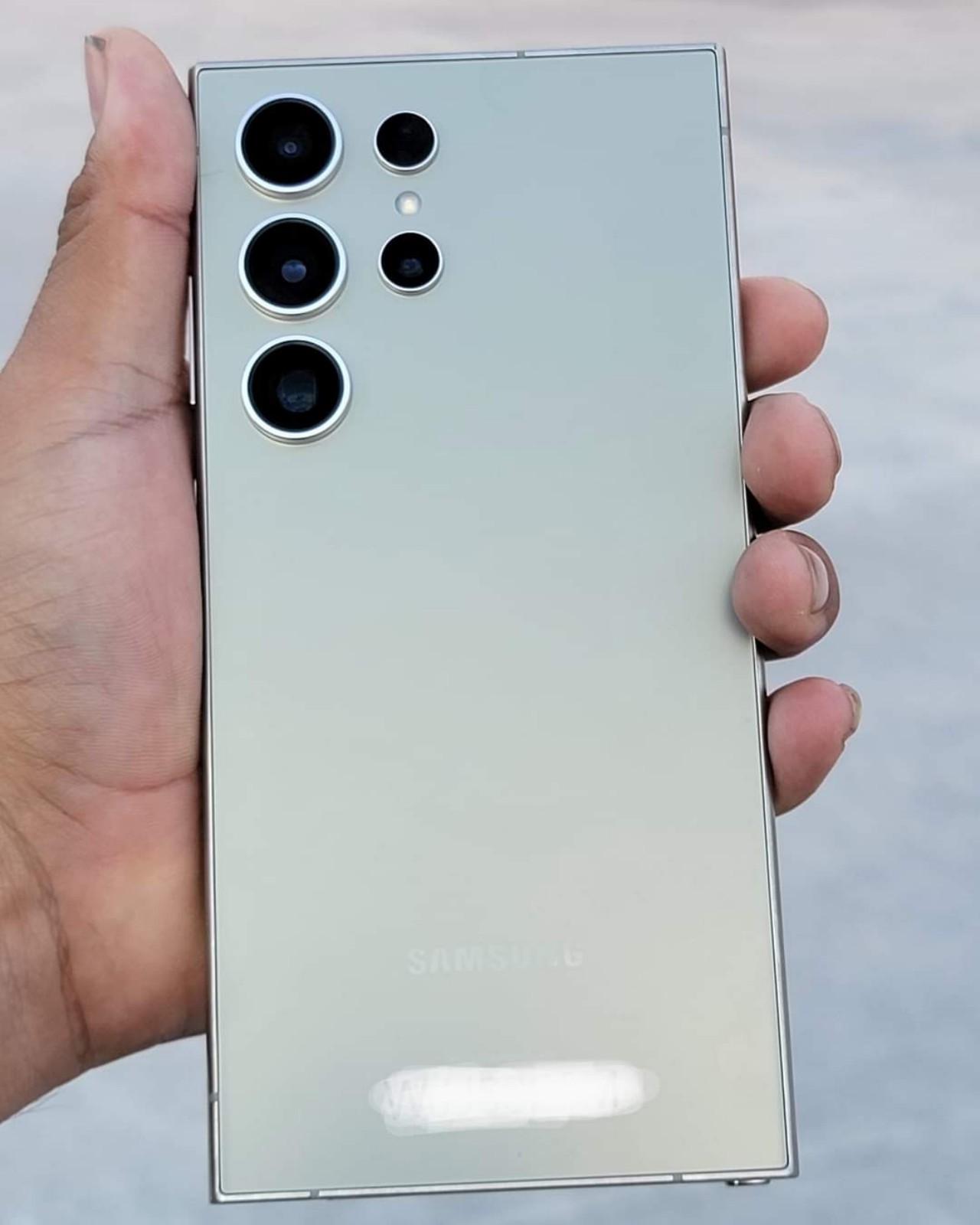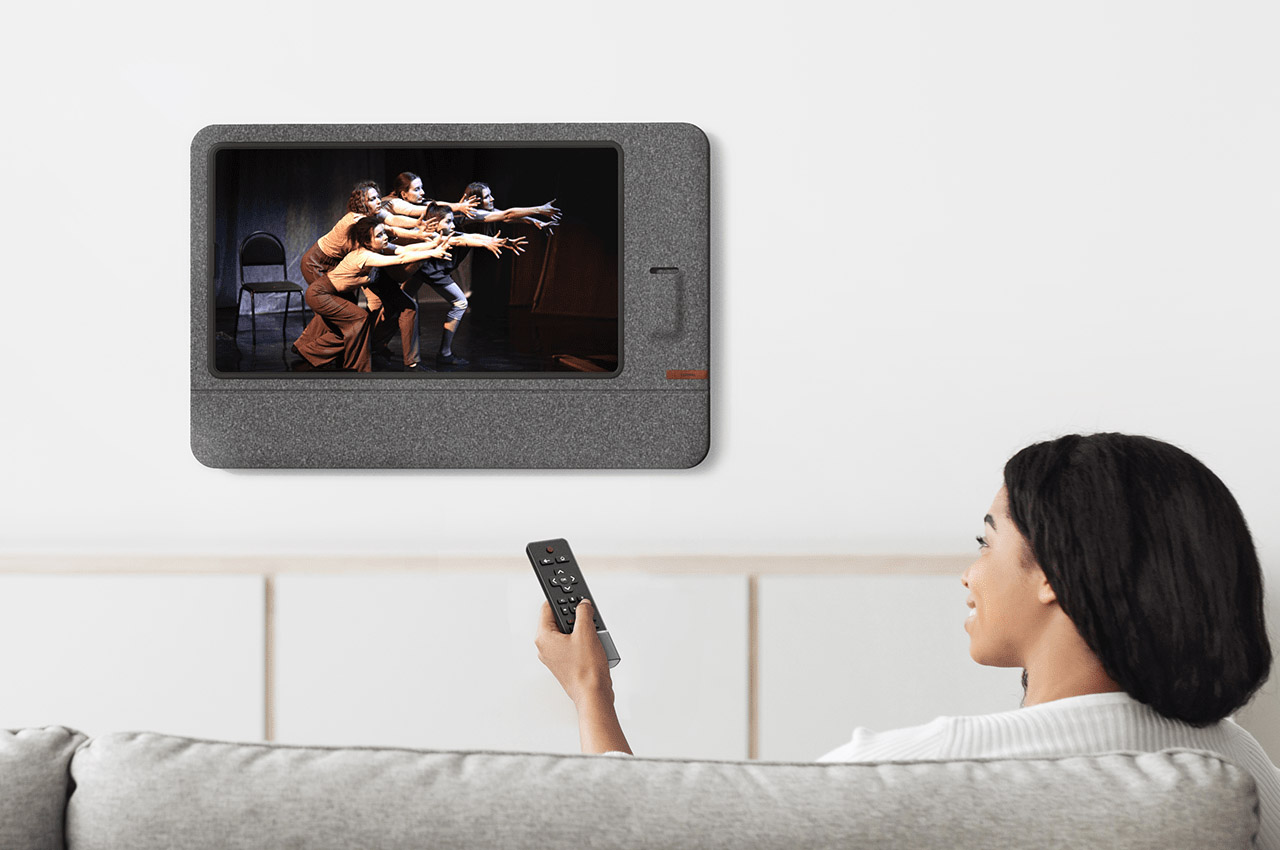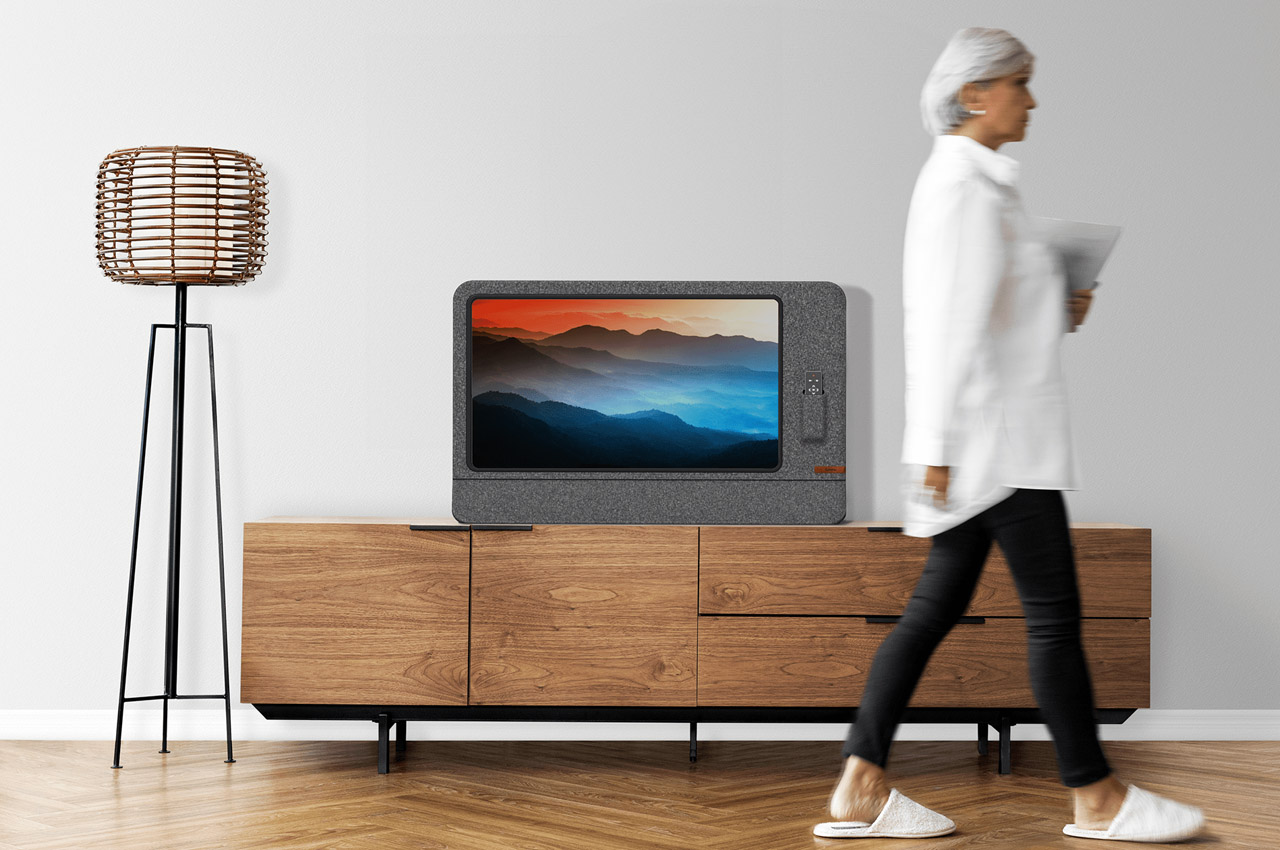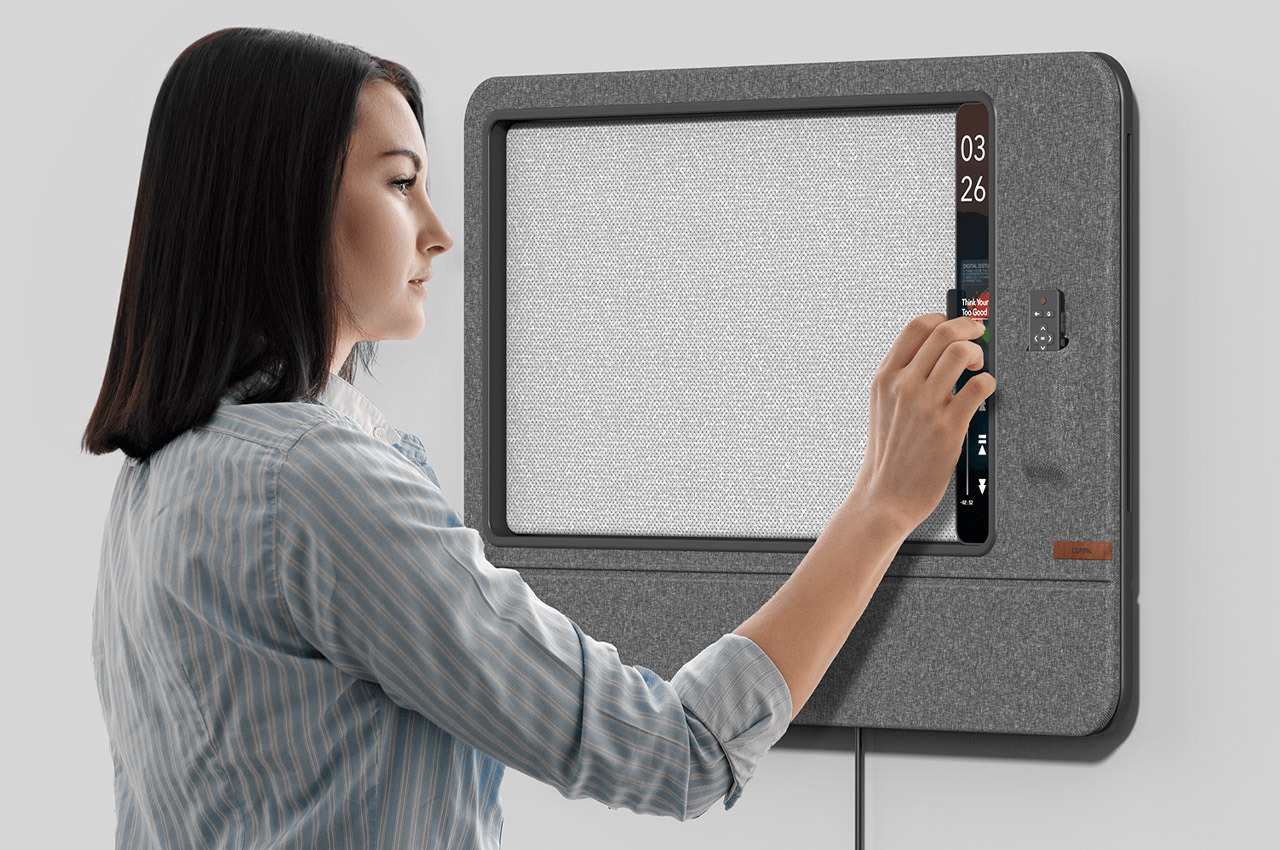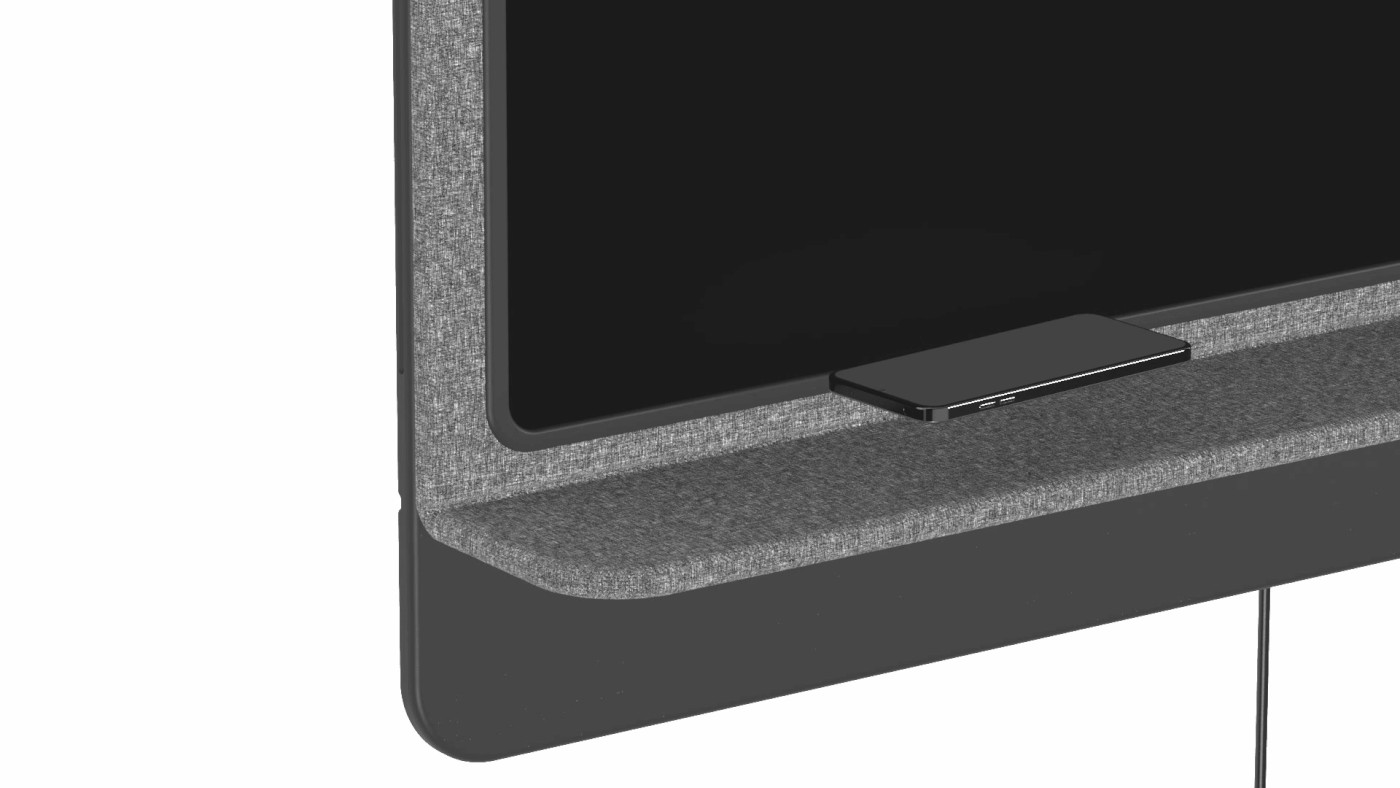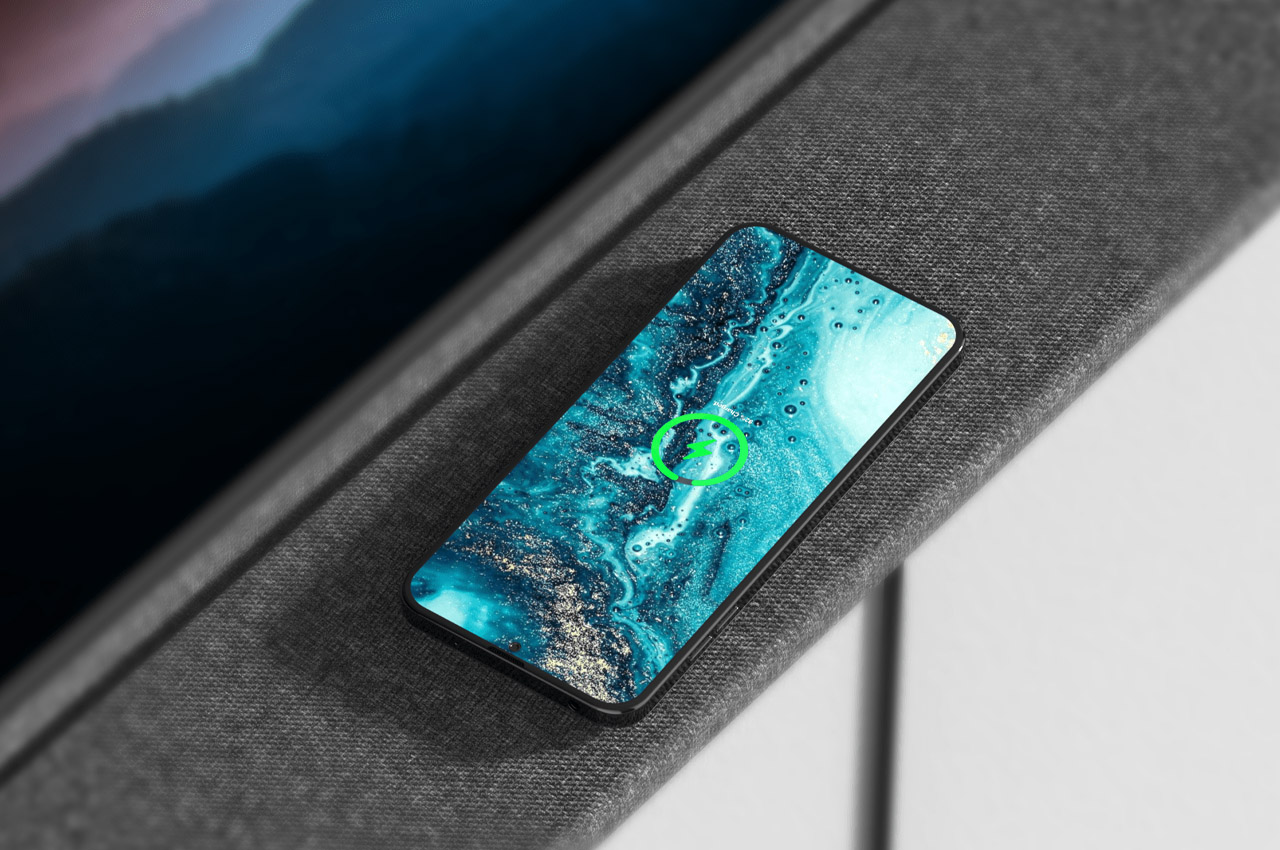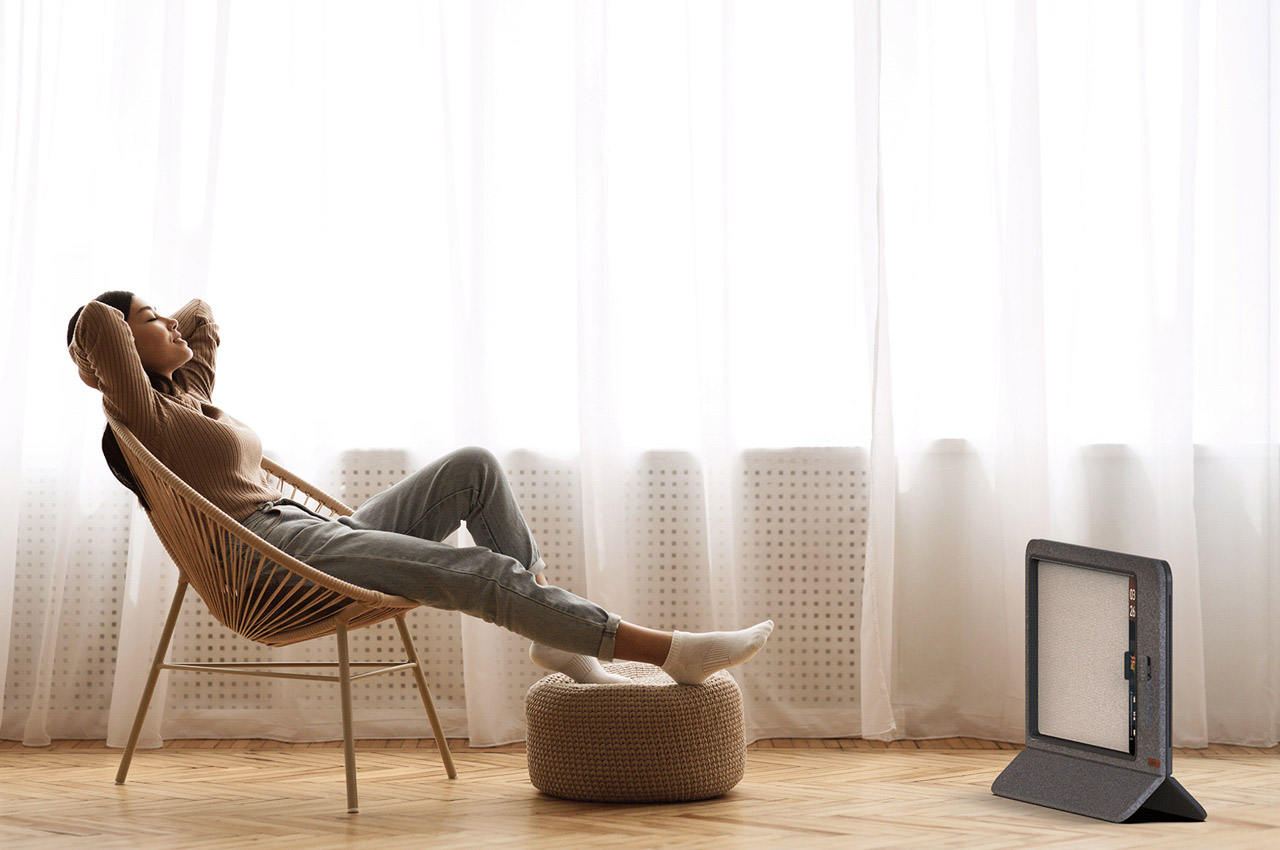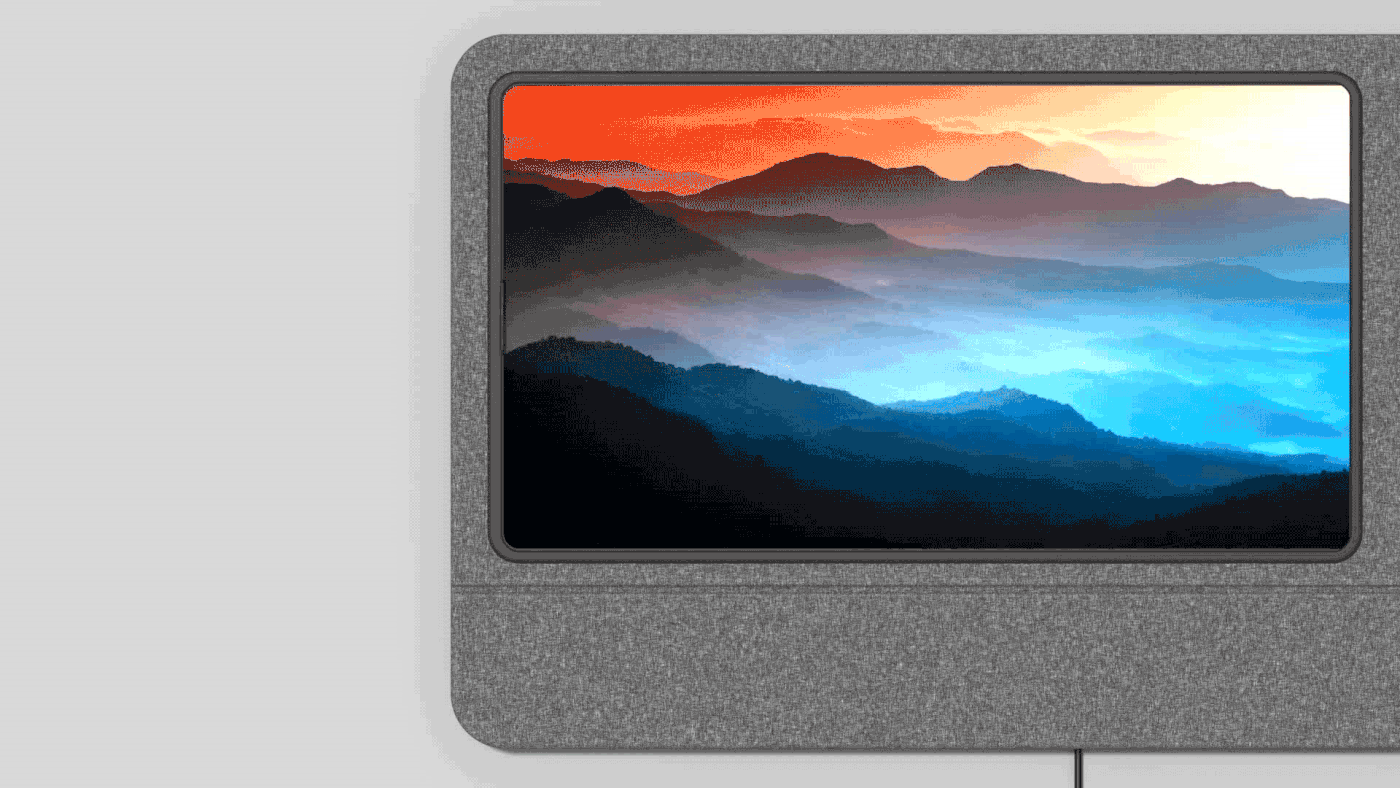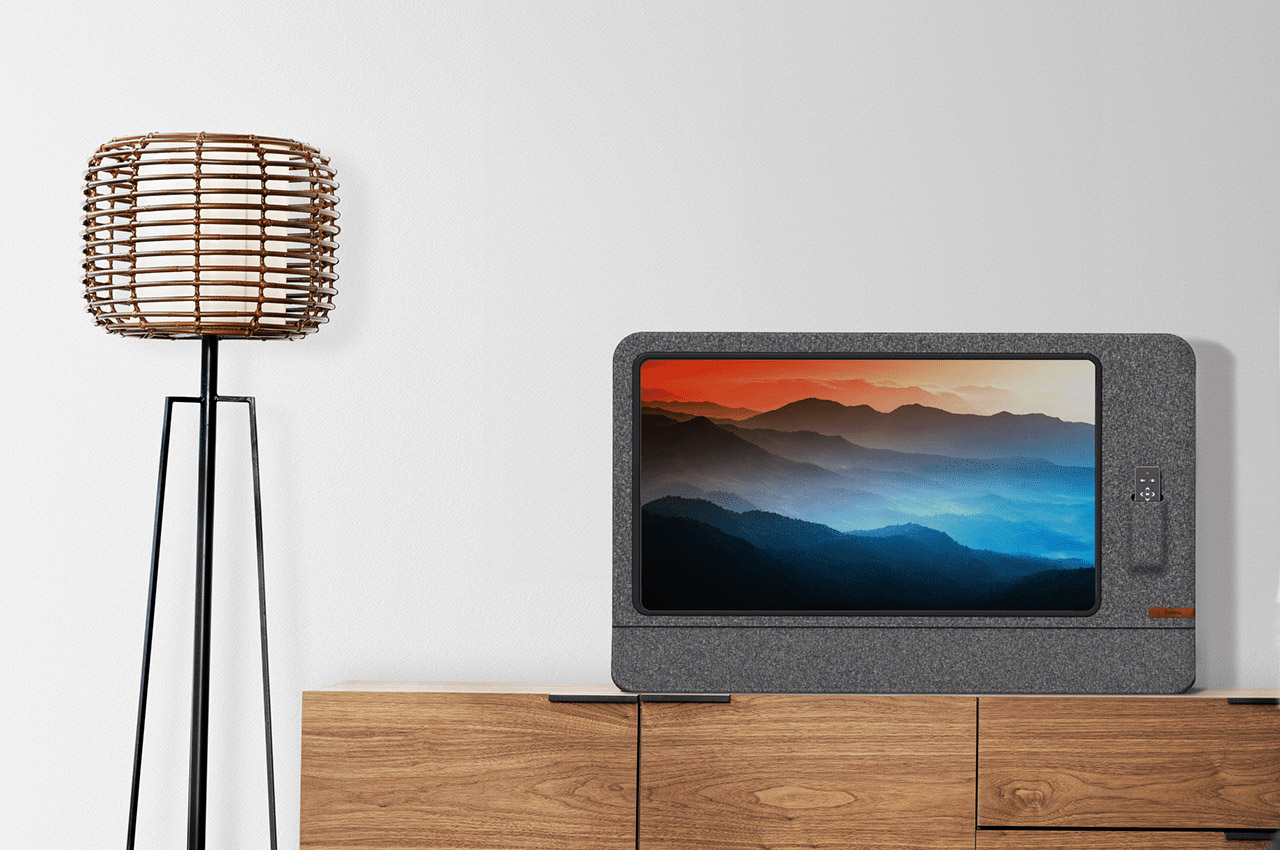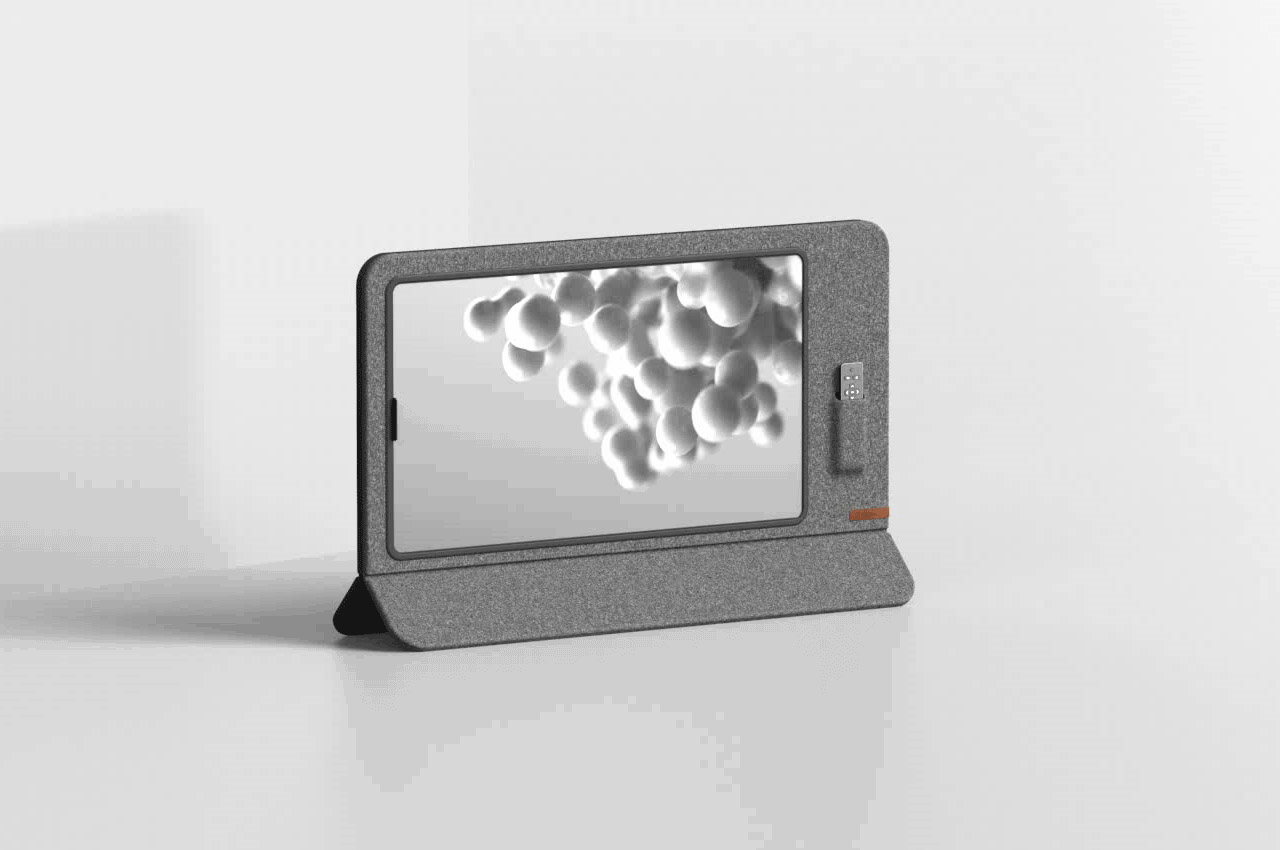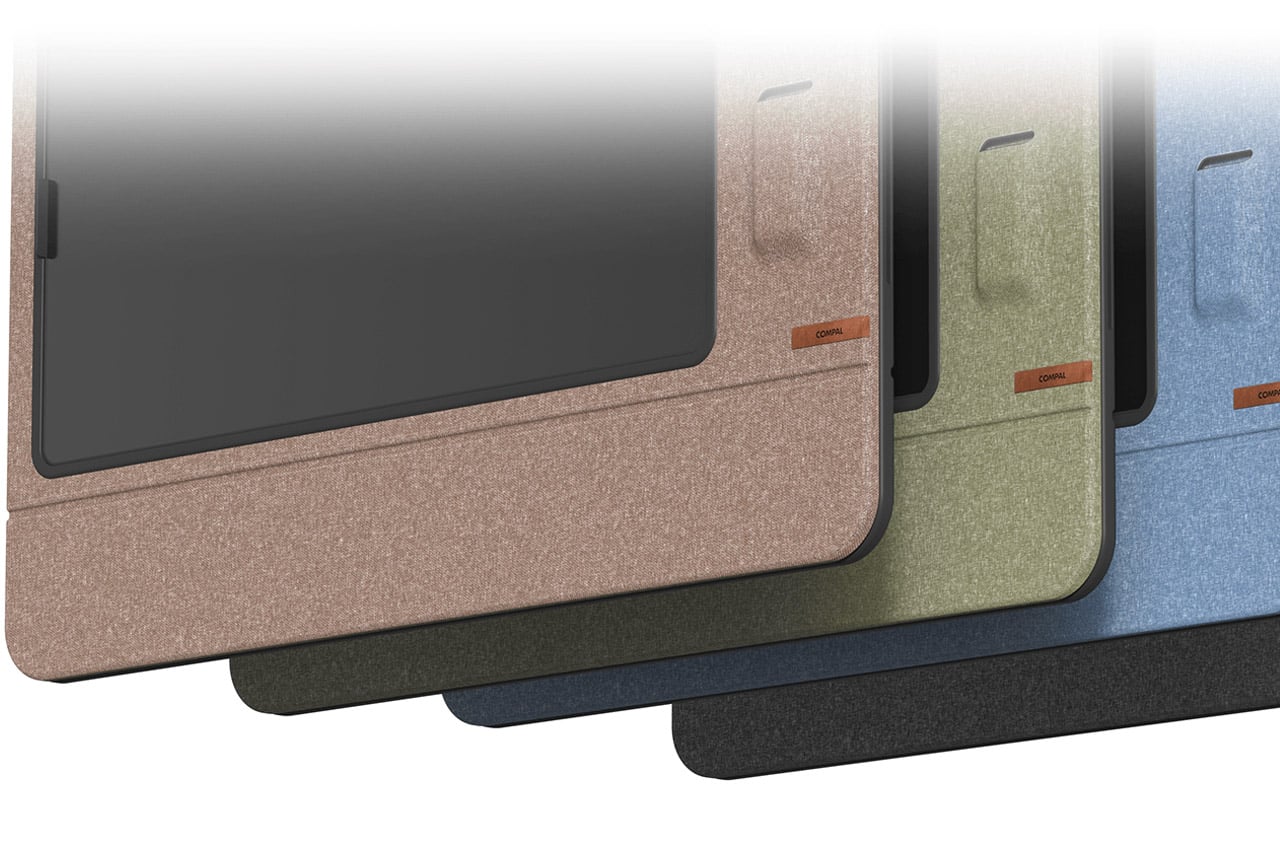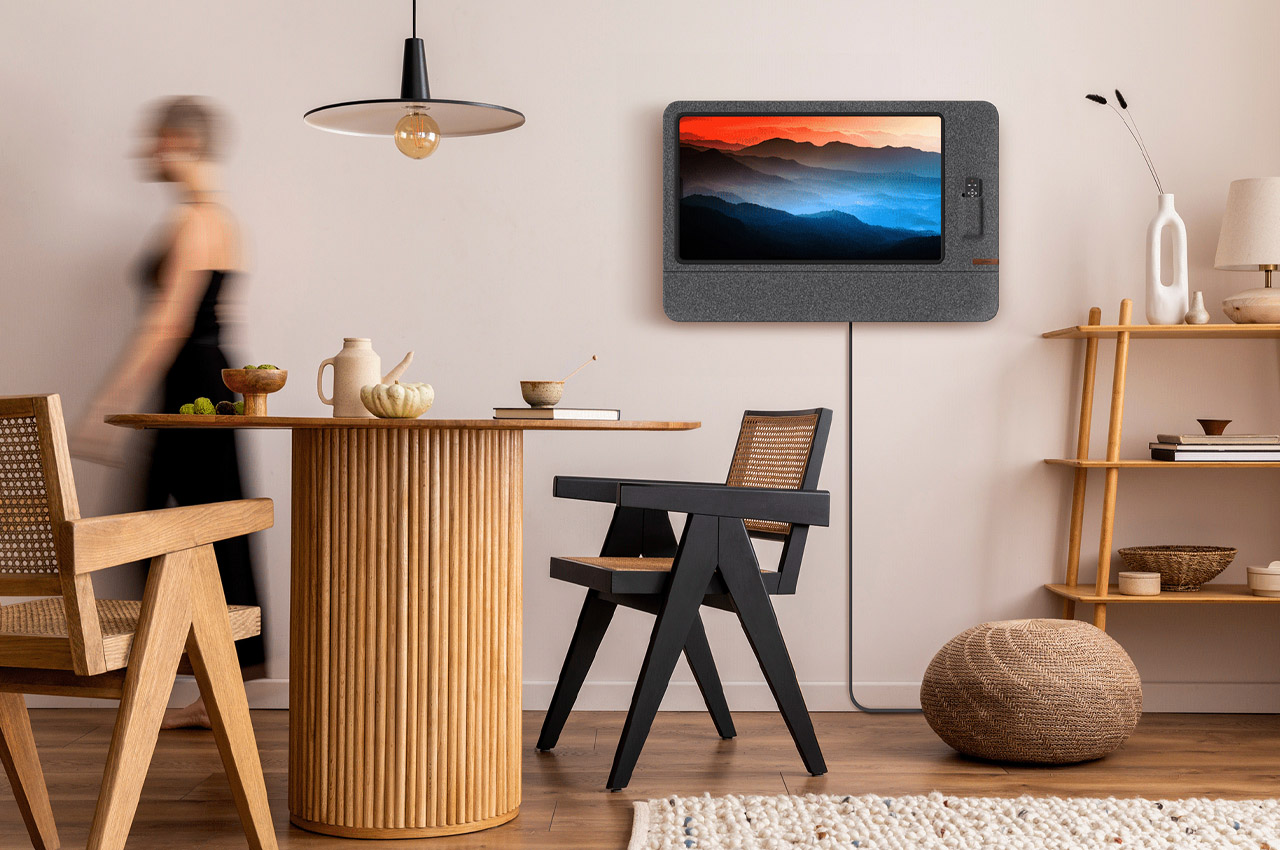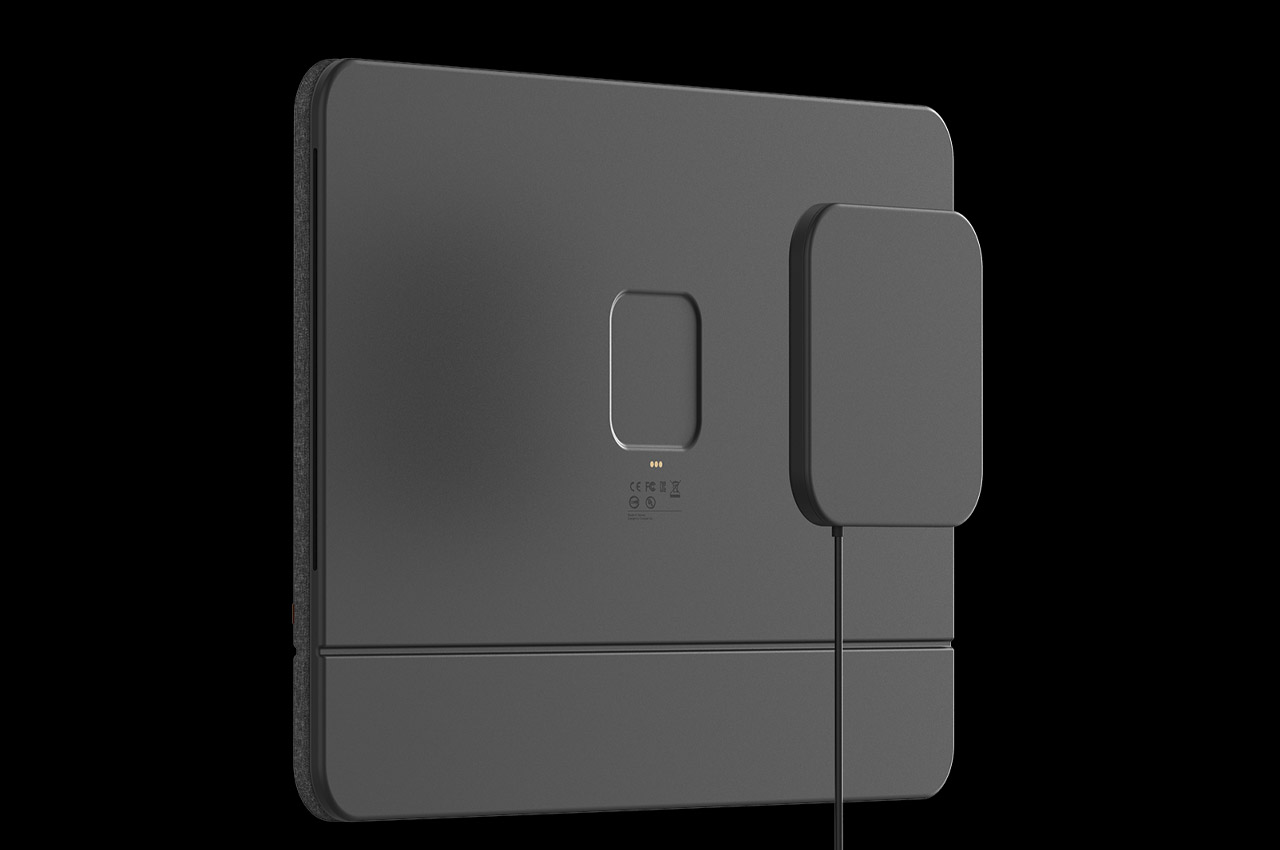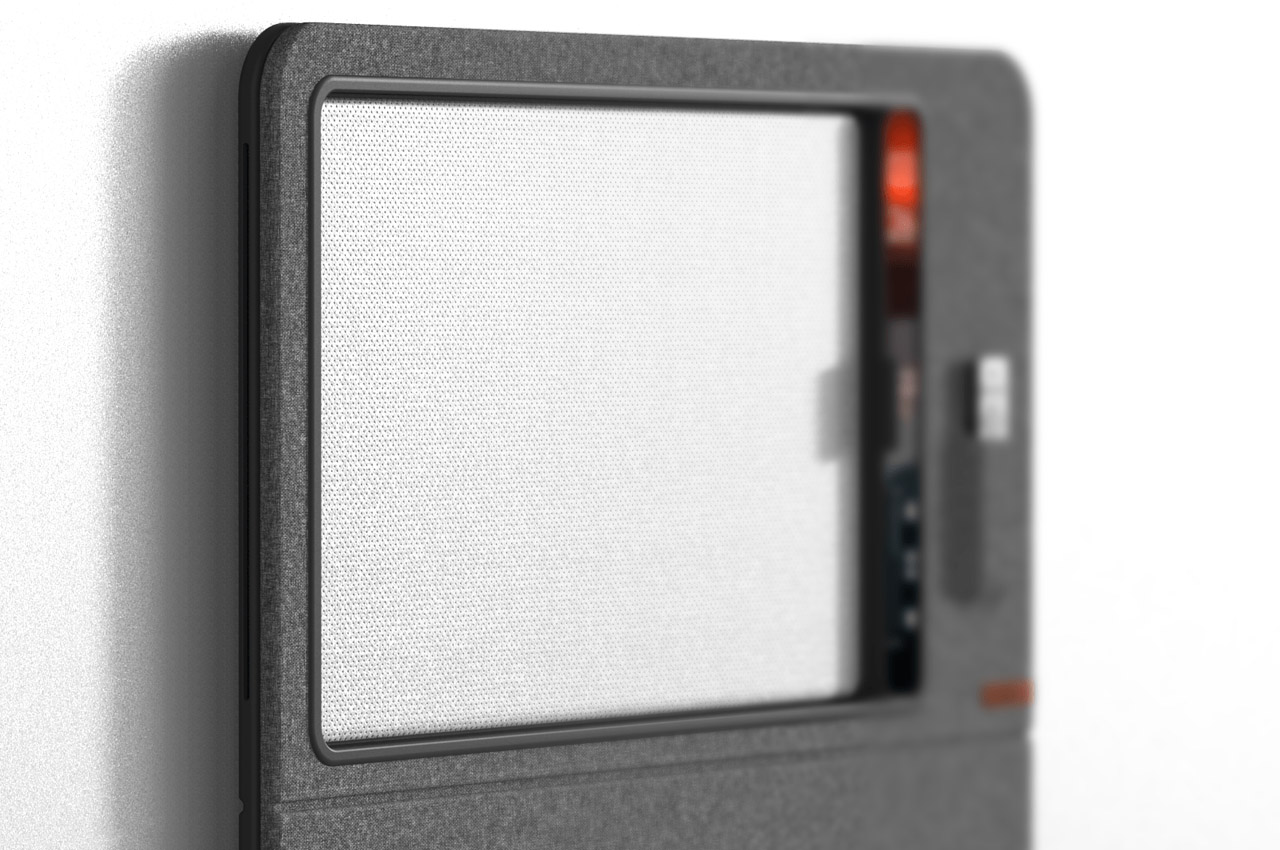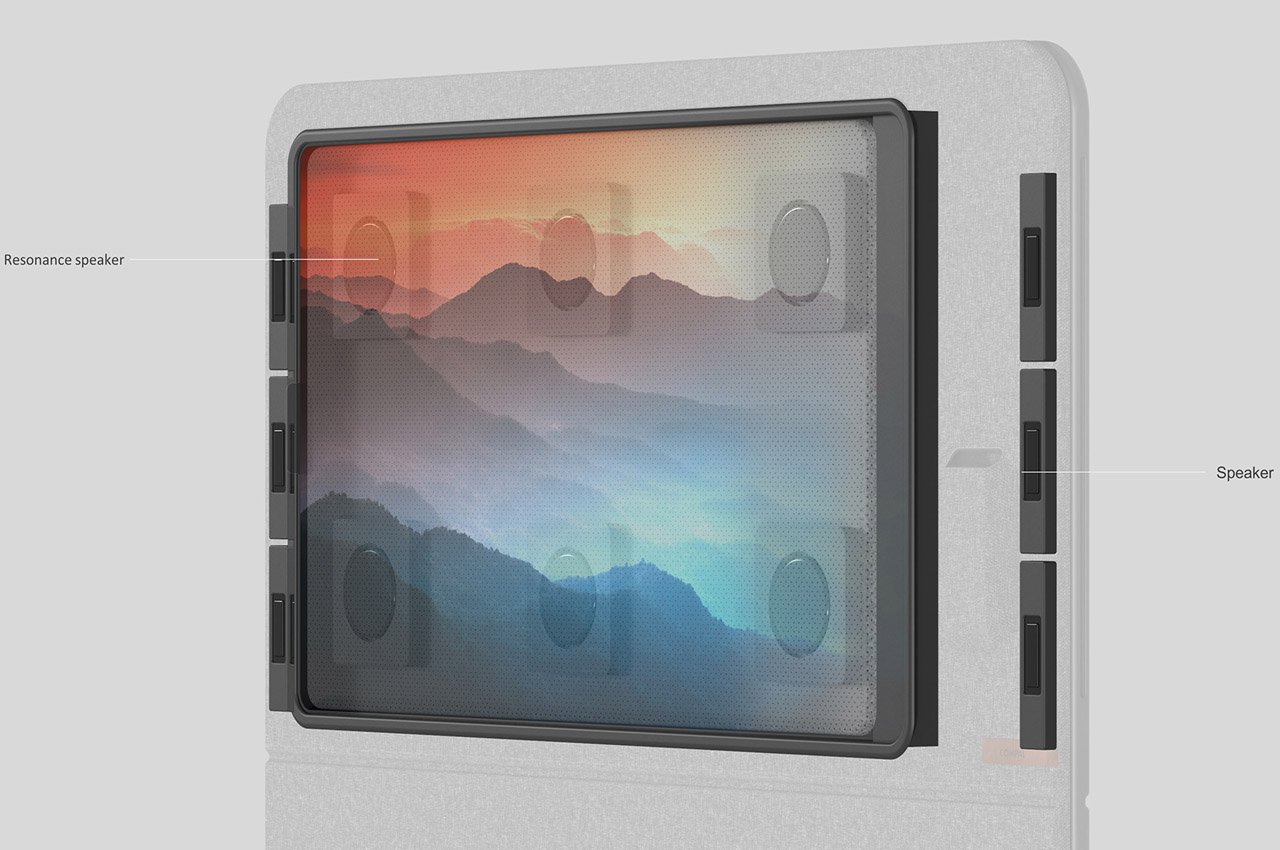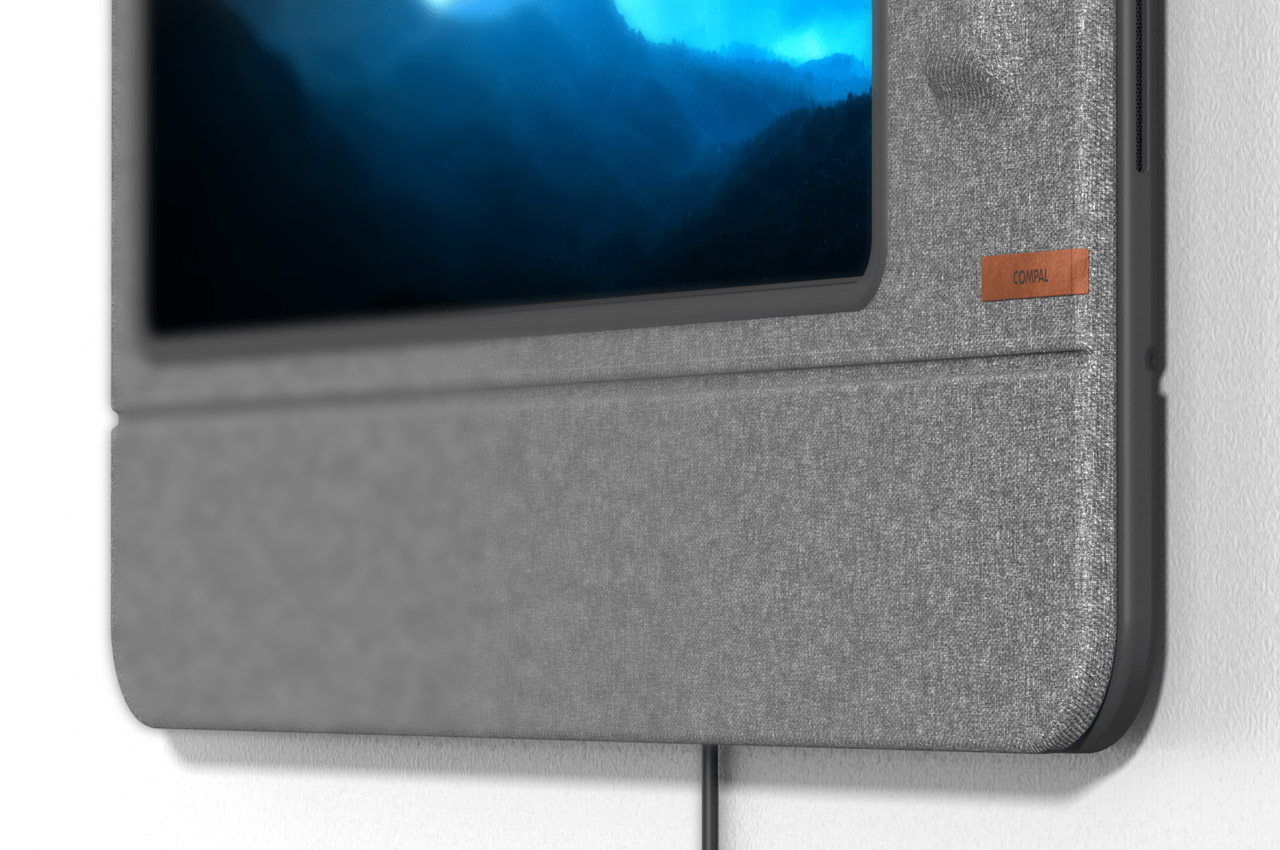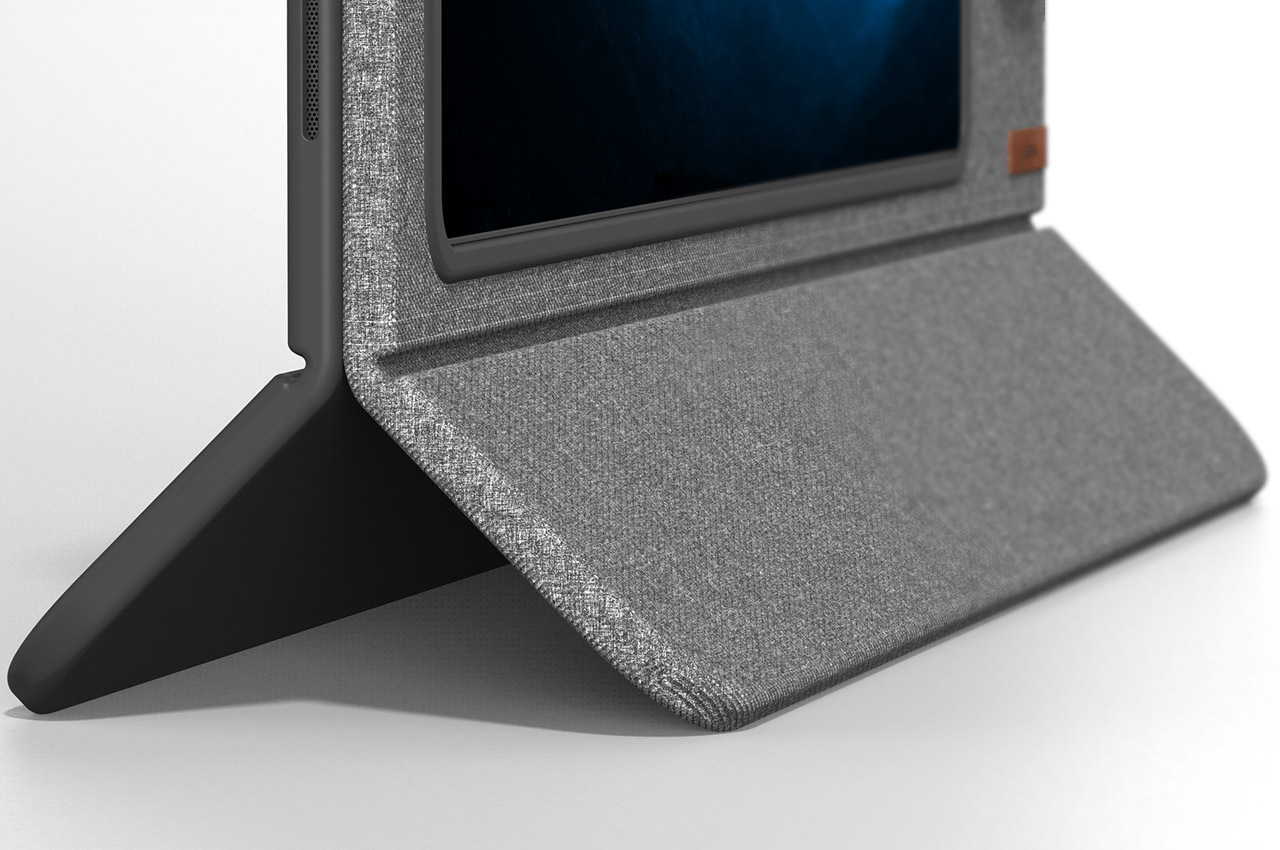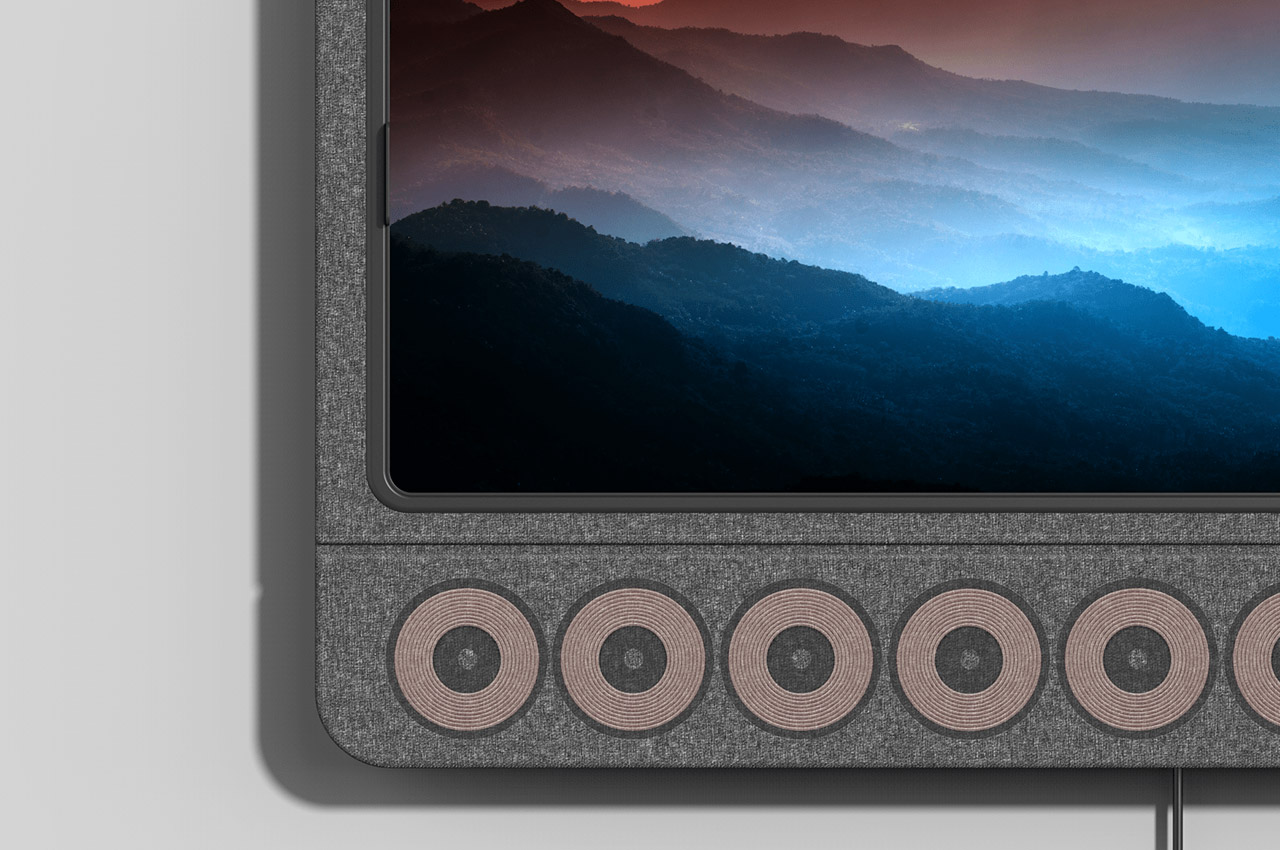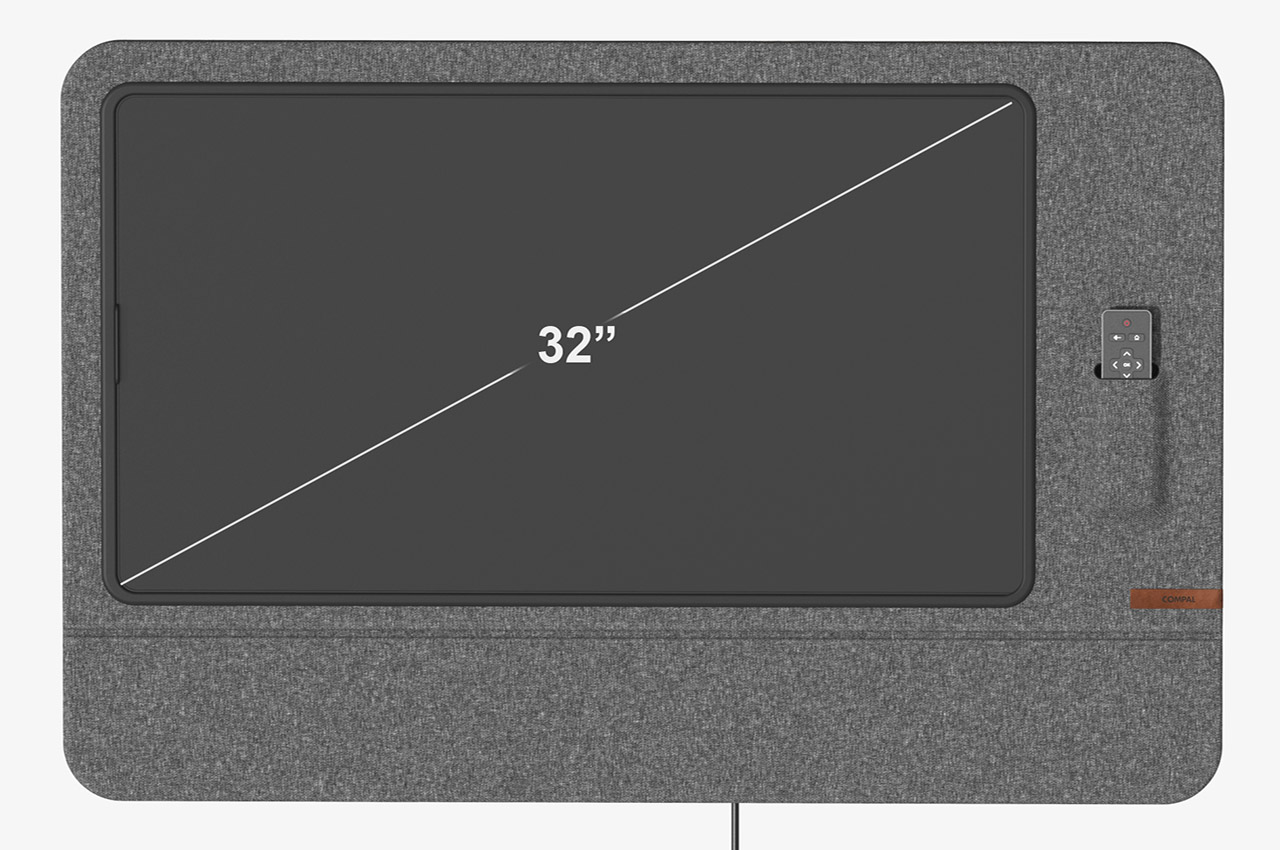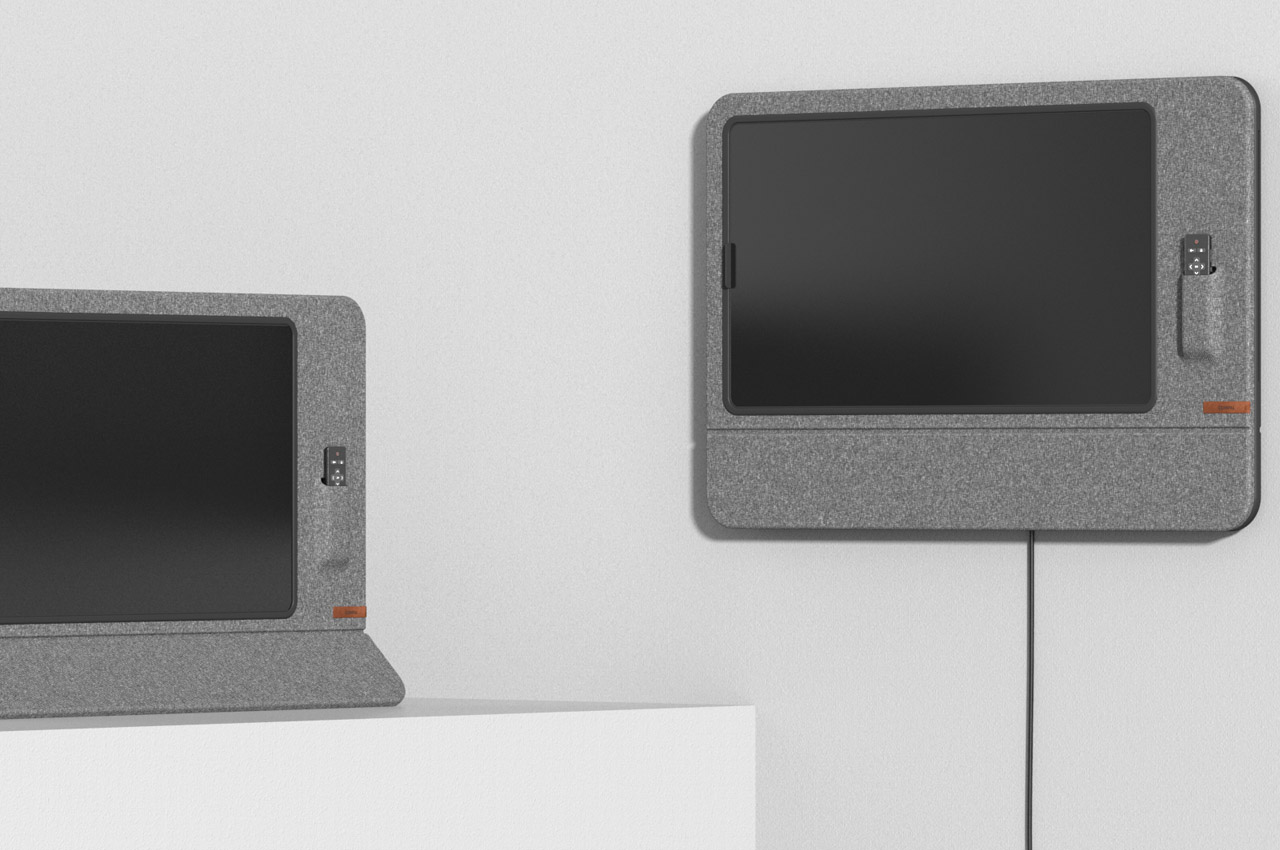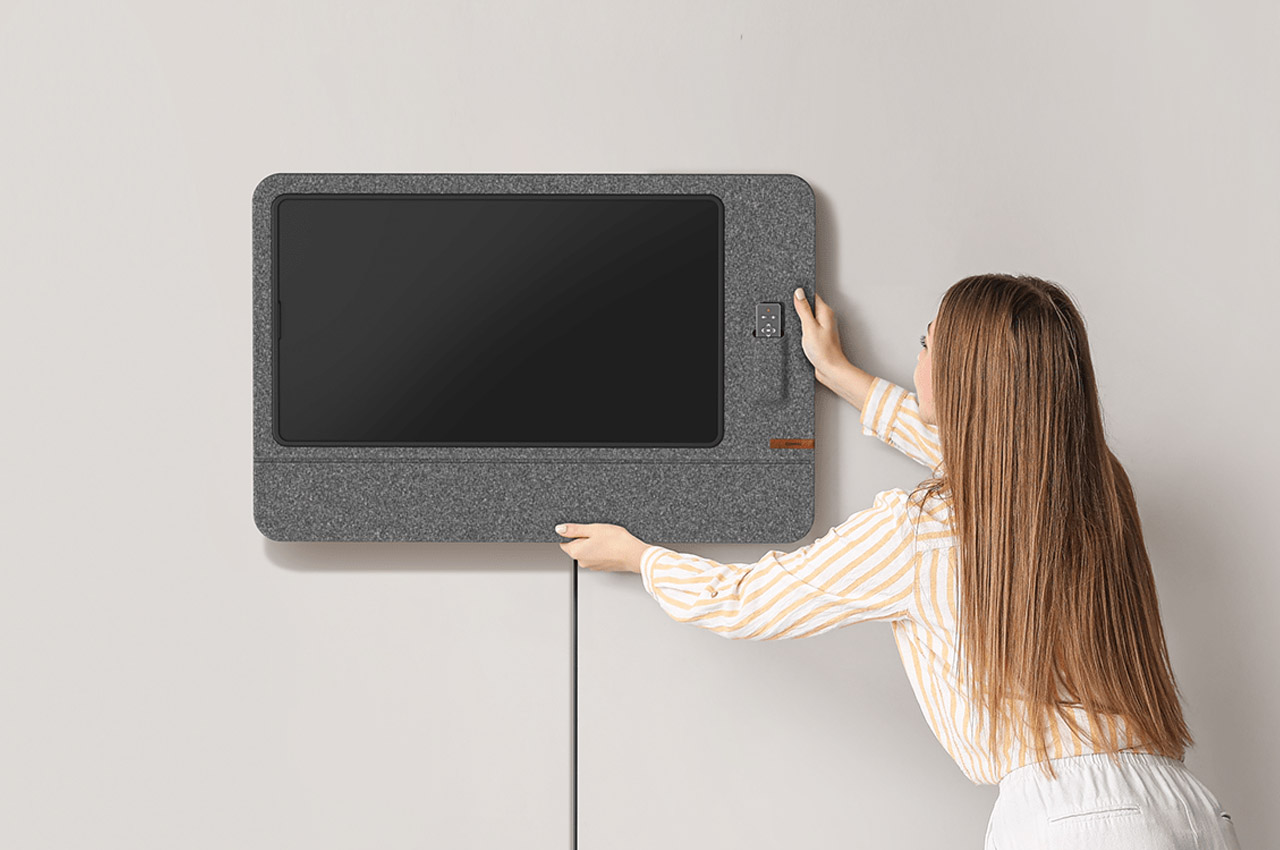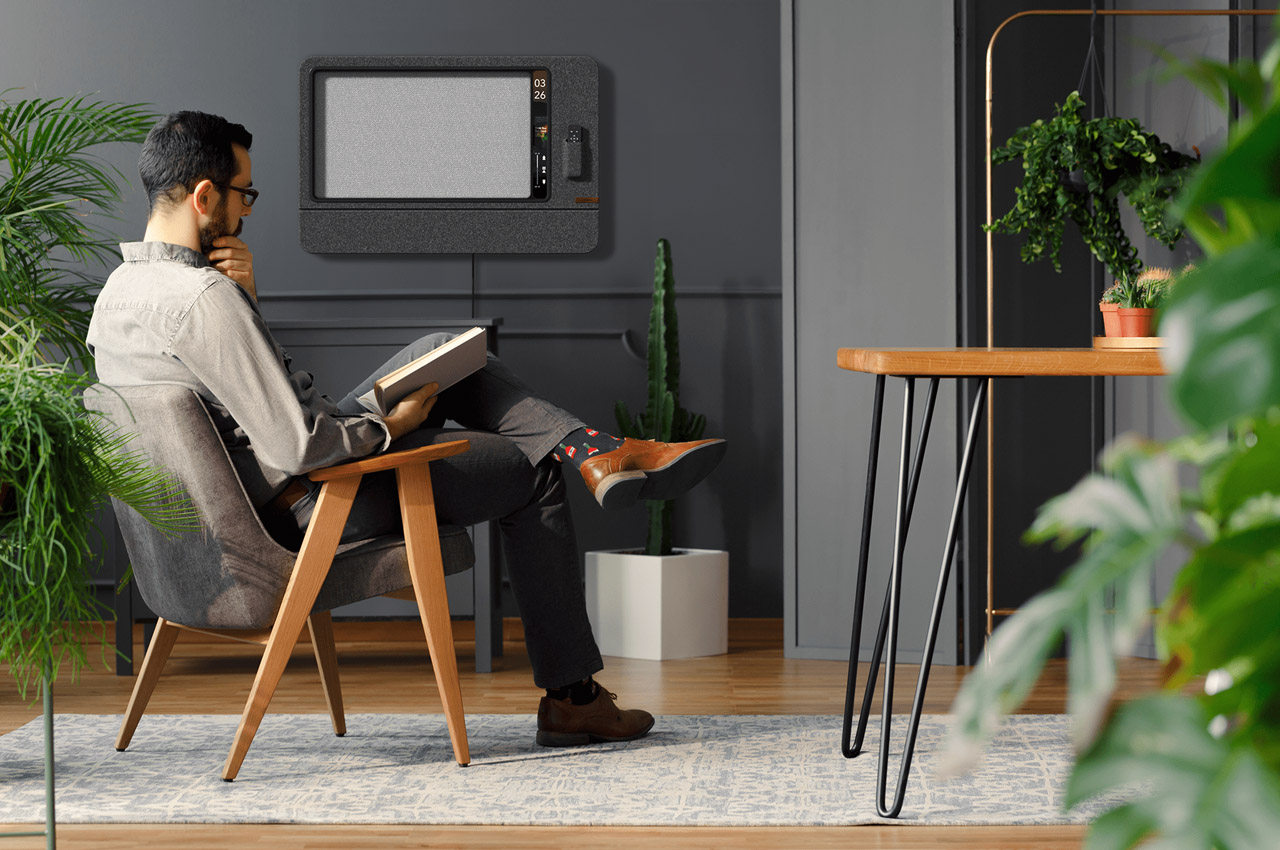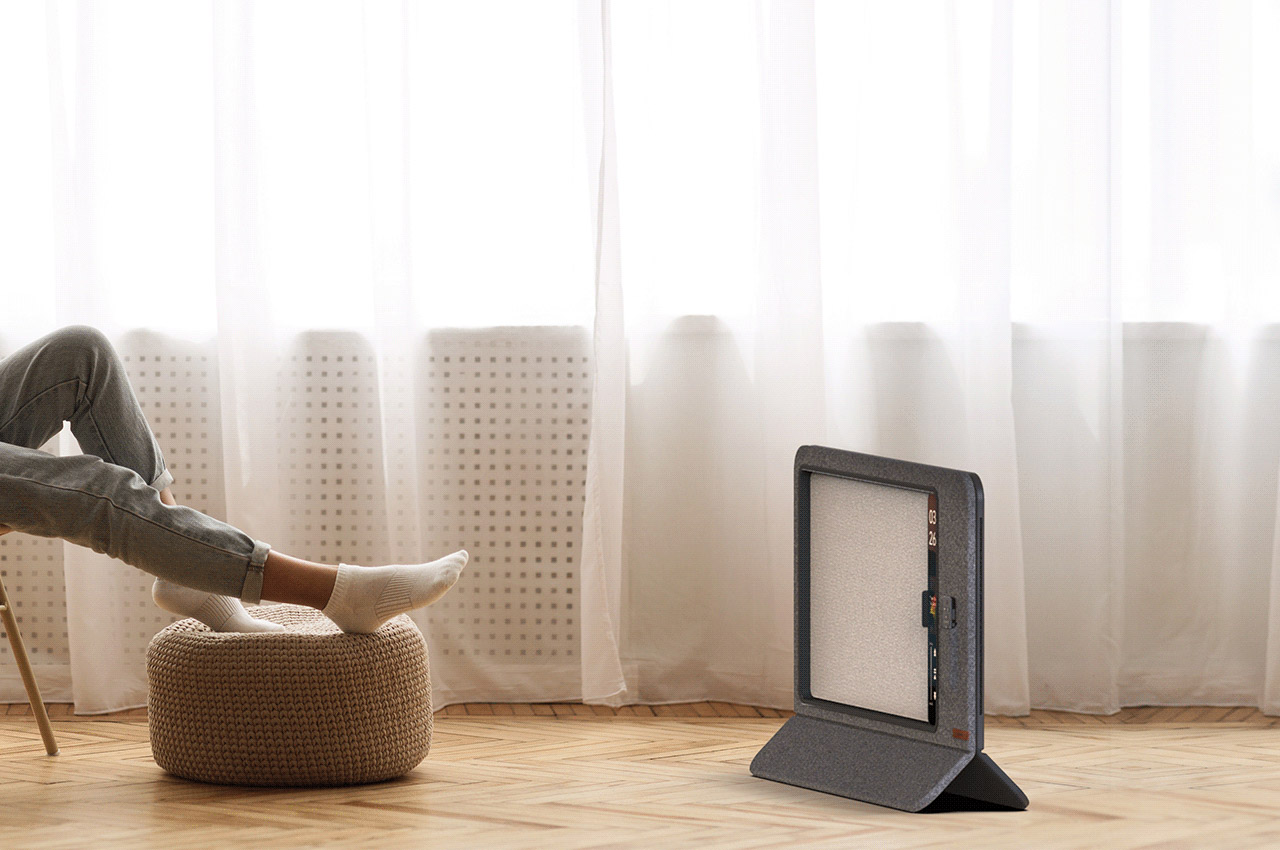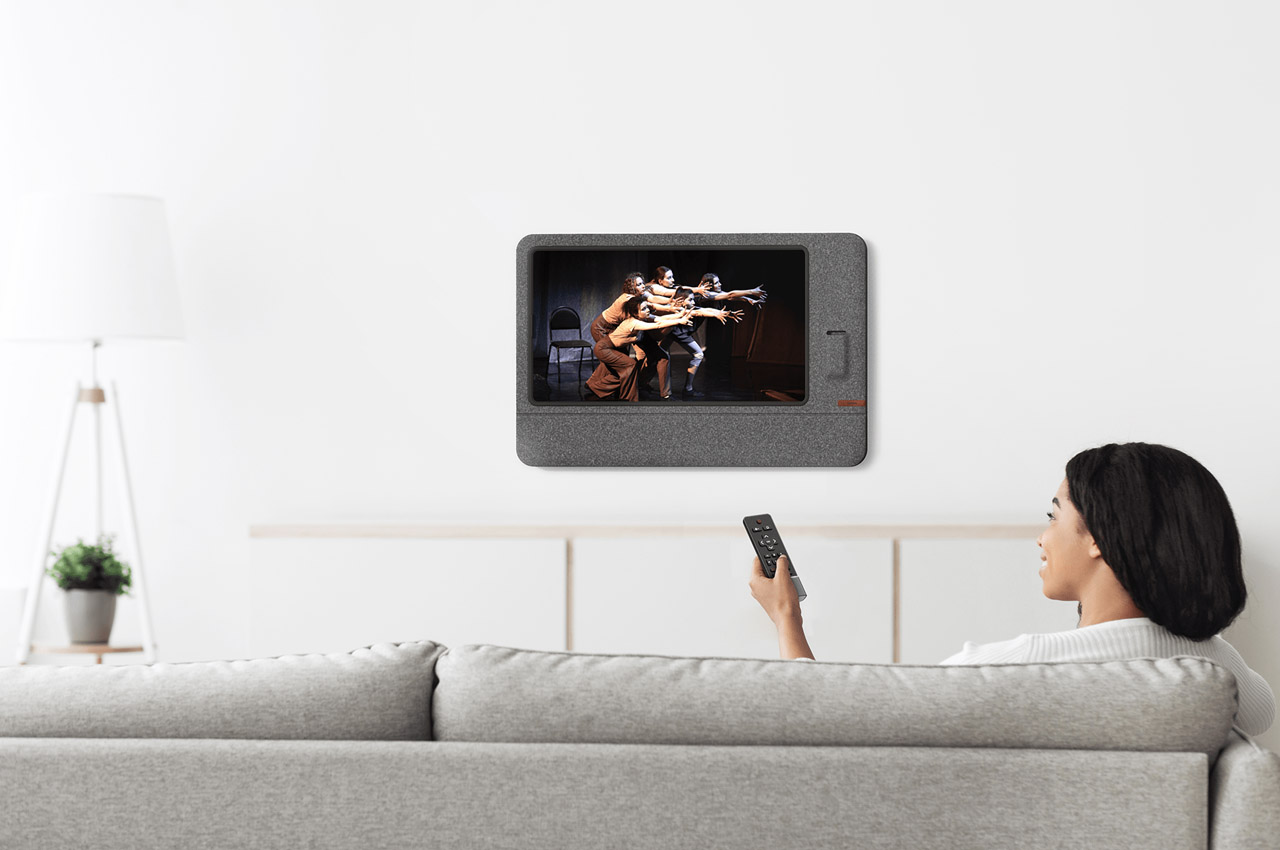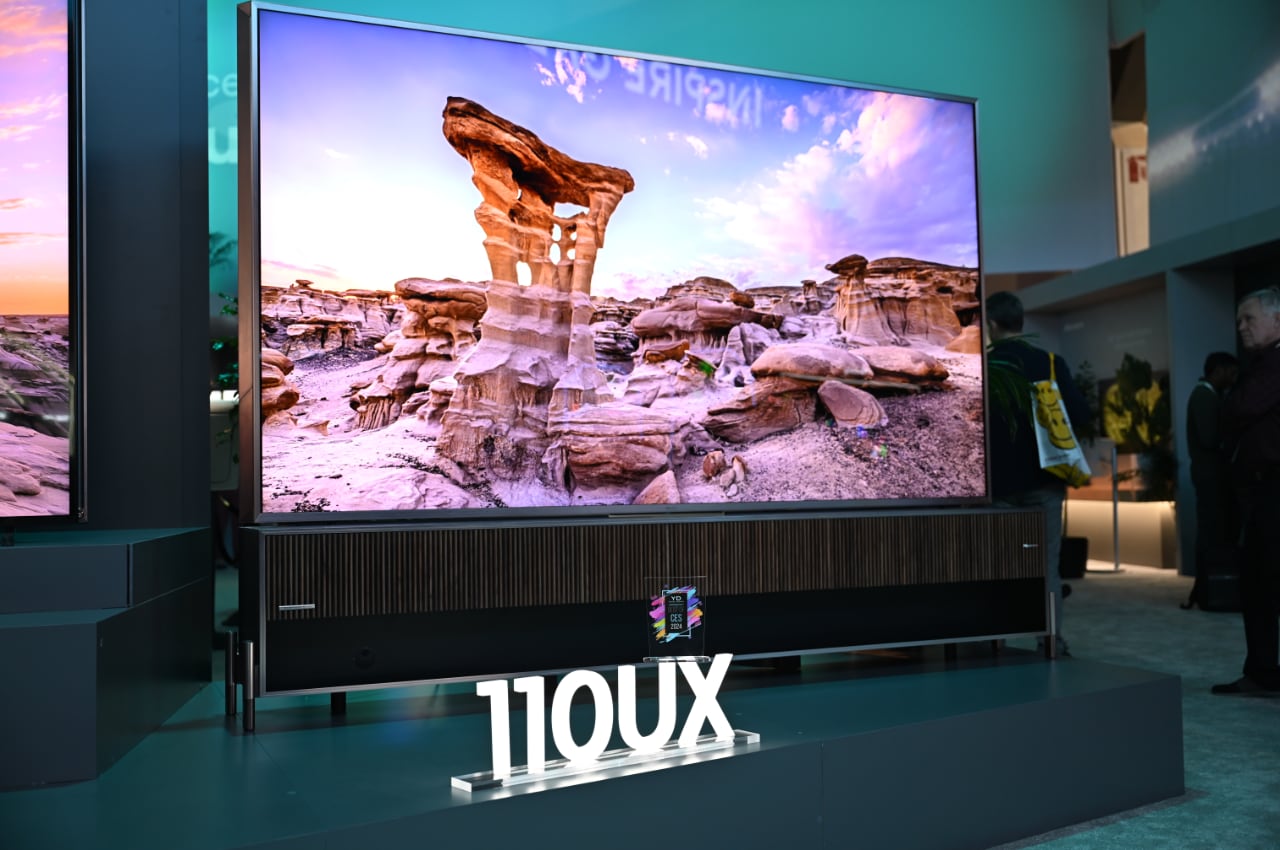
The 110UX, a flagship model in Hisense’s ULED X lineup, showcases the company’s advanced engineering capabilities. This 110-inch giant transforms the living room into a cinematic experience, transcending the traditional role of a TV. The 110UX features an impressive 40,000+ backlight zone, significantly reducing blooming and enhancing contrast to levels not seen before in the LED TV market. With its high-output Mini LED technology, the 110UX achieves an extraordinary brightness of up to 10,000 nits.
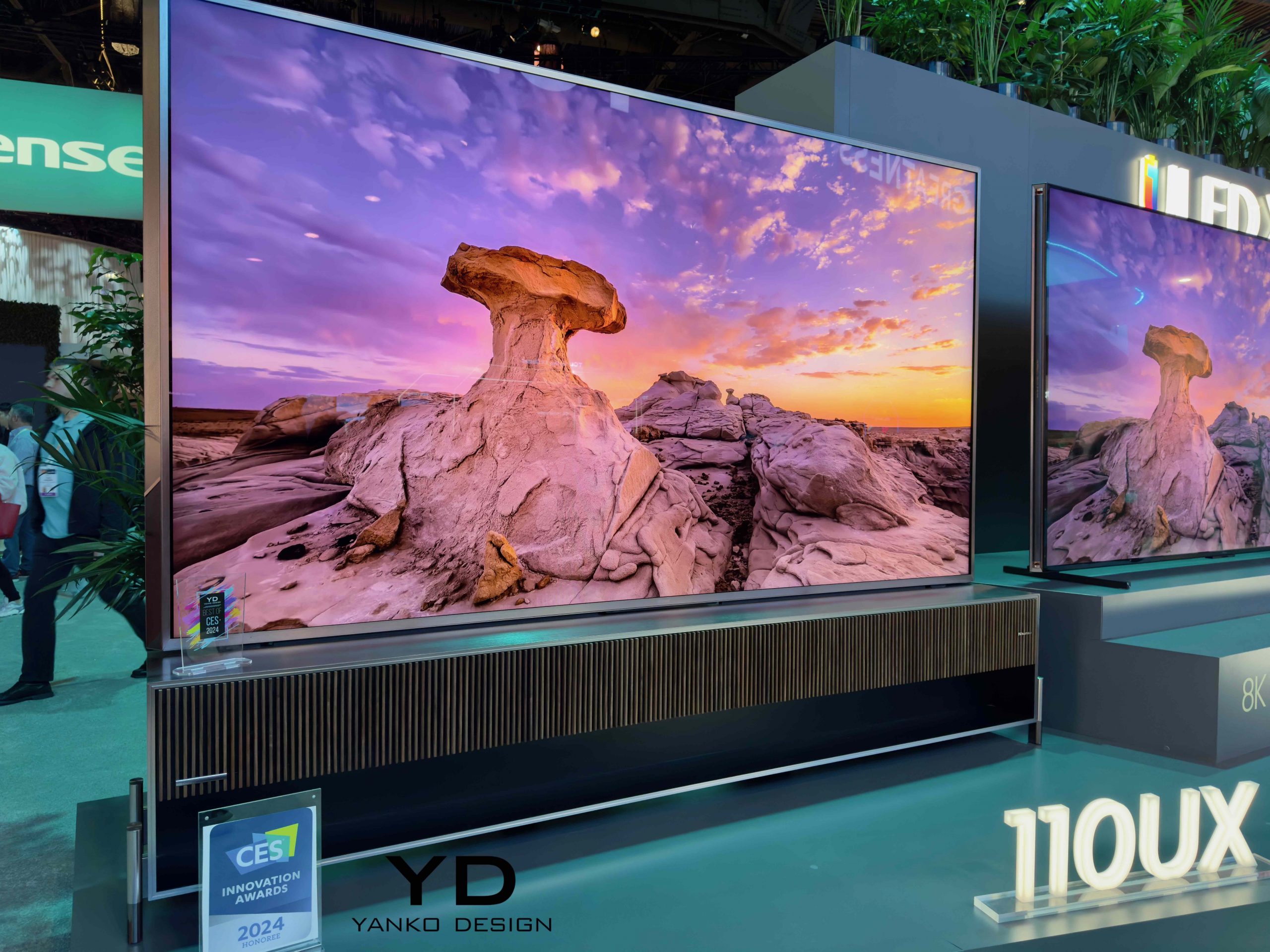
However, the 110UX’s appeal extends beyond brightness; its color accuracy is equally impressive. Covering 95% of the BT.2020 color palette, the 110UX surpasses competitors who only reach 80%. This superior color coverage ensures viewers experience the most realistic and vibrant visuals.
The Genius Behind the Screen: AI-Enhanced Viewing
Hisense goes beyond mere hardware prowess. The 110UX includes advanced AI-driven features such as AI contrast and AI depth. These intelligent systems dynamically adjust picture quality, clarity, and immersion based on the content, elevating the viewing experience to new heights. Furthermore, integrating cutting-edge, color-resistant panel materials and QLED-Quantum Dot technology, powered by the Hi-View Engine X chipset, takes color reproduction and image clarity to the next level.
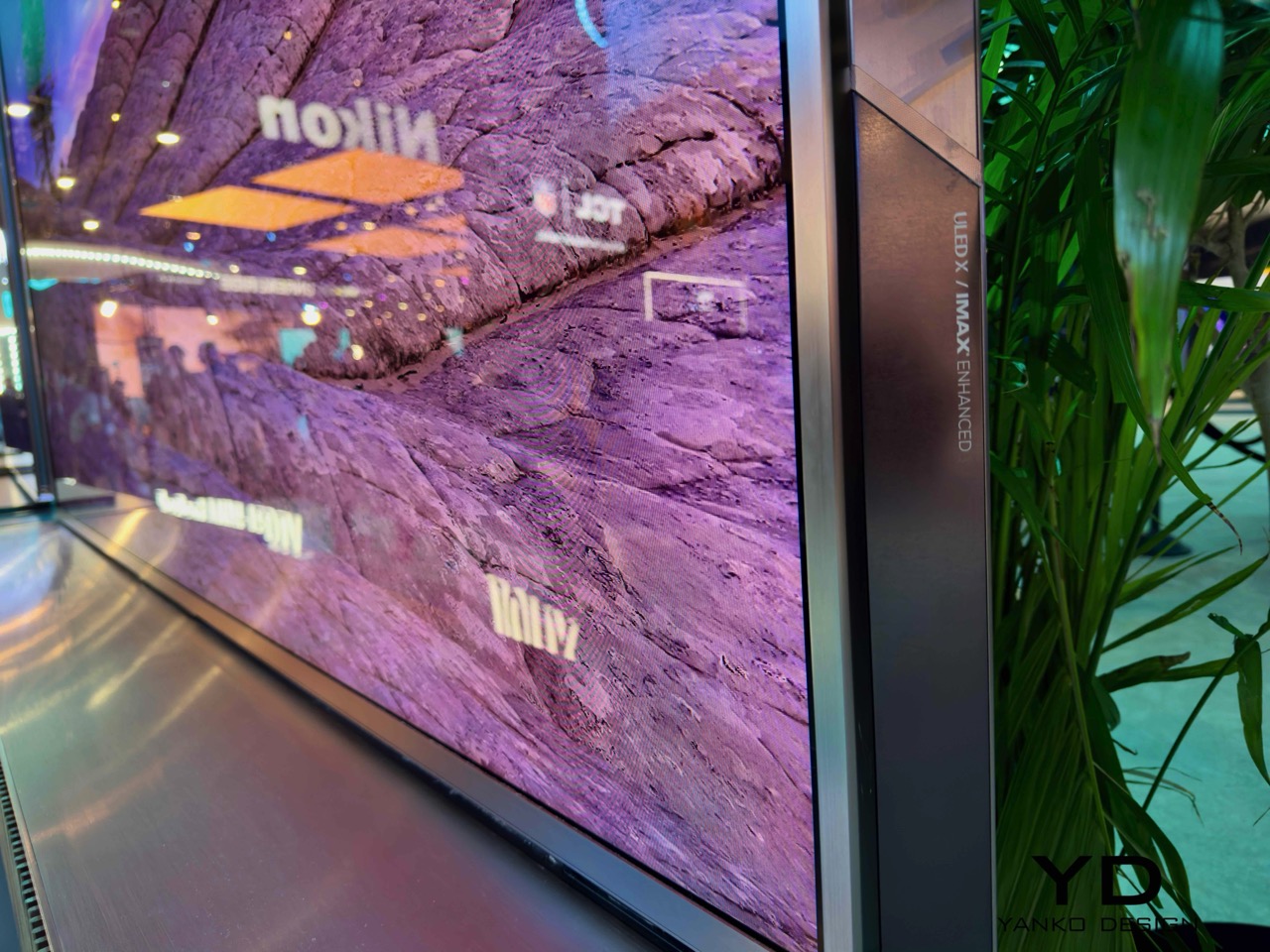
Audio quality is also a major focus. Equipped with 4.2.2 channel audio and Dolby Atmos FlexConnect, the 110UX offers an auditory experience as immersive as its visual counterpart. This harmonious blend of sight and sound creates a captivating entertainment experience.
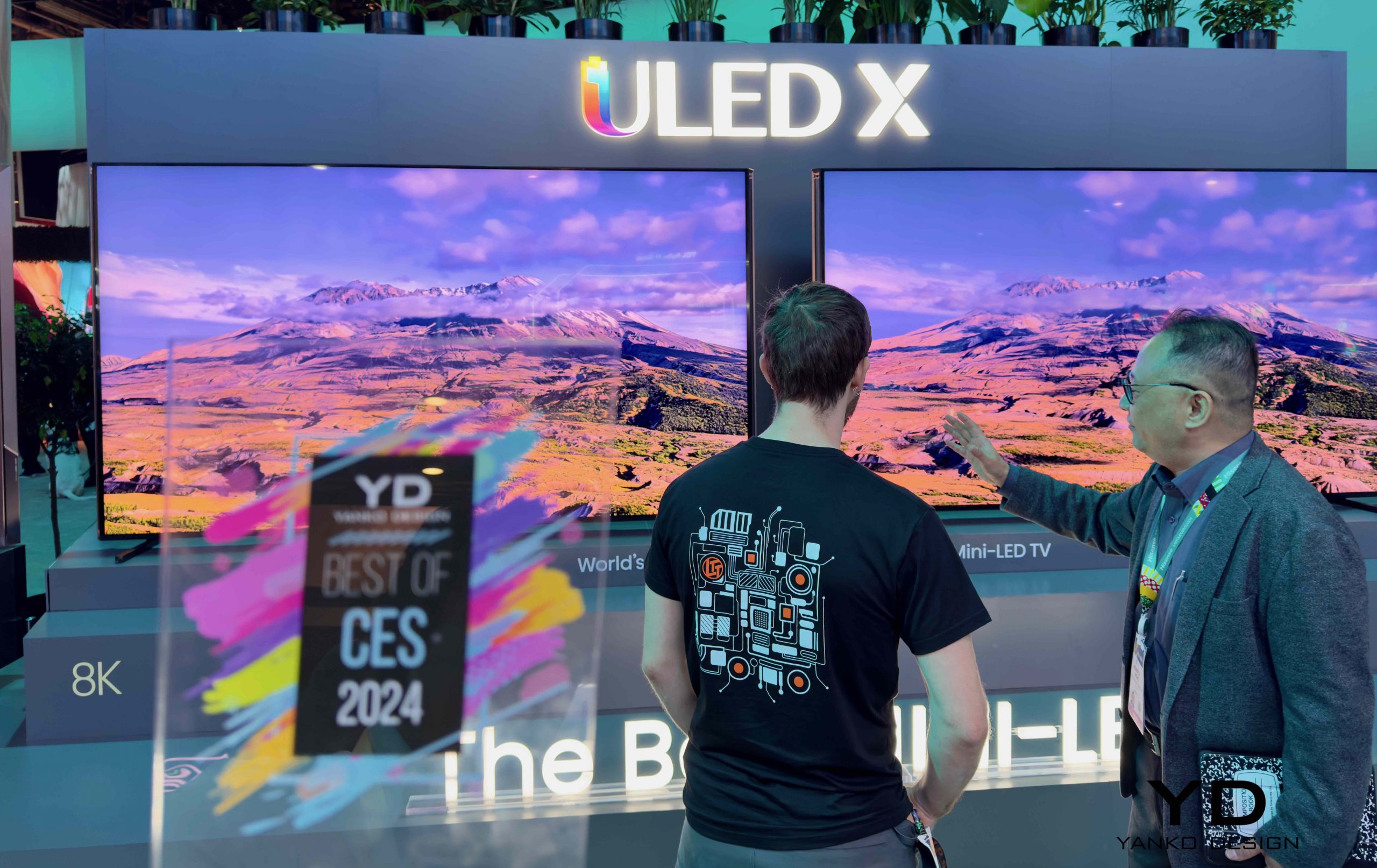
As a CES Innovation Award Honoree, the 110UX exemplifies Hisense’s dedication to excellence and innovation in display technology.
Comparing the 110UX to Previous Models and Competitors
When compared to previous ULED models, the 110UX represents a significant advancement. Its high-output Mini LED technology generates an extraordinary brightness level, greatly enhancing contrast and dynamic range. Coupled with its impressive 95% BT.2020 color palette coverage, the 110UX stands apart from both its predecessors and competitors, offering a viewing experience that is vibrant, lifelike, and deeply immersive.
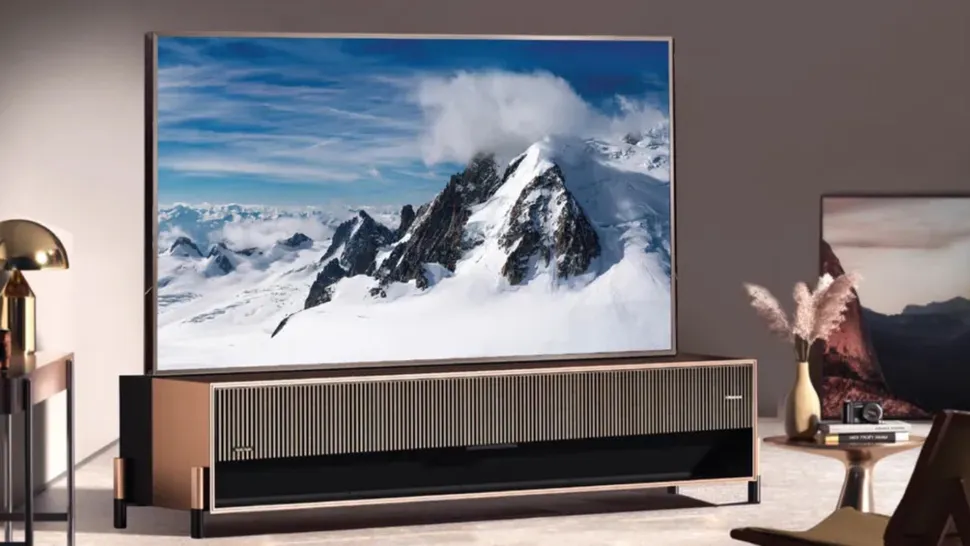
What Sets the 110UX Apart in the Mini LED TV Market?
In the Mini LED TV market, the 110UX distinguishes itself through a combination of ultra-high brightness and extensive color palette coverage. These features work in tandem to produce images that are not only bright and clear but also rich and lifelike. This makes the 110UX an ideal choice for movie enthusiasts, gamers, and anyone seeking a premium TV viewing experience.
98UX: Bigger, Brighter, Faster
The 98UX and 110UX represent an evolution in Hisense’s innovative lineup. This 98-inch Mini LED TV matches its predecessors in quality and significantly enhances brightness, contrast, and motion handling.
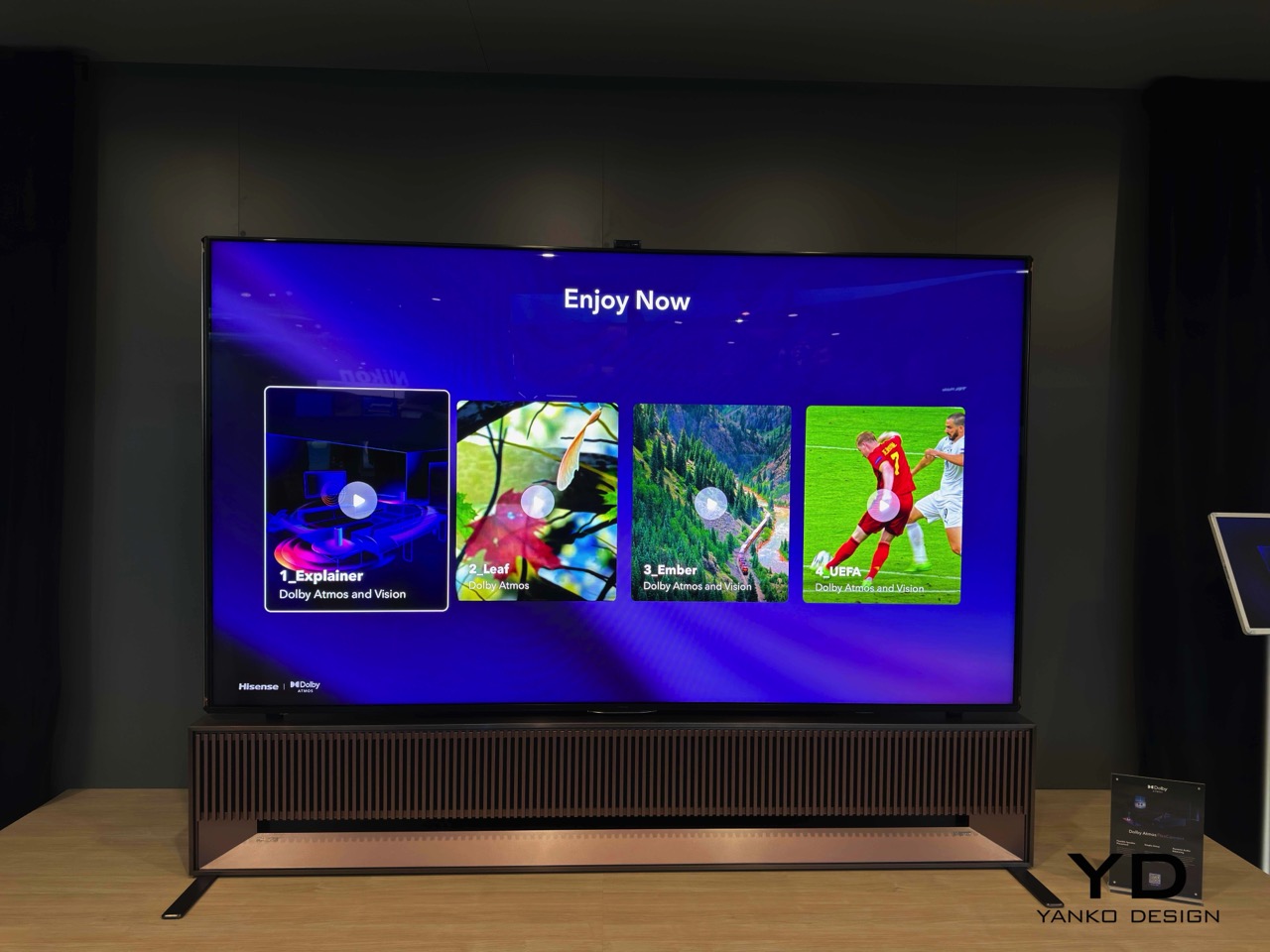
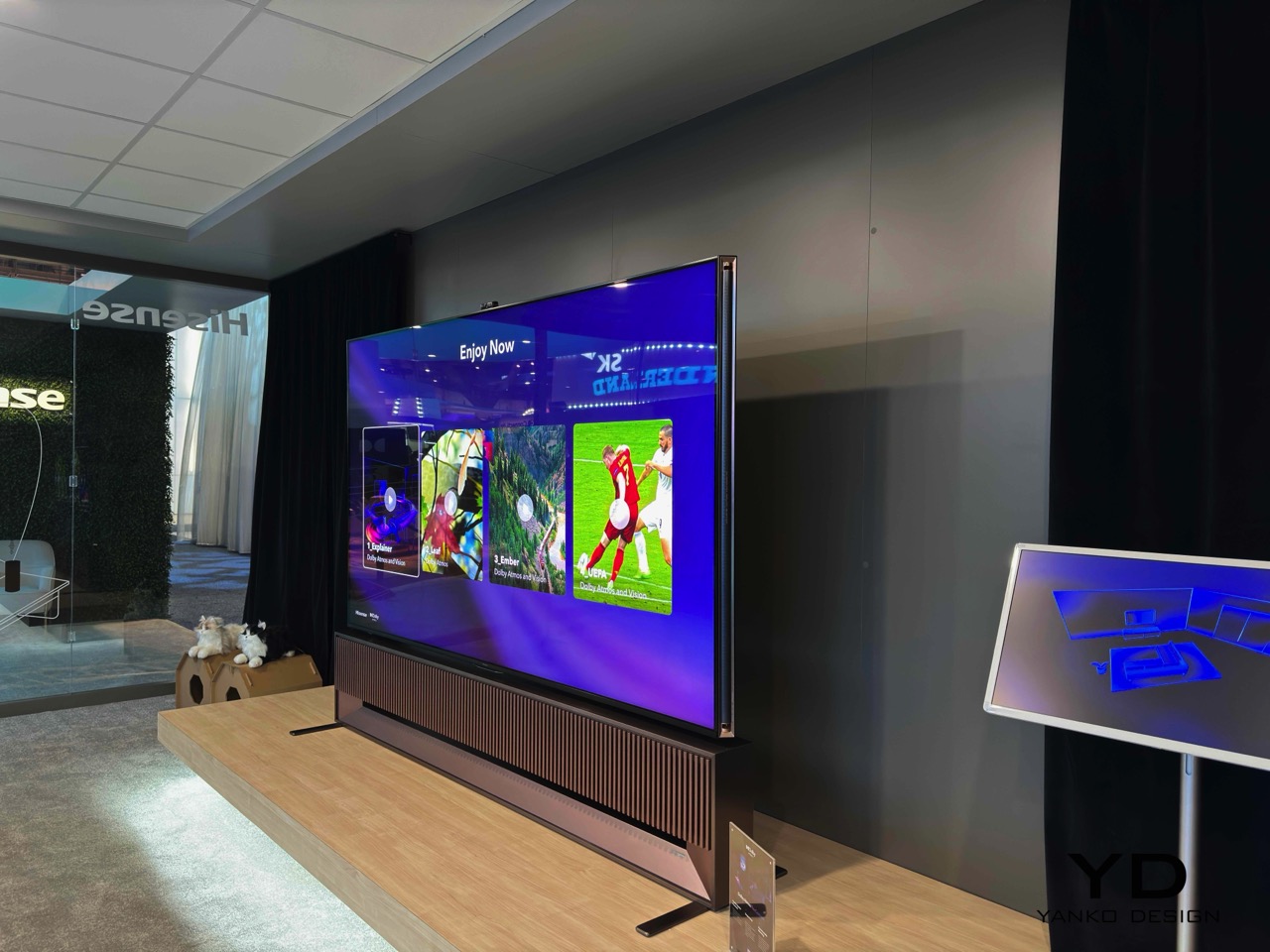
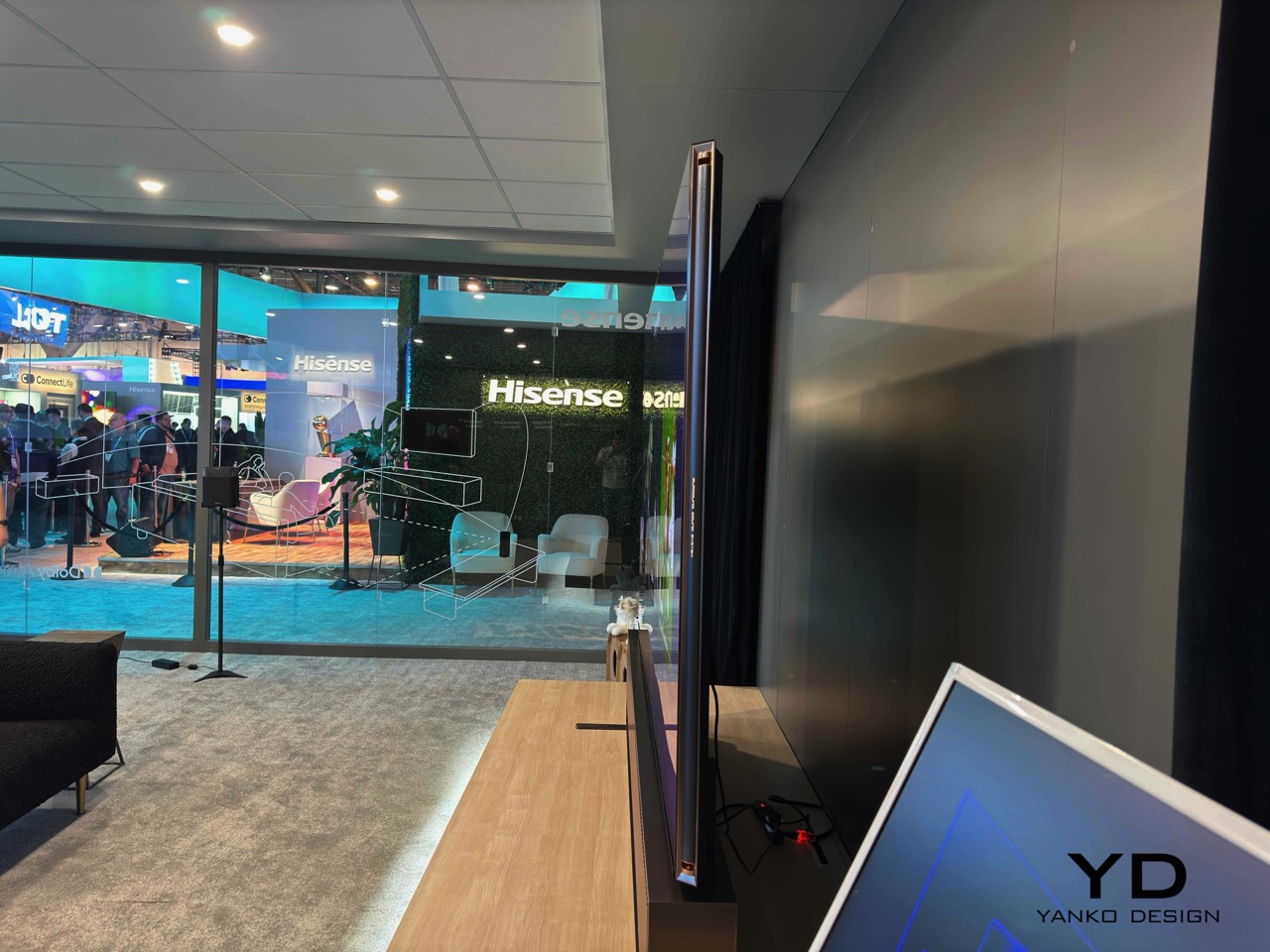
The 98UX stands out with its extraordinary peak brightness of up to 5,000 nits, almost double that of last year’s models. This remarkable brightness level, combined with over 10,000 local dimming zones, brings unparalleled depth, detail, and contrast to the screen. The result is a picture quality that delivers realism and clarity on a grand scale, especially on its massive 98-inch display.
This TV offers more than just stunning visuals; it delivers a comprehensive sensory experience. The enhanced native refresh rate of 144Hz positions the 98UX as an ideal choice for movie buffs who value smooth motion and avid gamers who require high-performance displays. The increased refresh rate ensures that every frame is rendered with precision, making fast-paced scenes and gaming environments appear exceptionally fluid and lifelike.
A Sound Experience to Match
Complementing its visual clarity, the 98UX also features 4.2.2 channel audio, creating an immersive soundscape. This audio technology ensures that the sound quality matches the exceptional visuals, providing a complete and enveloping entertainment experience.
With these advancements, Hisense’s 98UX is set to be a standout product in the ULED X lineup. It displays Hisense’s commitment to innovation and its ability to deliver cutting-edge technology in its products. The 98UX is not just a television; it’s a gateway to an unprecedented viewing experience, setting new benchmarks in the industry and offering consumers a glimpse into the future of home entertainment.
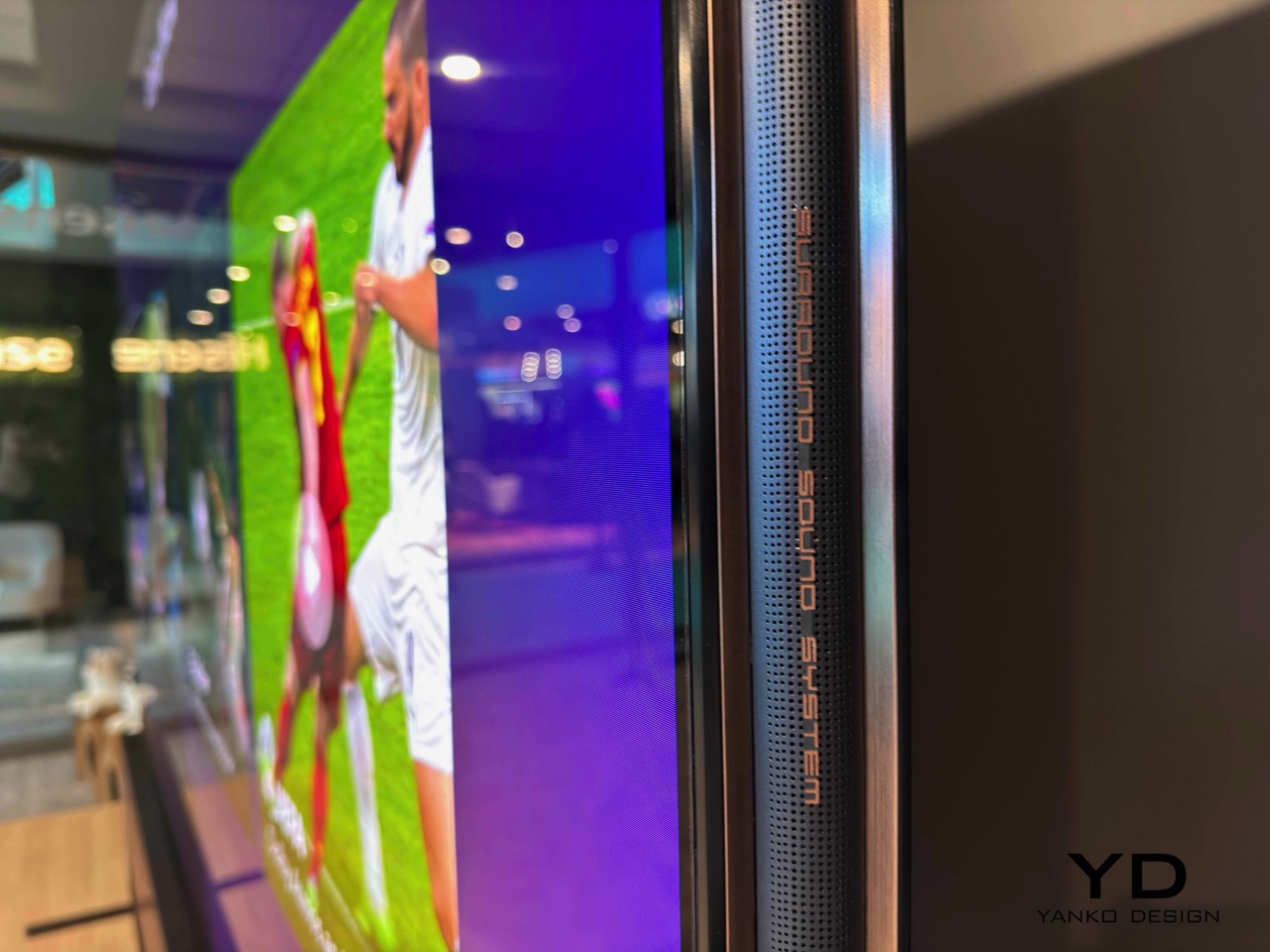
Conclusion: Hisense’s Vision for the Future of Home Entertainment
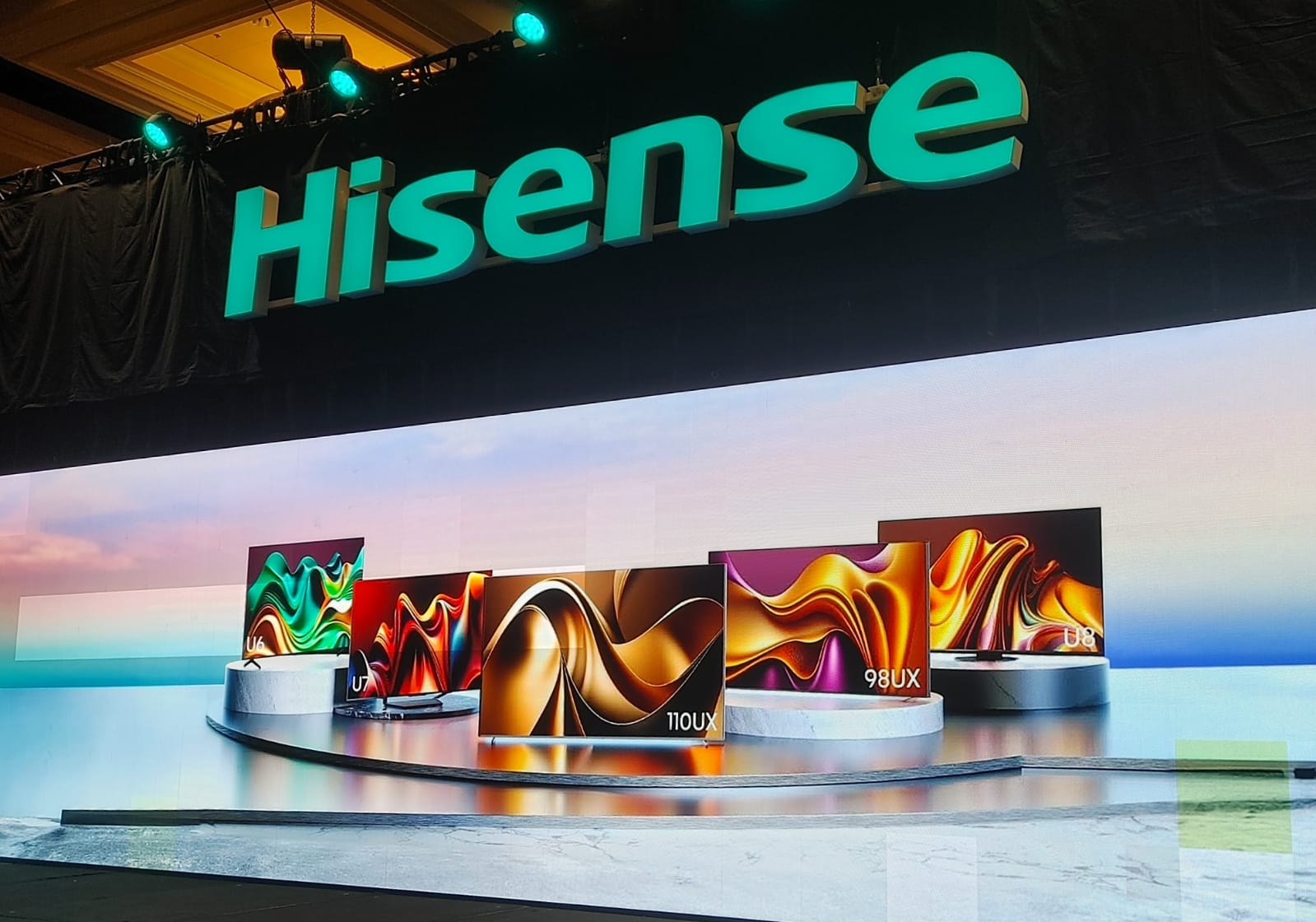
Hisense’s 2024 ULED and ULED X lineups, particularly the 110UX, herald a transformative era in home entertainment. With these offerings, Hisense isn’t merely selling TVs; it provides a gateway to an unparalleled entertainment experience. The brand’s commitment to innovation, value, and understanding consumer needs is evident in these products, ensuring Hisense’s continued prominence in the global market.
The home entertainment landscape is constantly evolving, and Hisense’s latest offerings exemplify this progression, showcasing what is possible when technology and creativity converge. With its commitment to innovation, quality, and an unmatched viewing experience, Hisense is leading the way in shaping a bright future for home entertainment.
The post Hisense 110UX at CES 2024: Redefining Display Precision and Performance first appeared on Yanko Design.







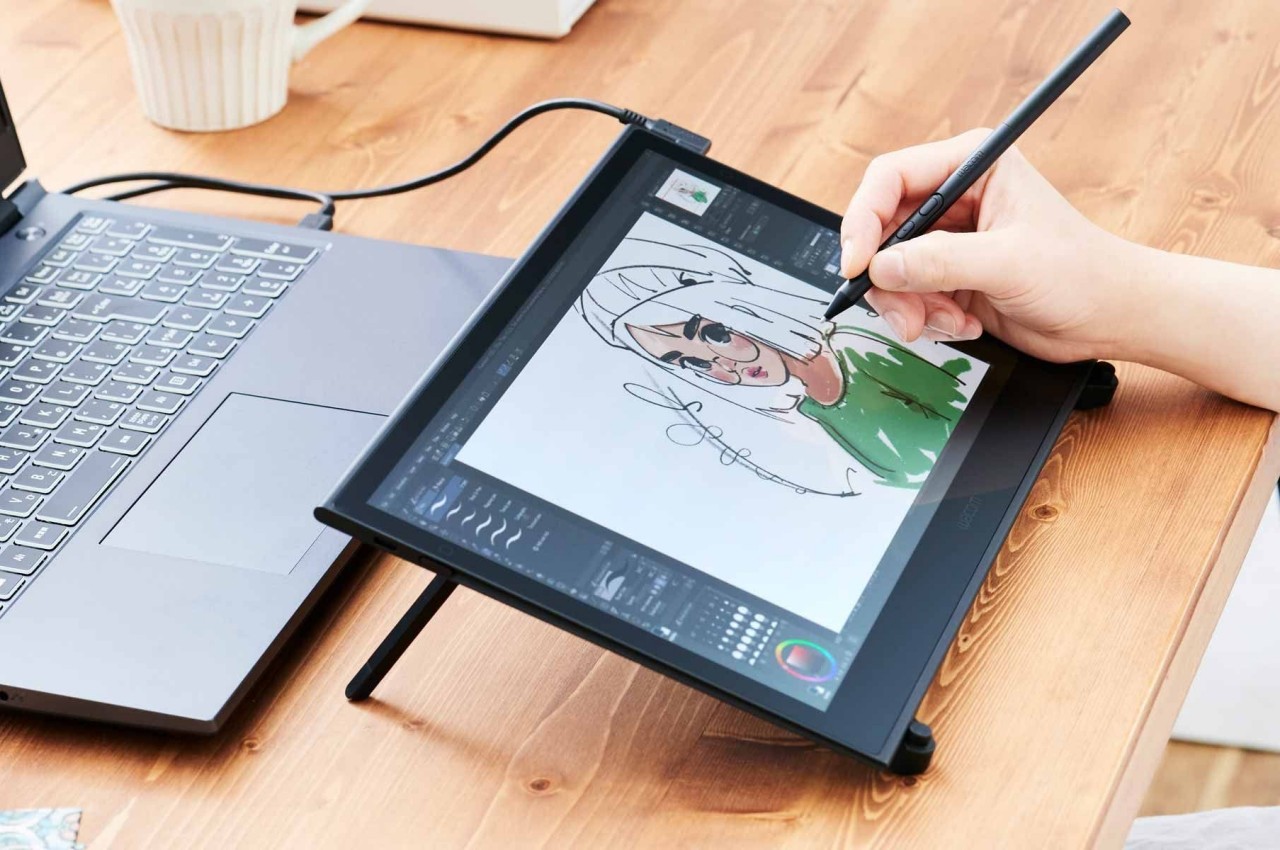
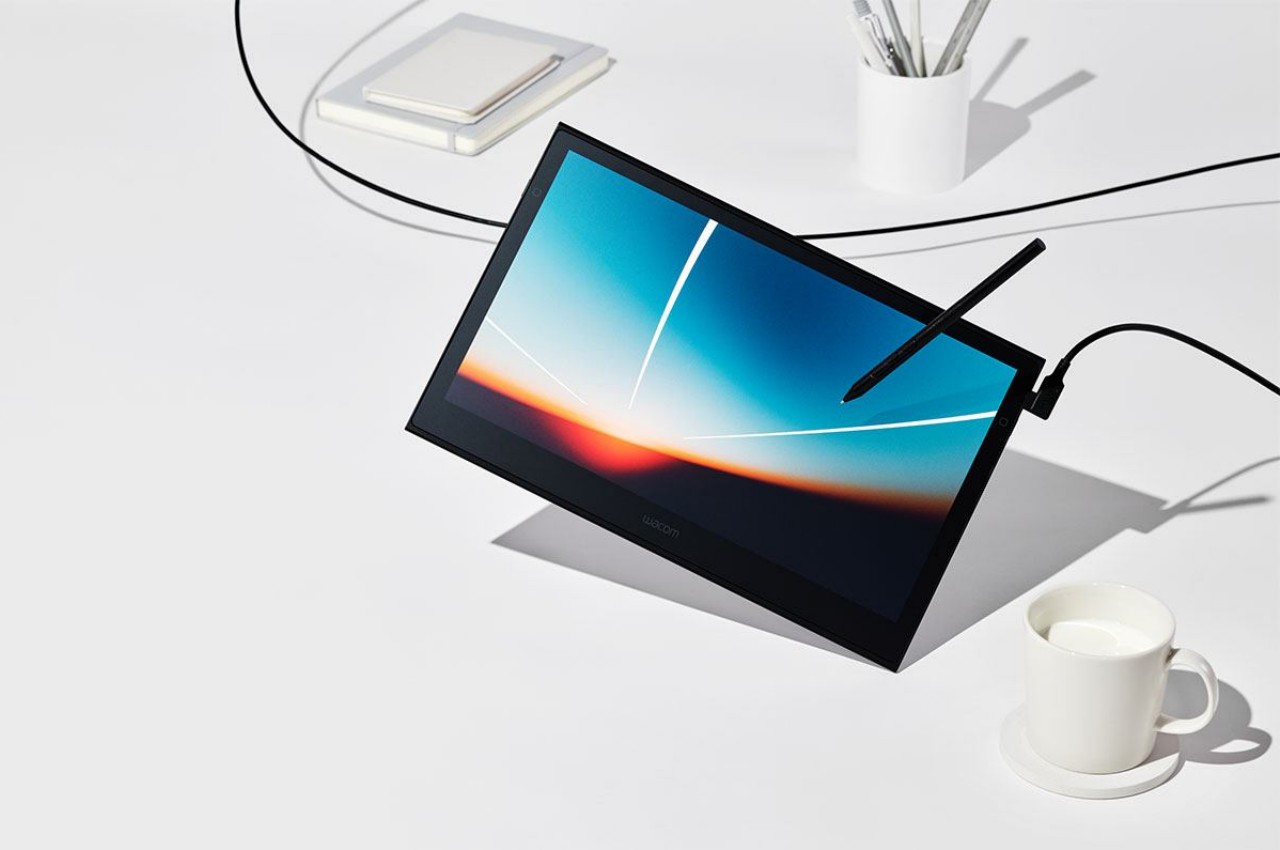
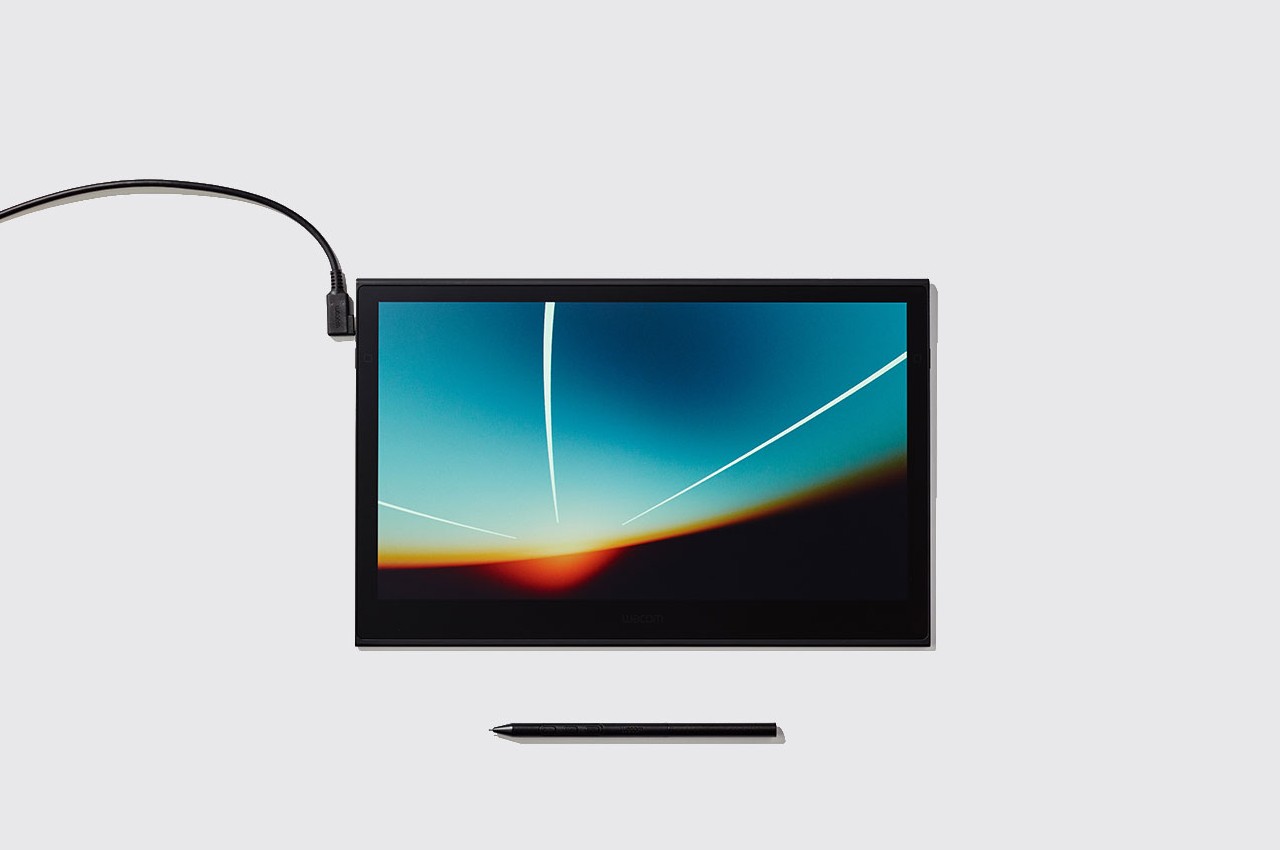
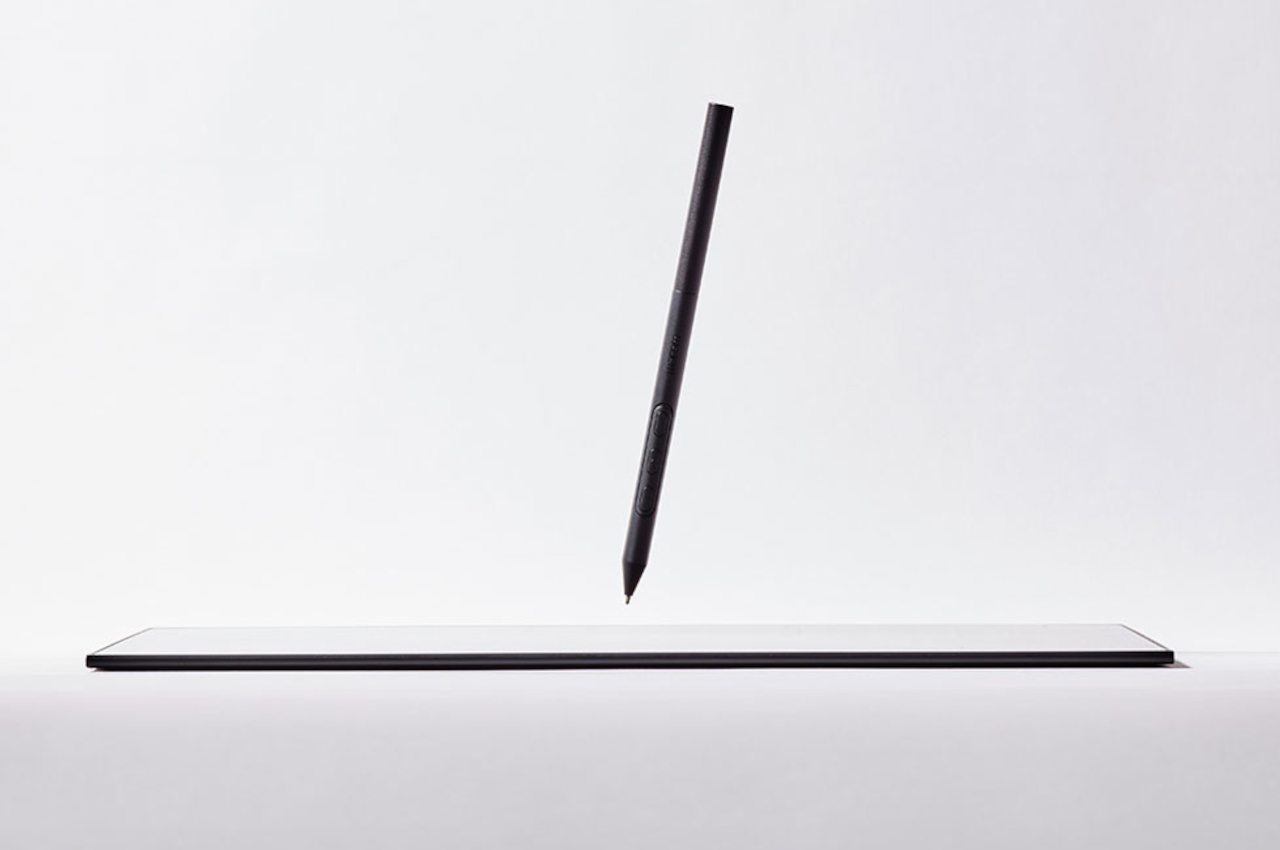
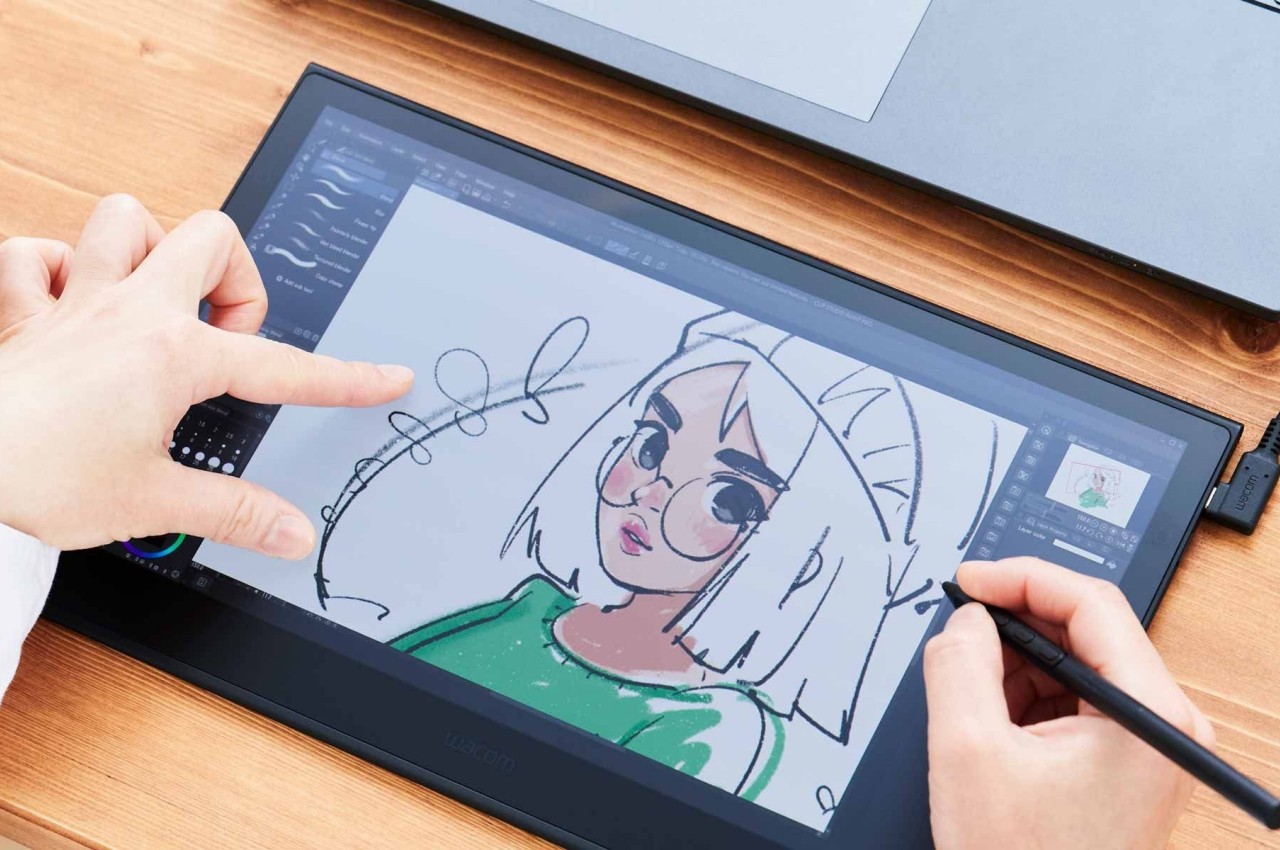
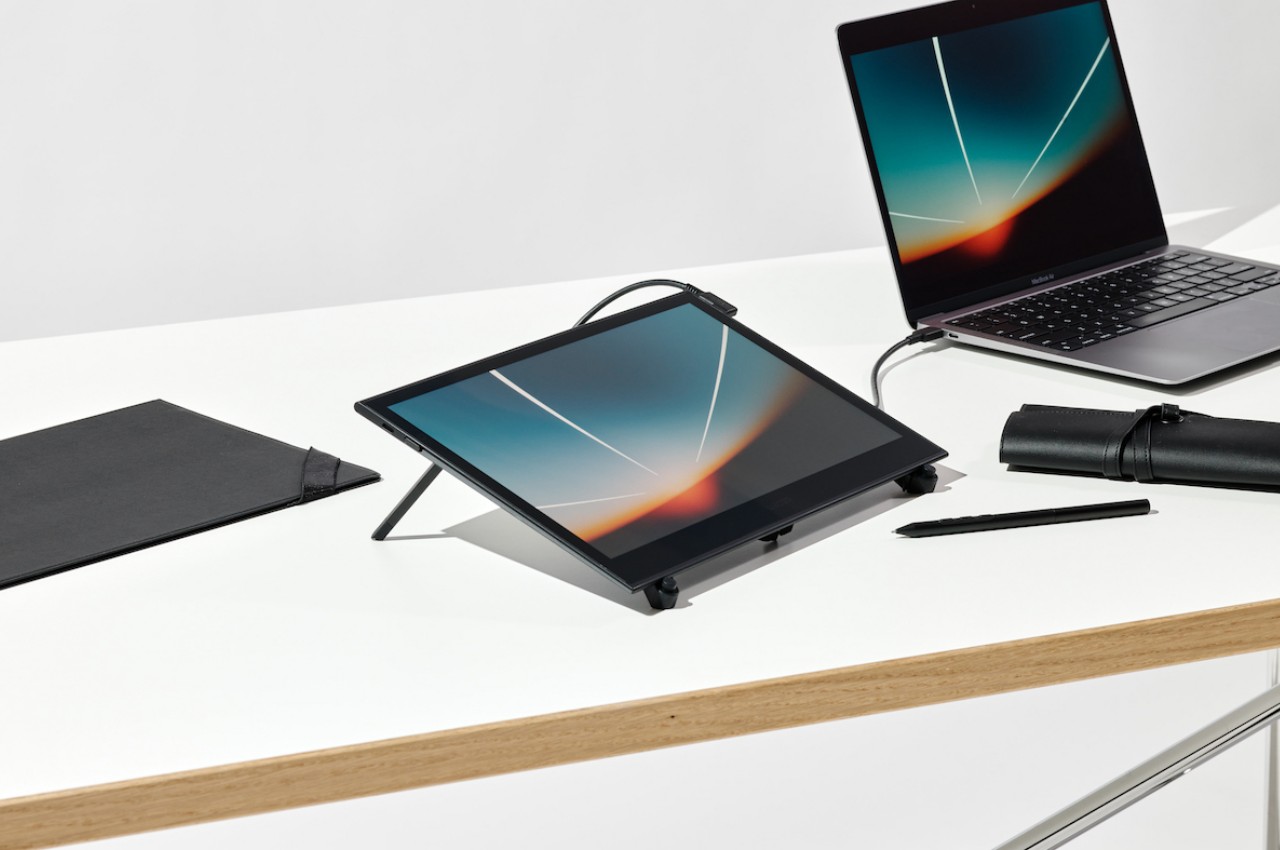
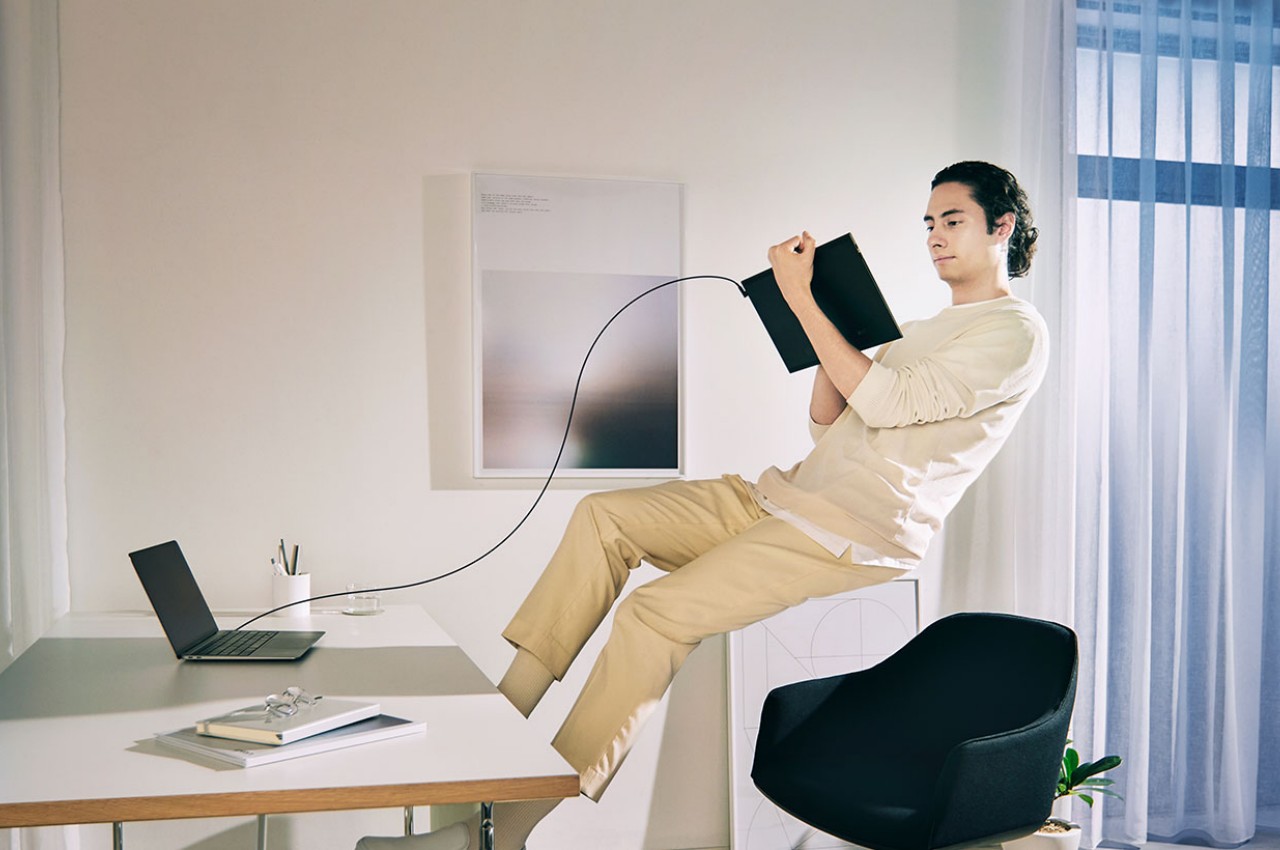
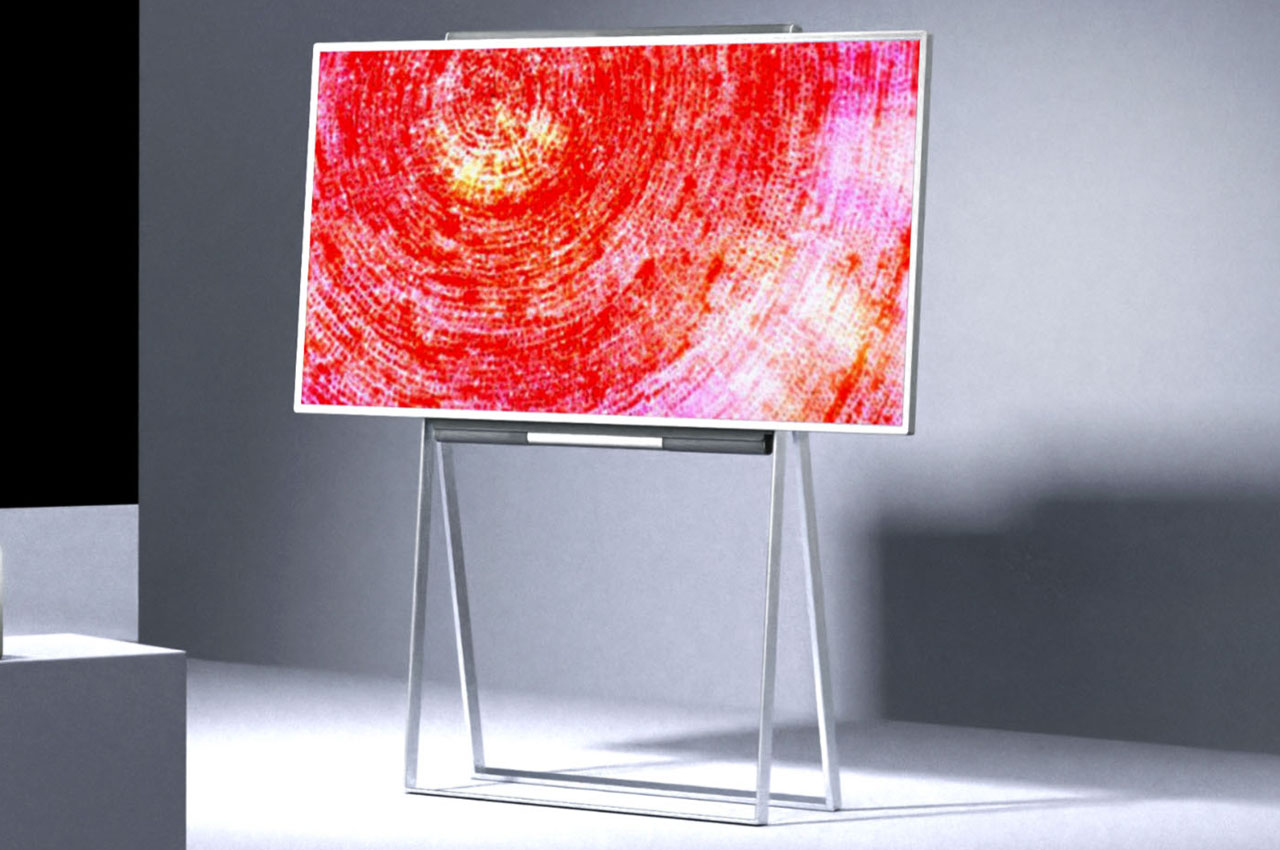
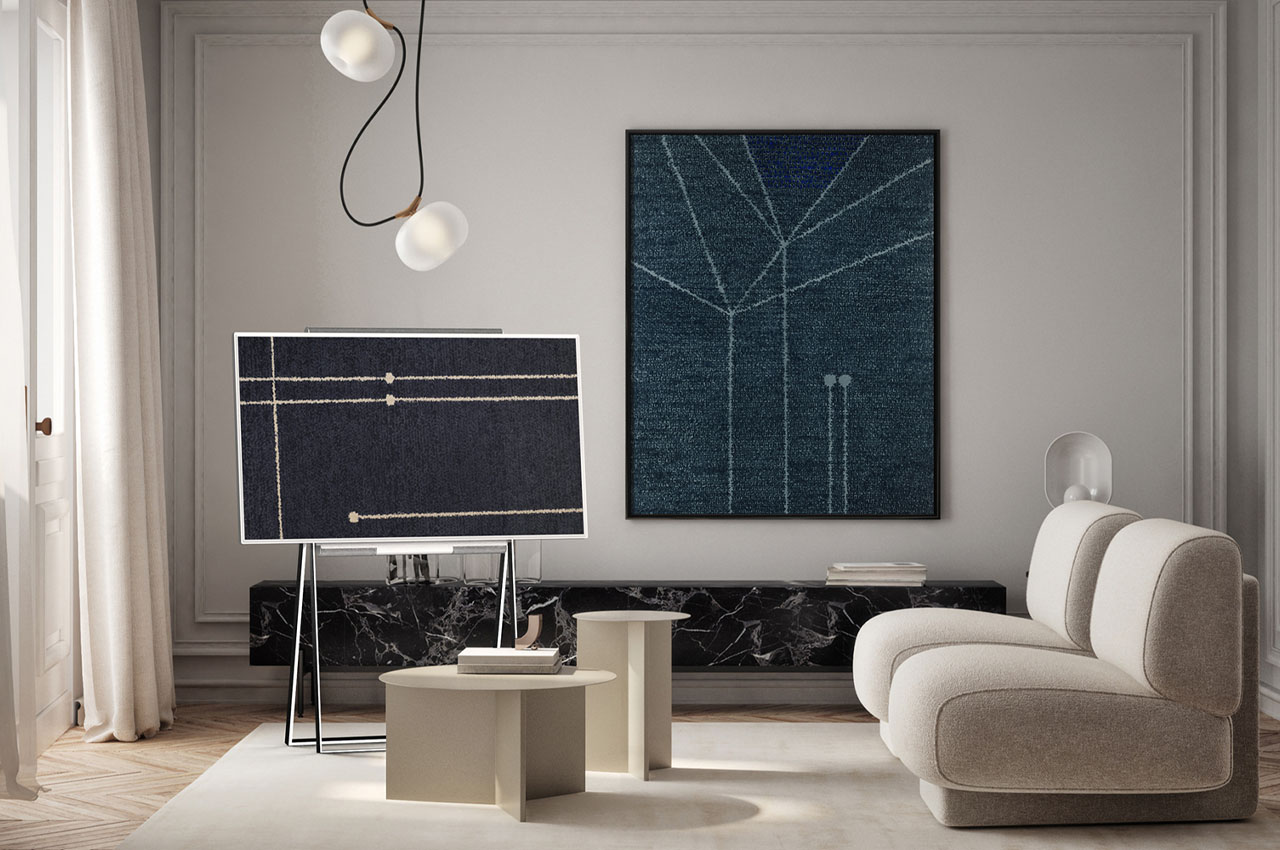
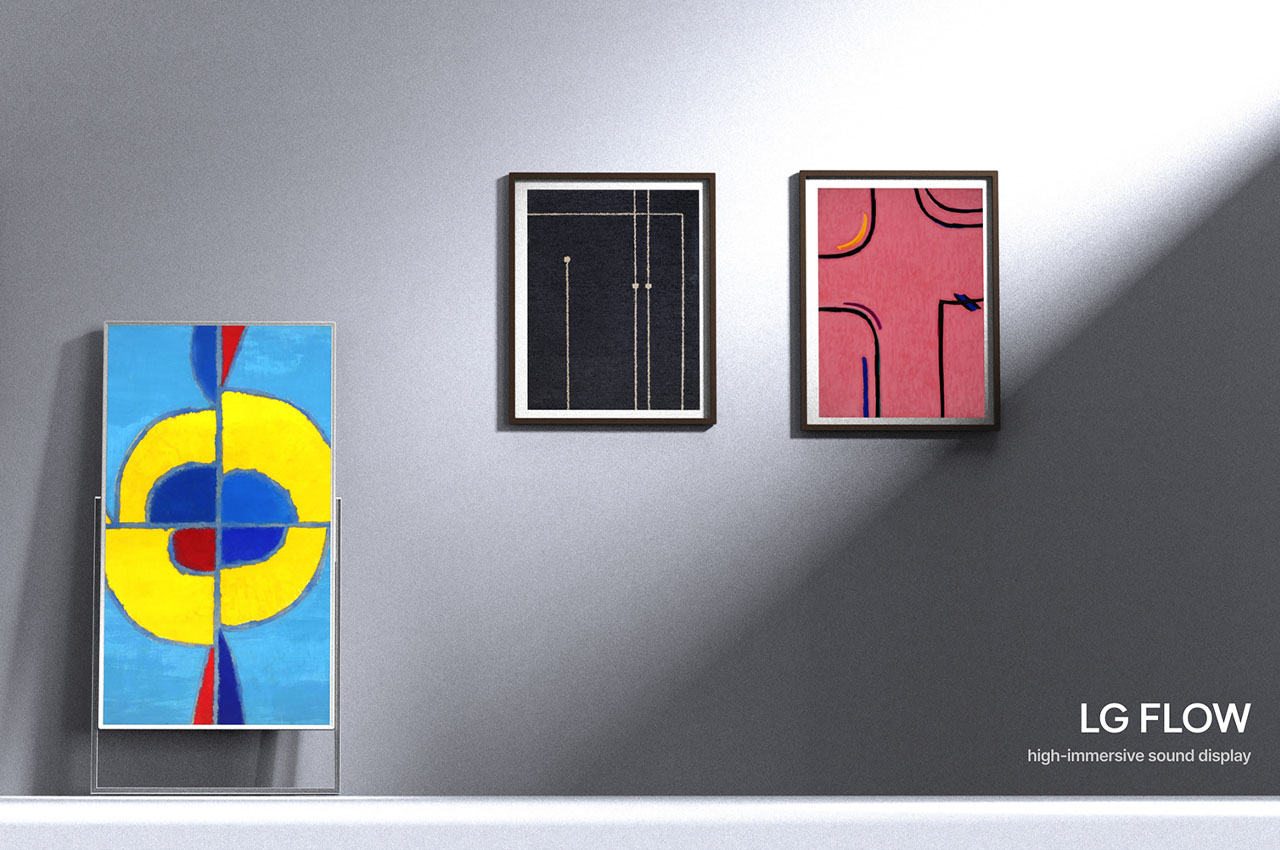
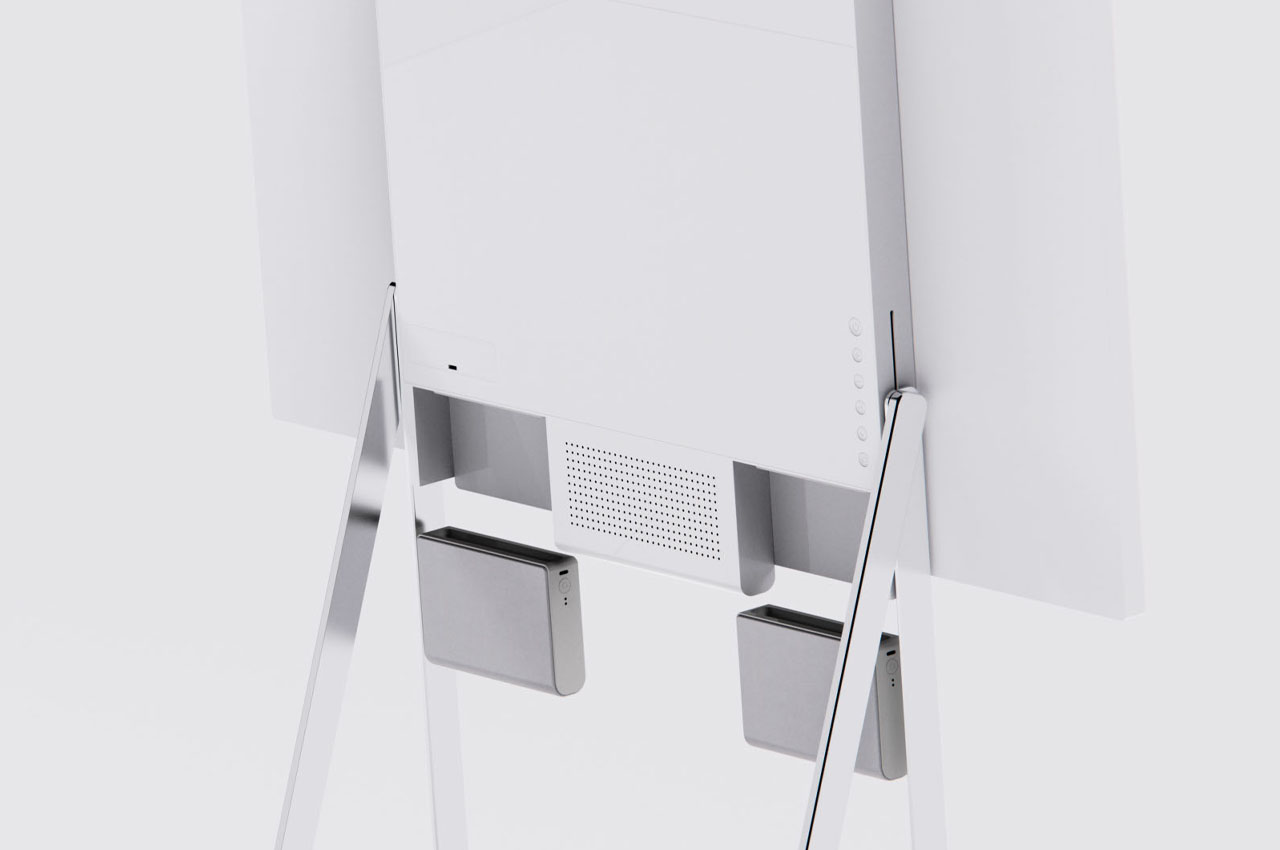
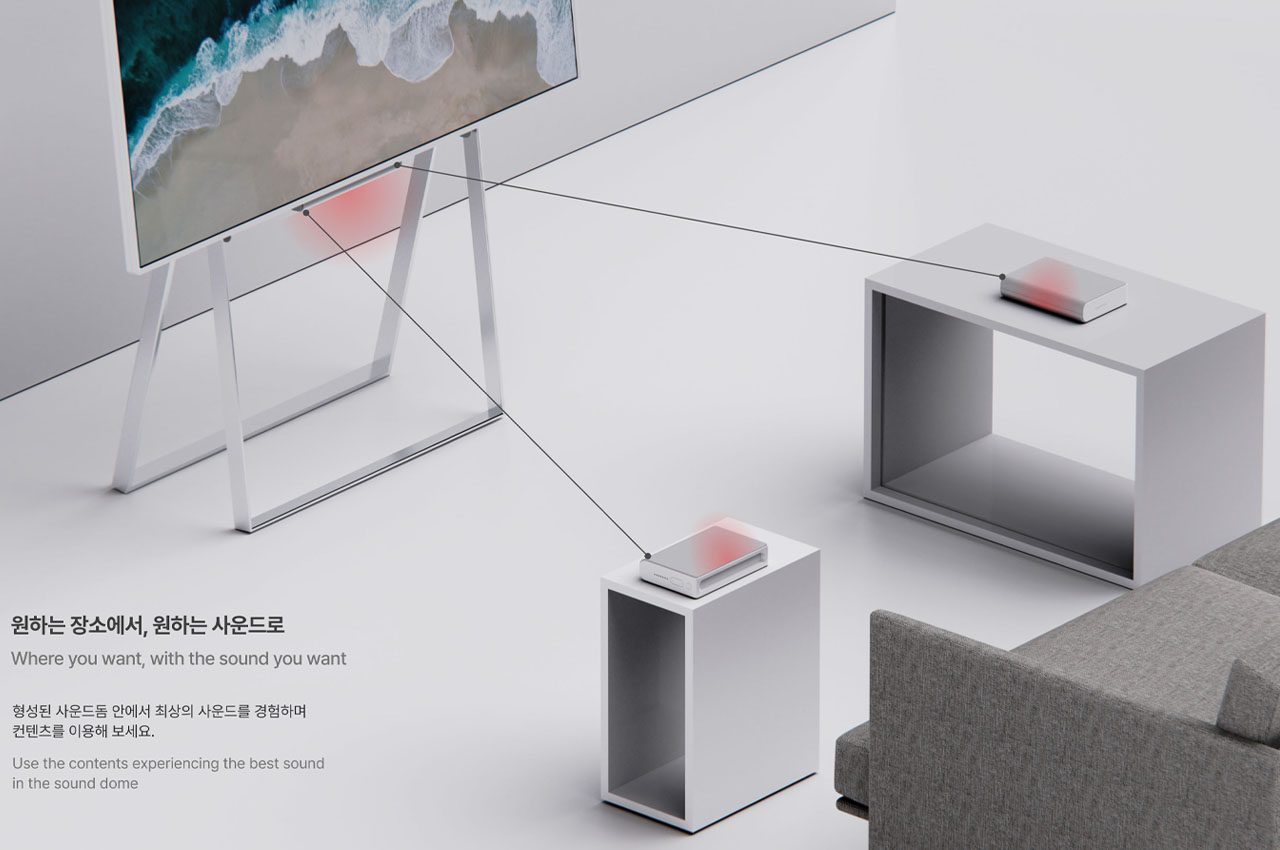
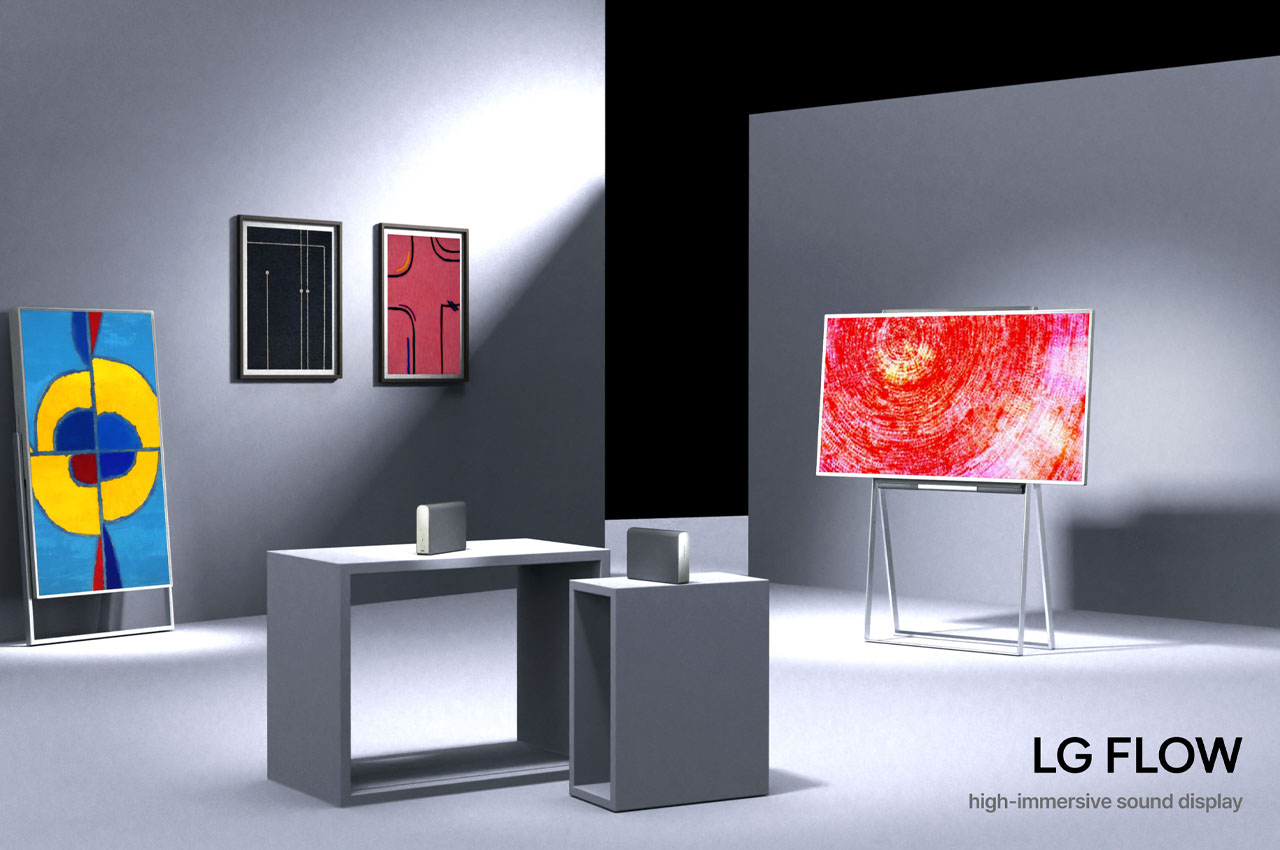
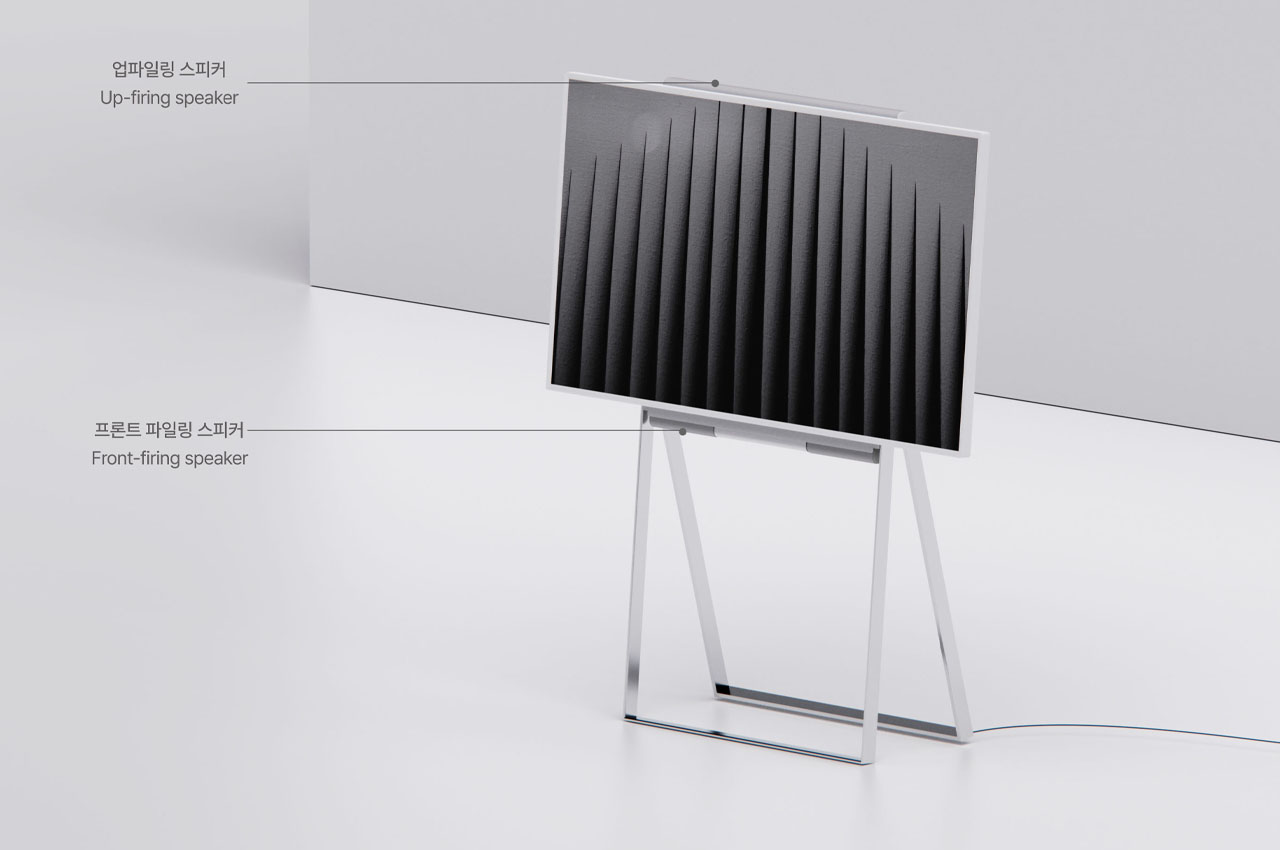
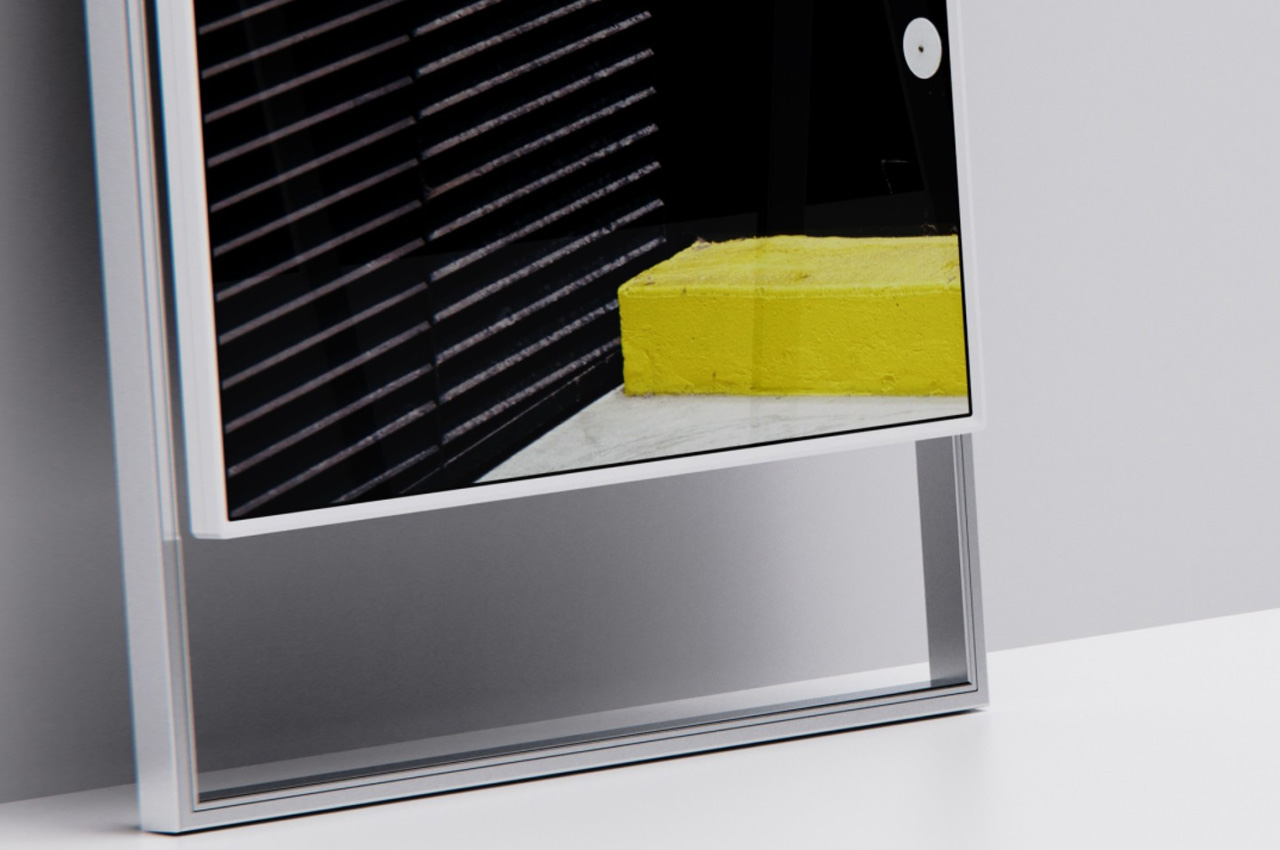
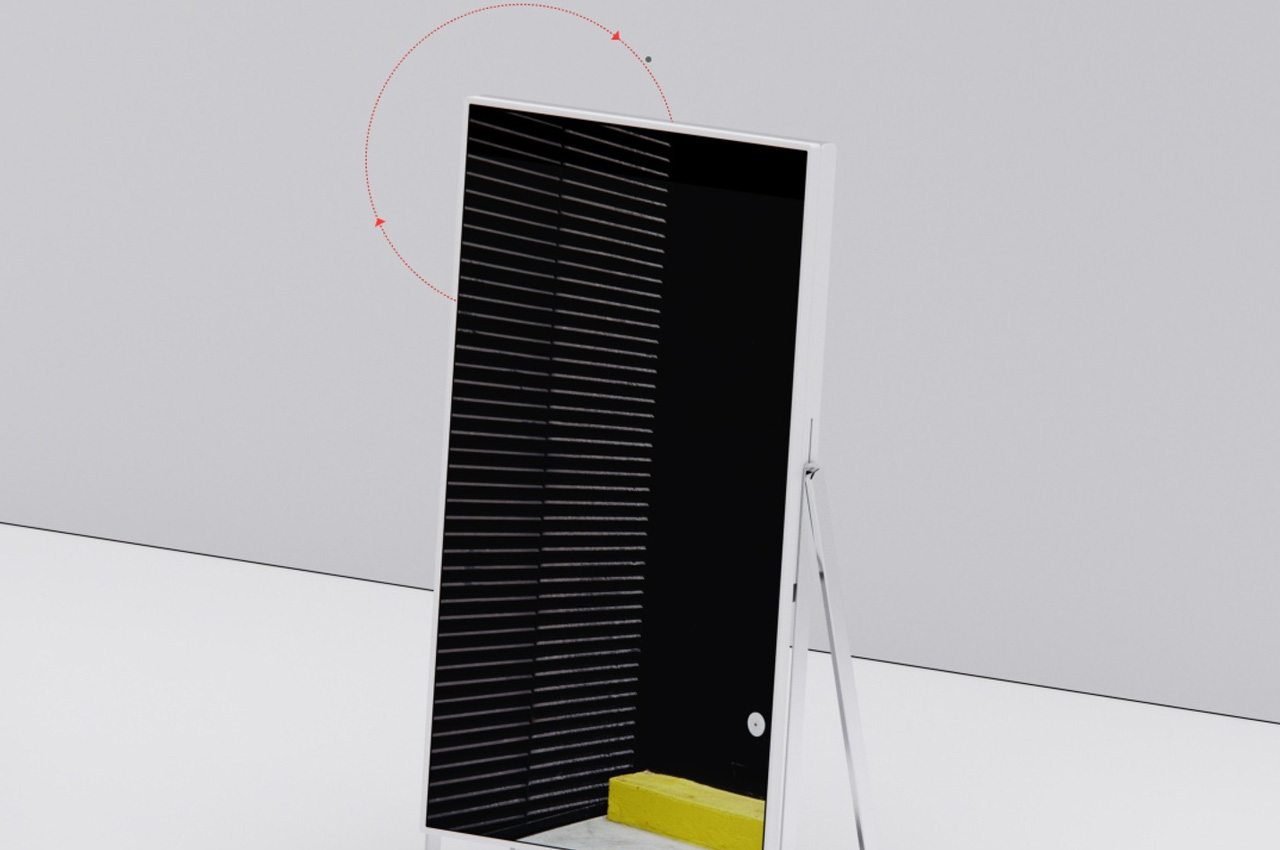
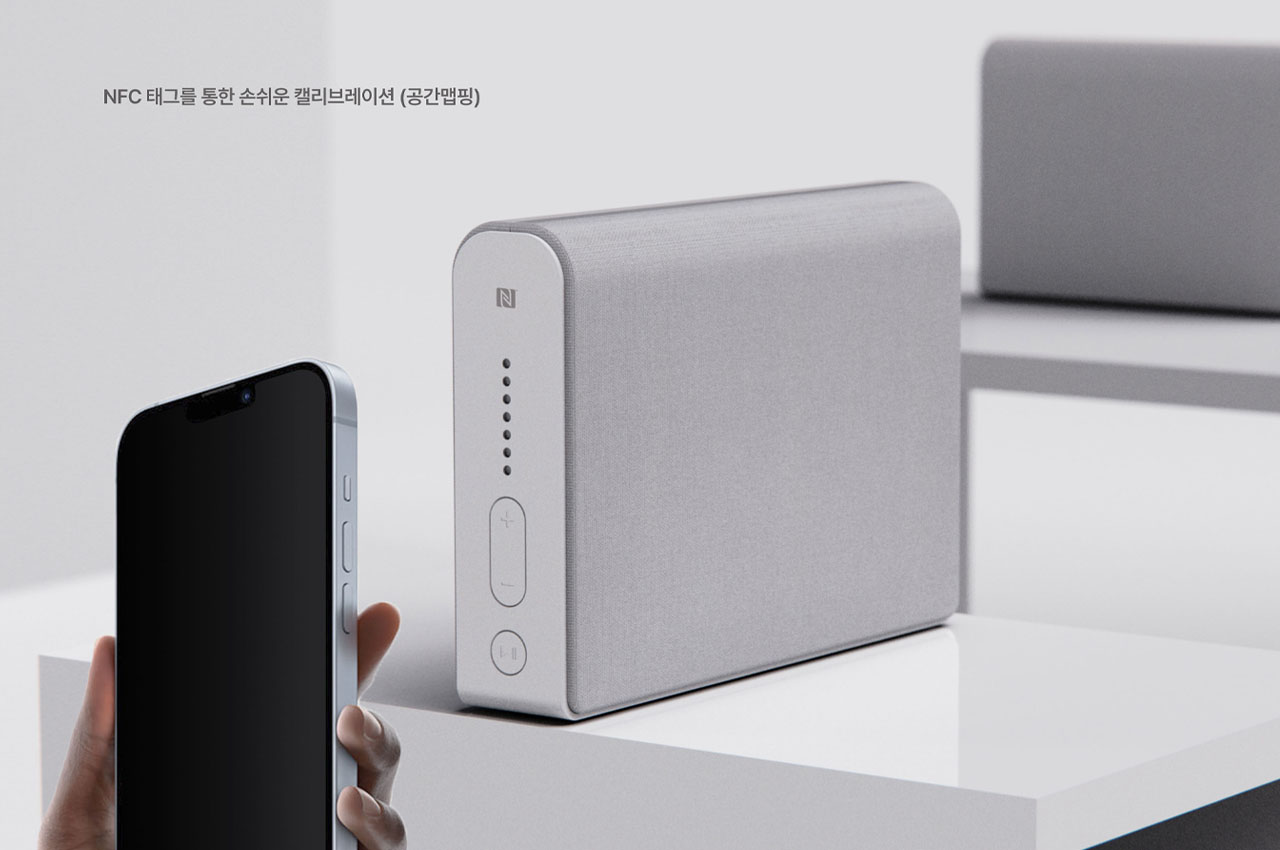
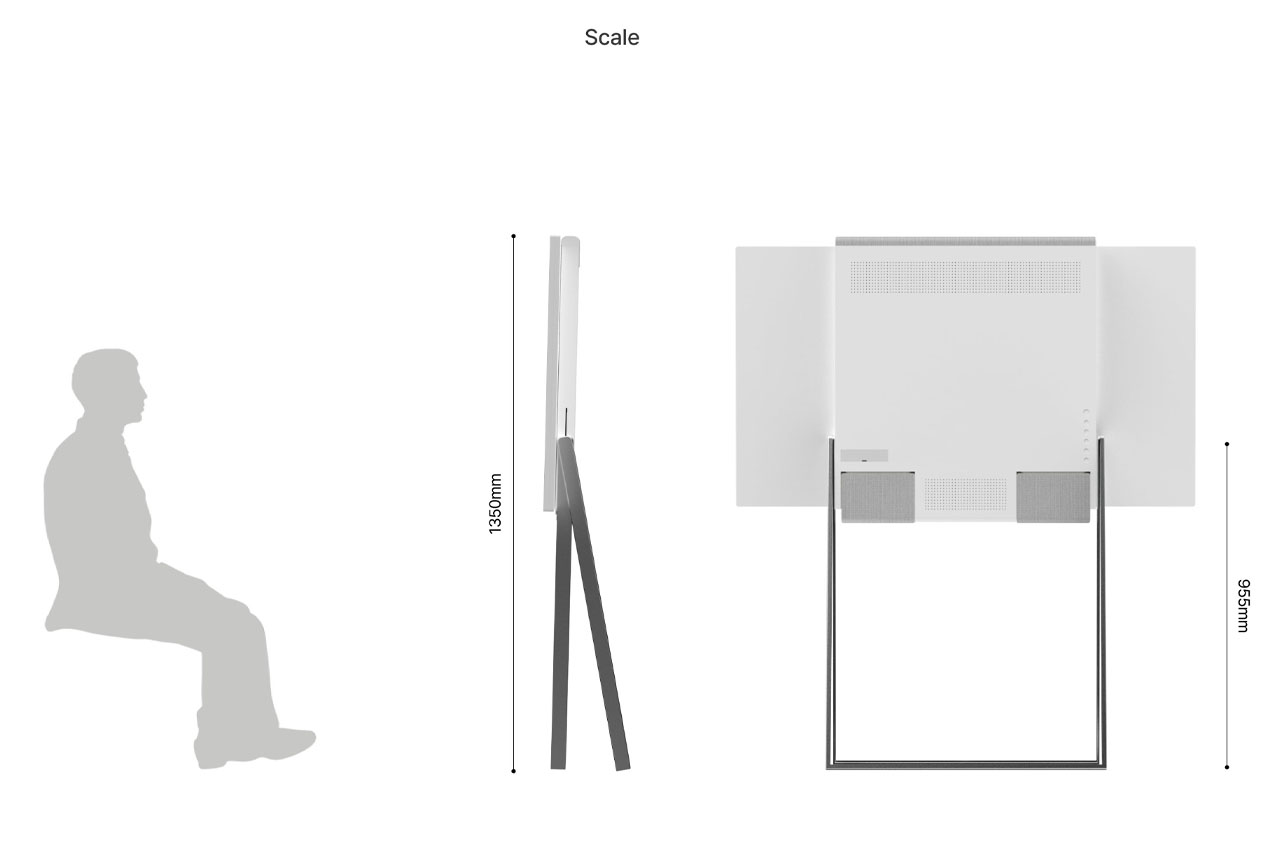
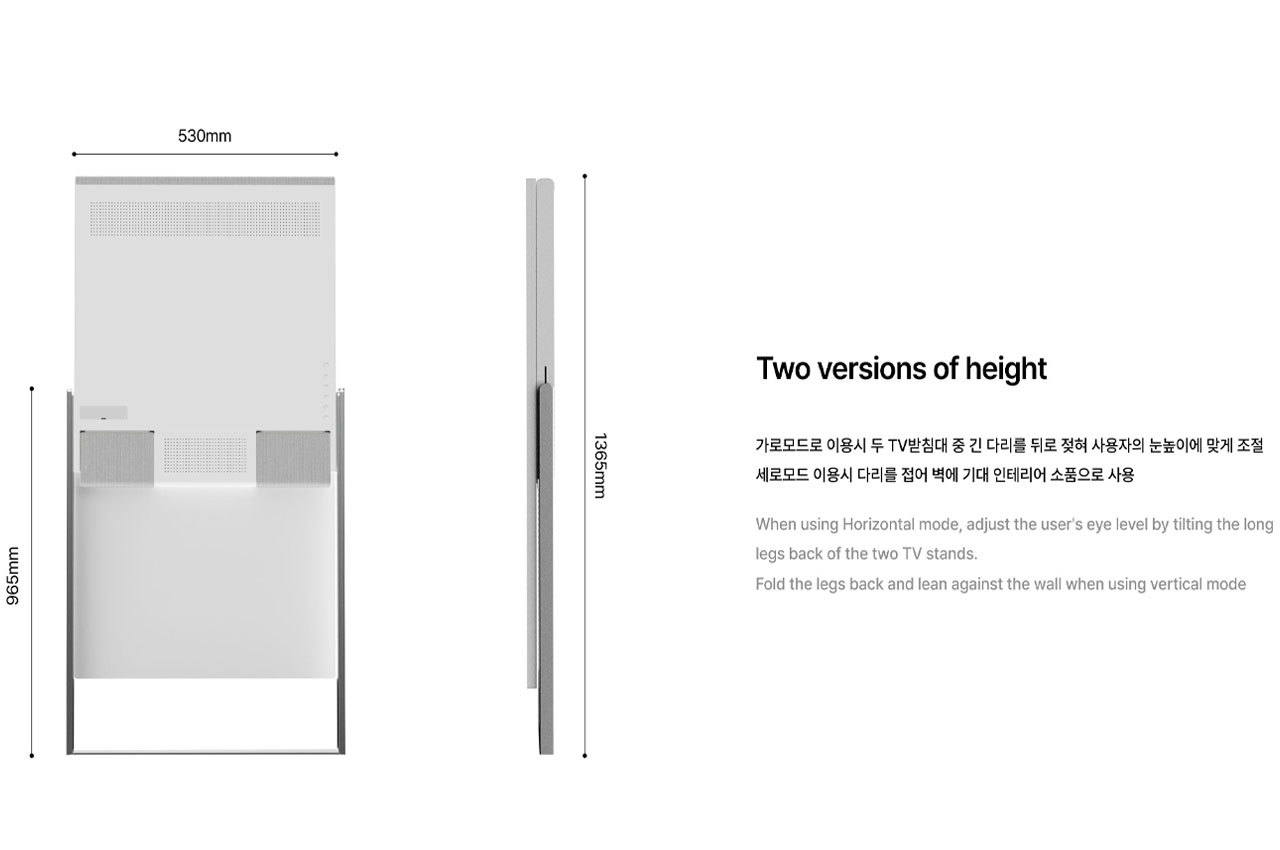
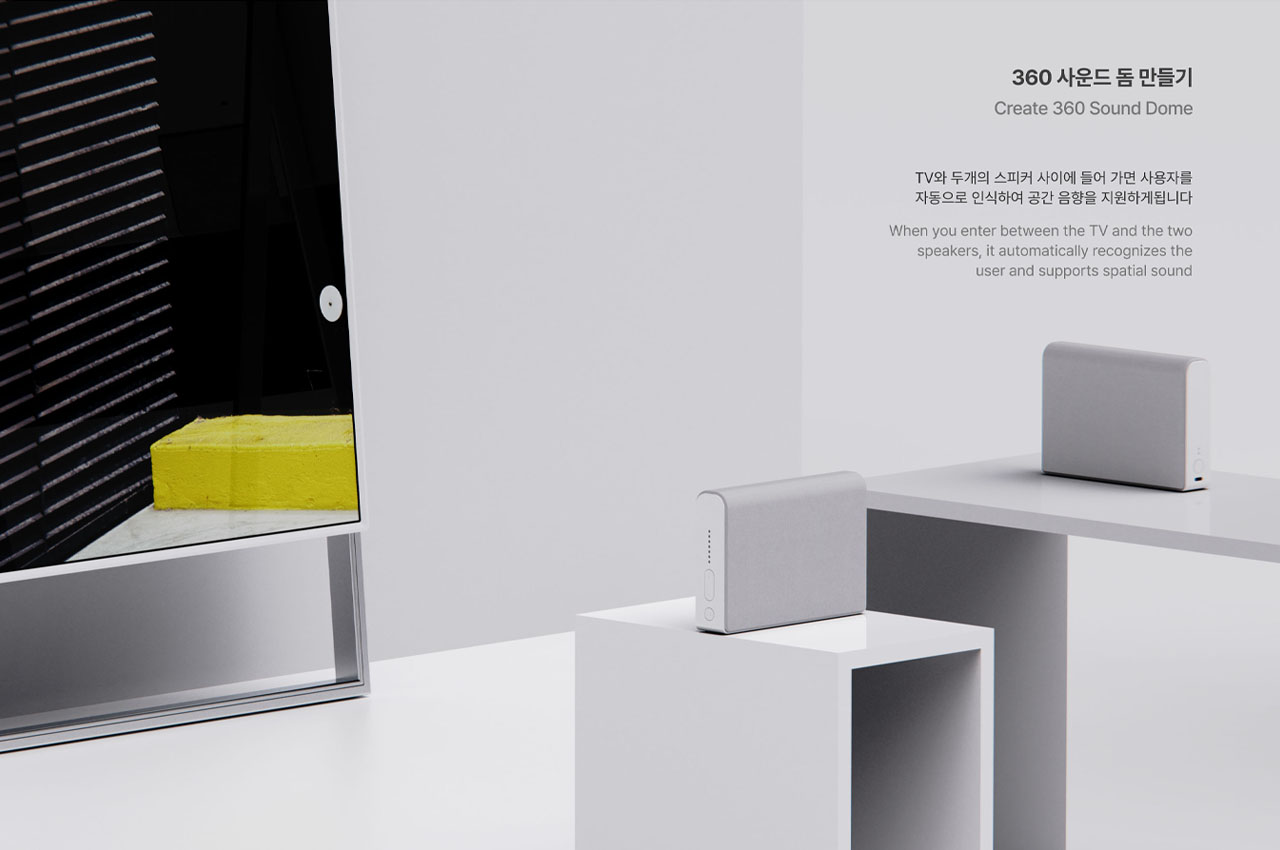
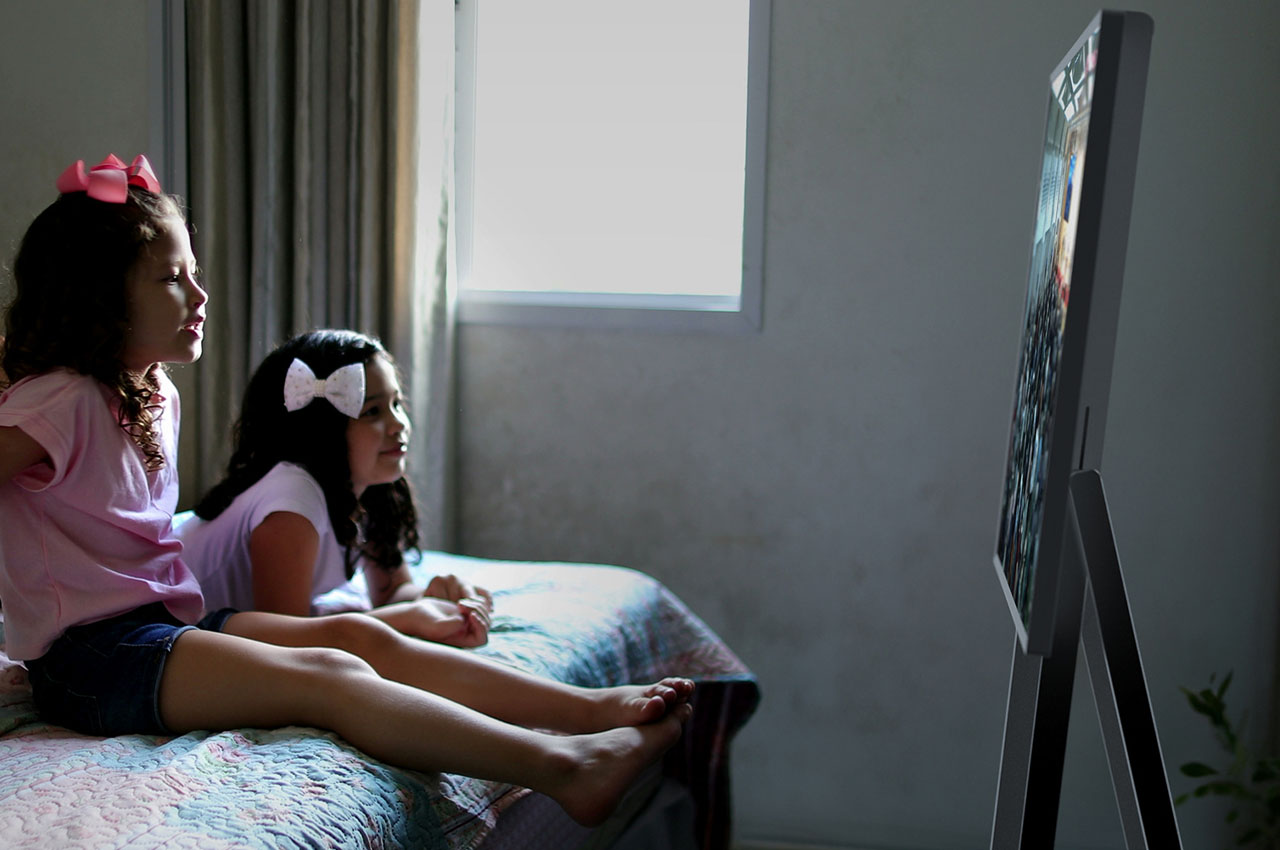
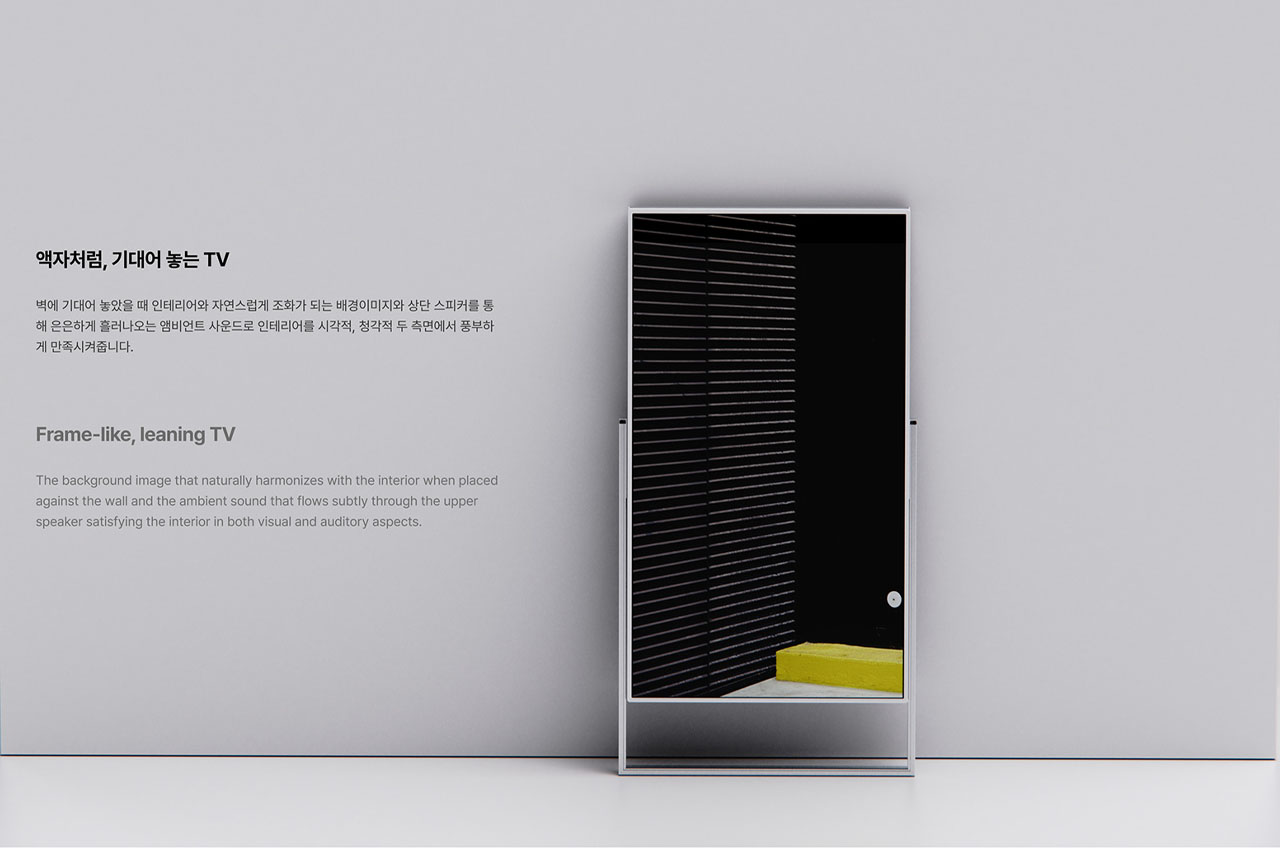
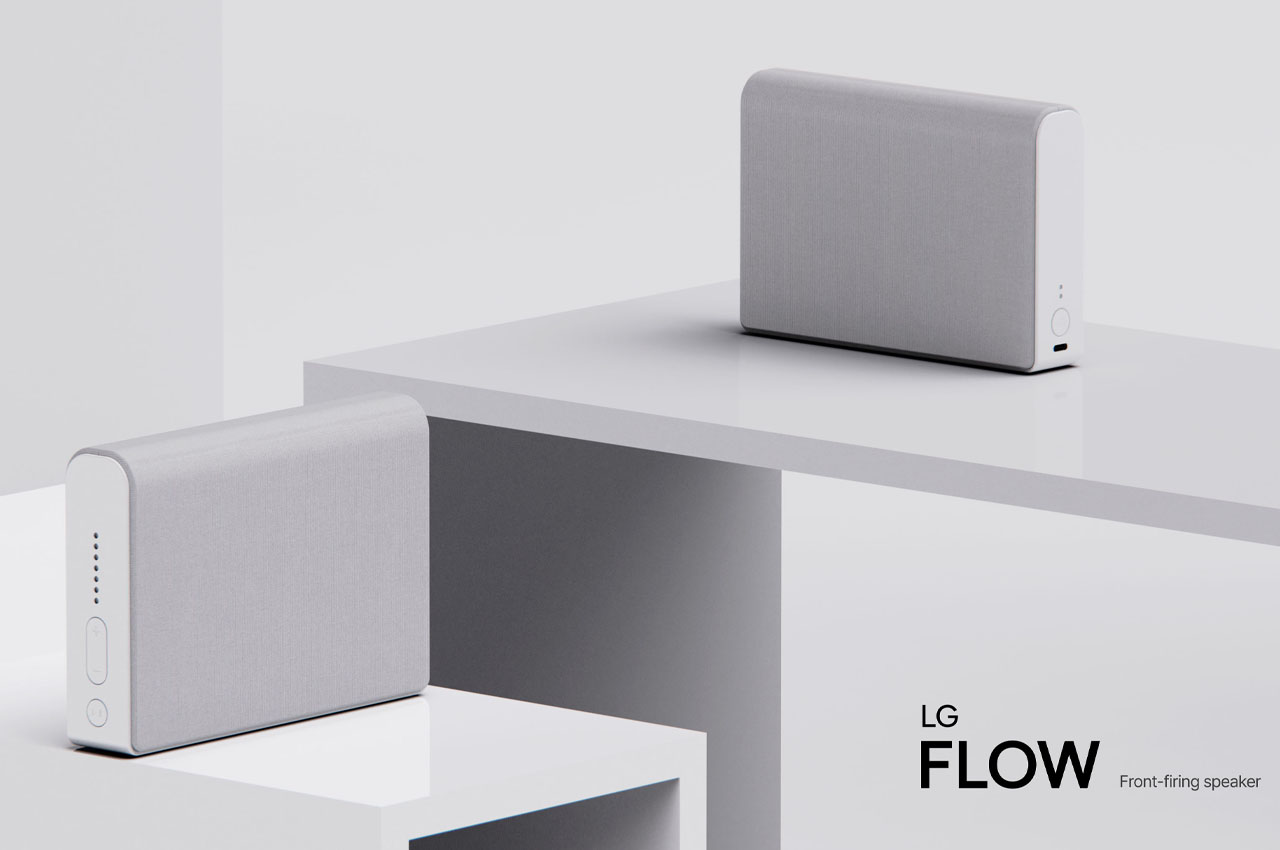
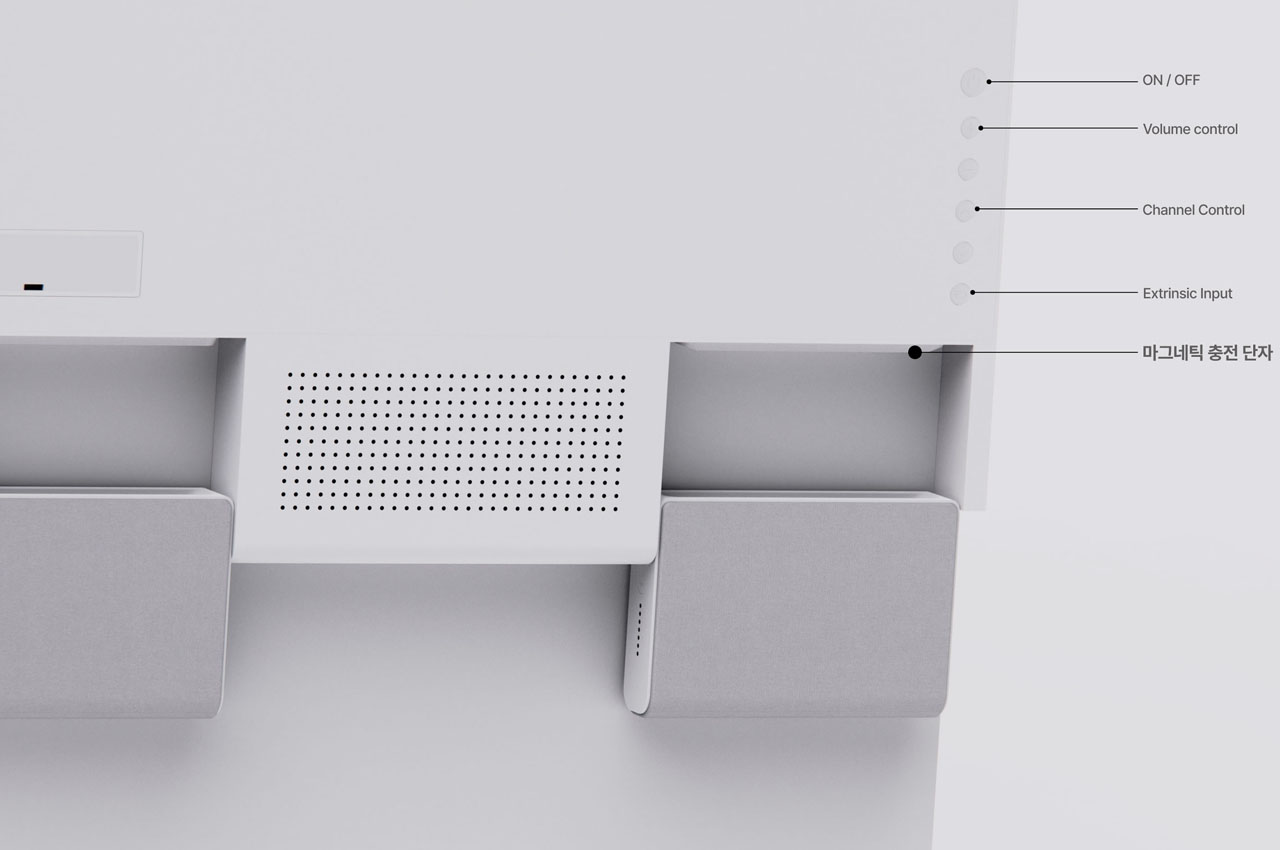
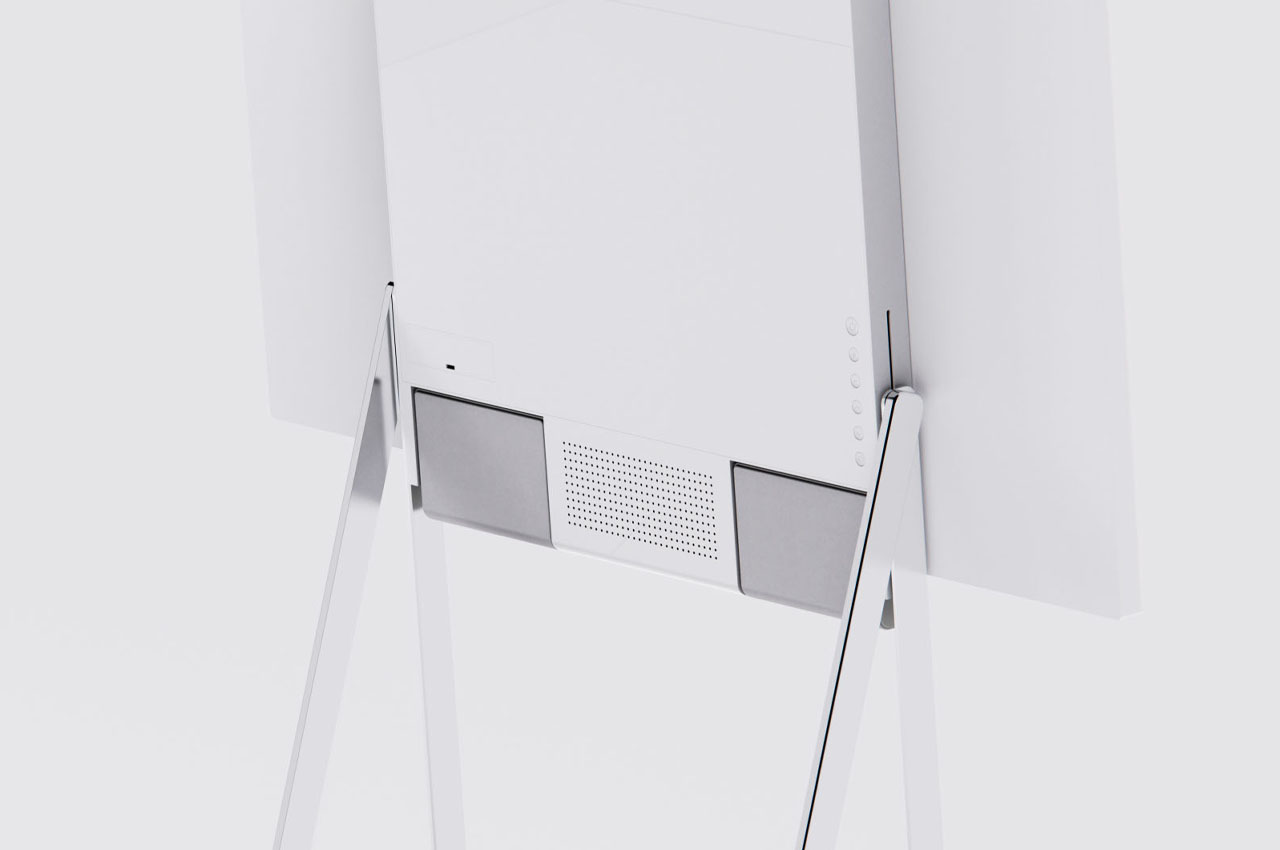
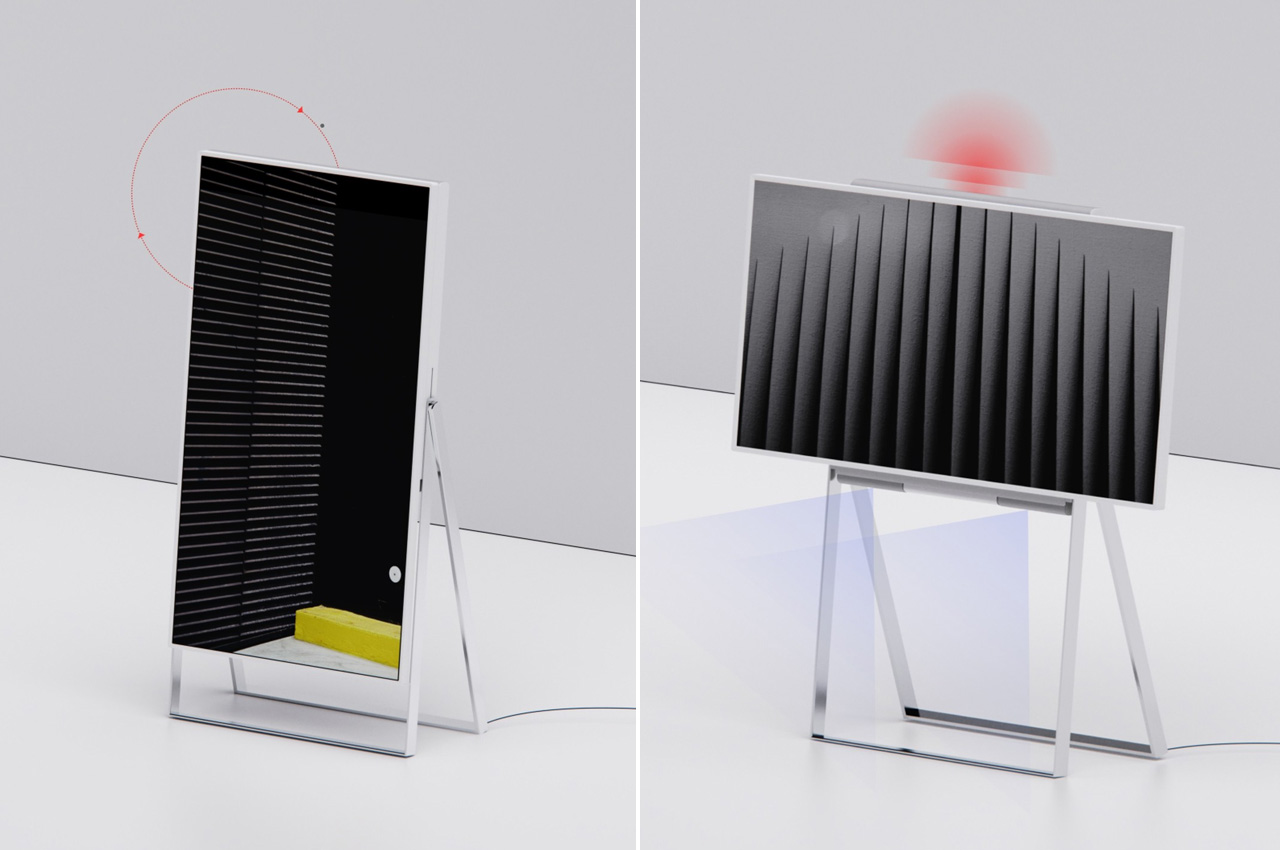
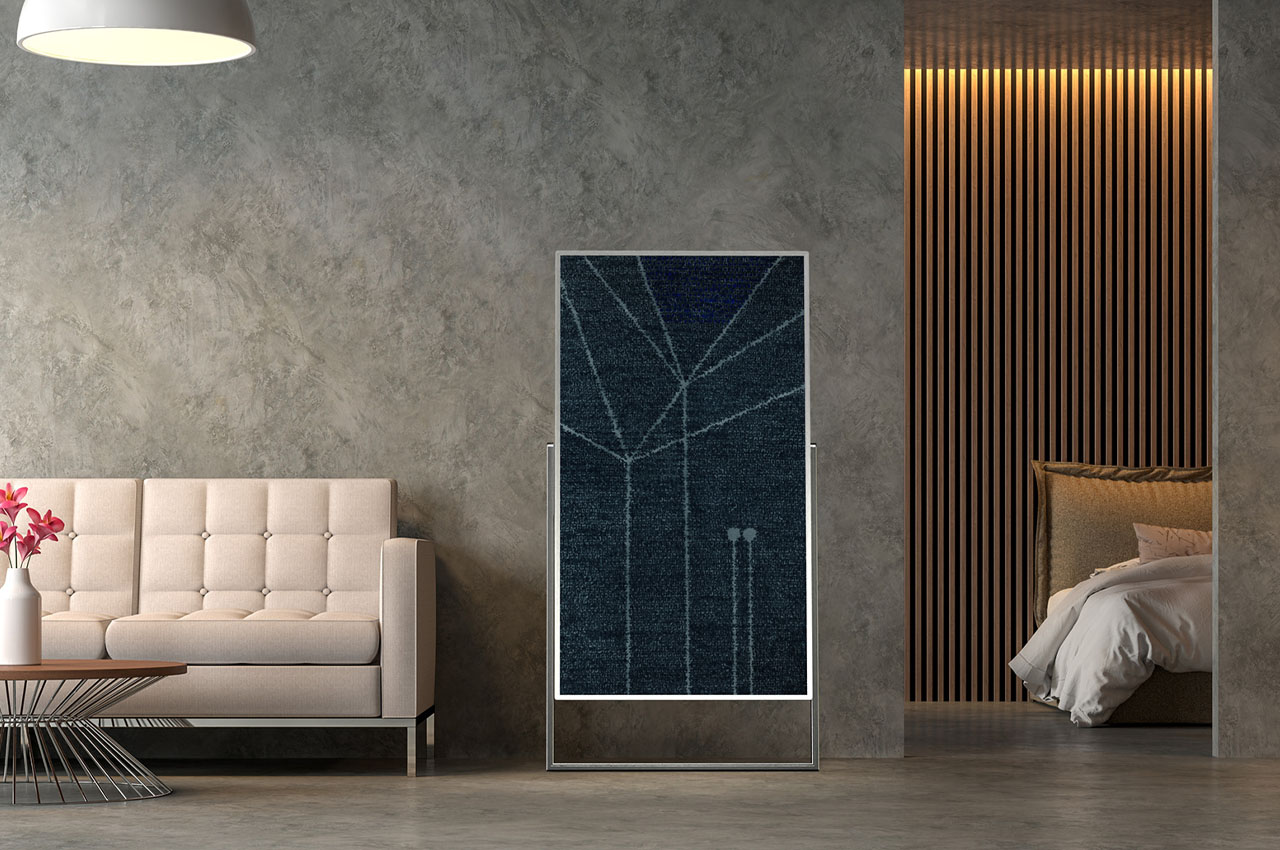
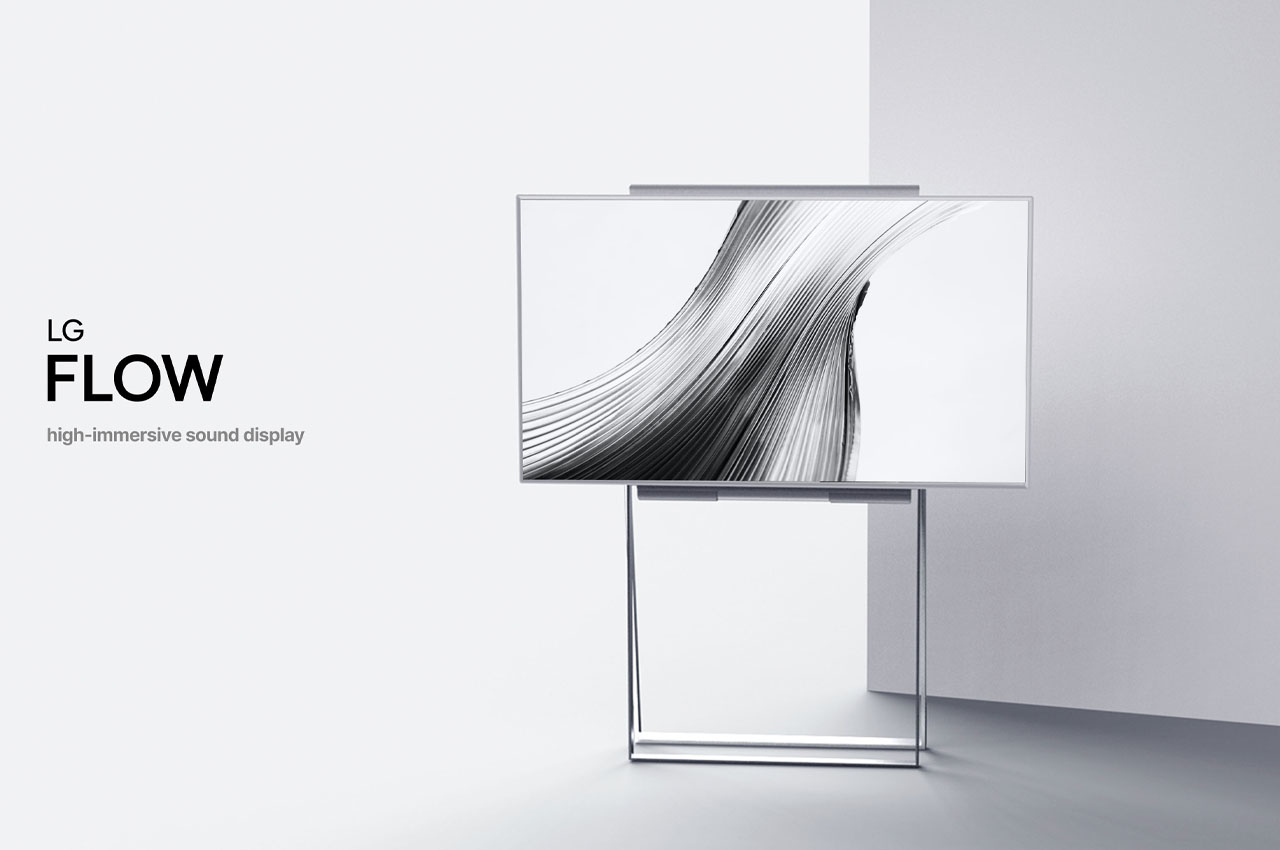
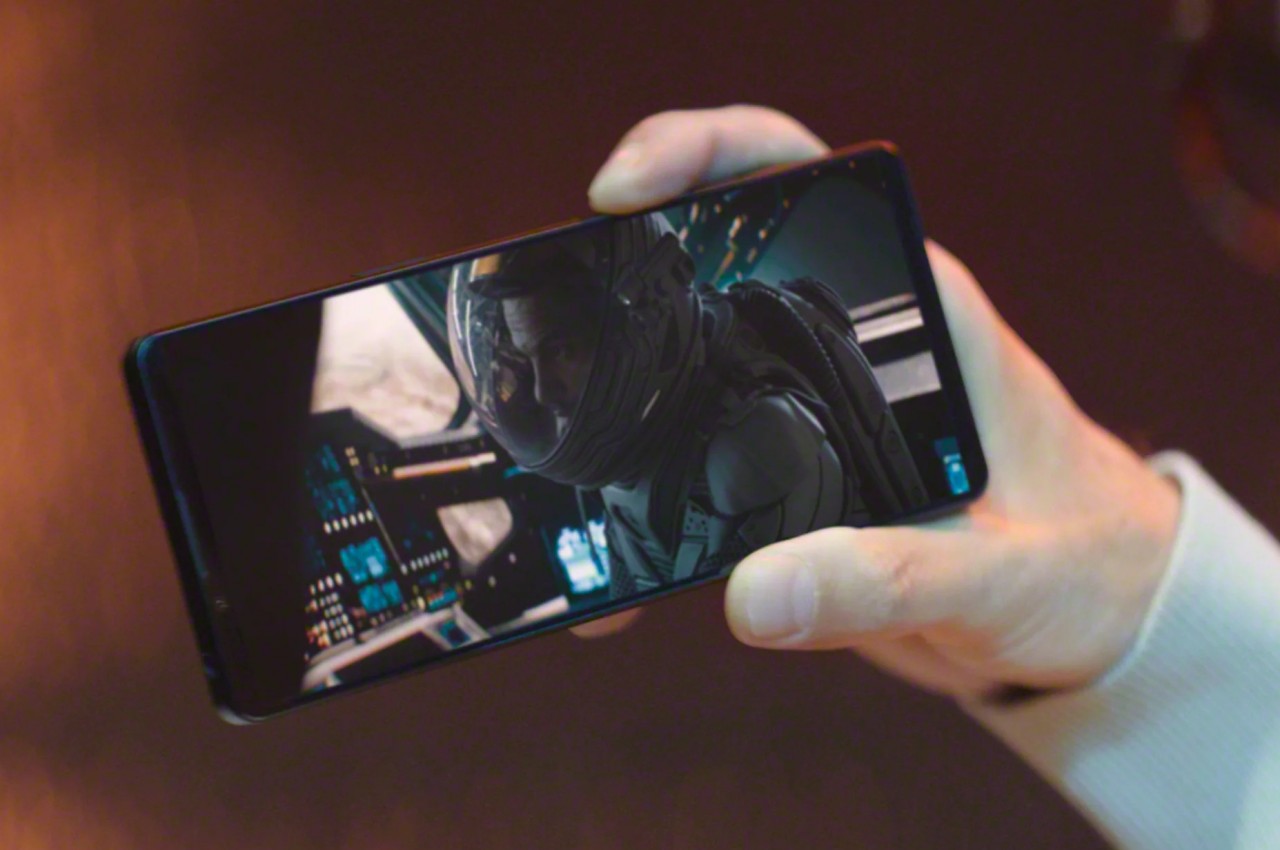
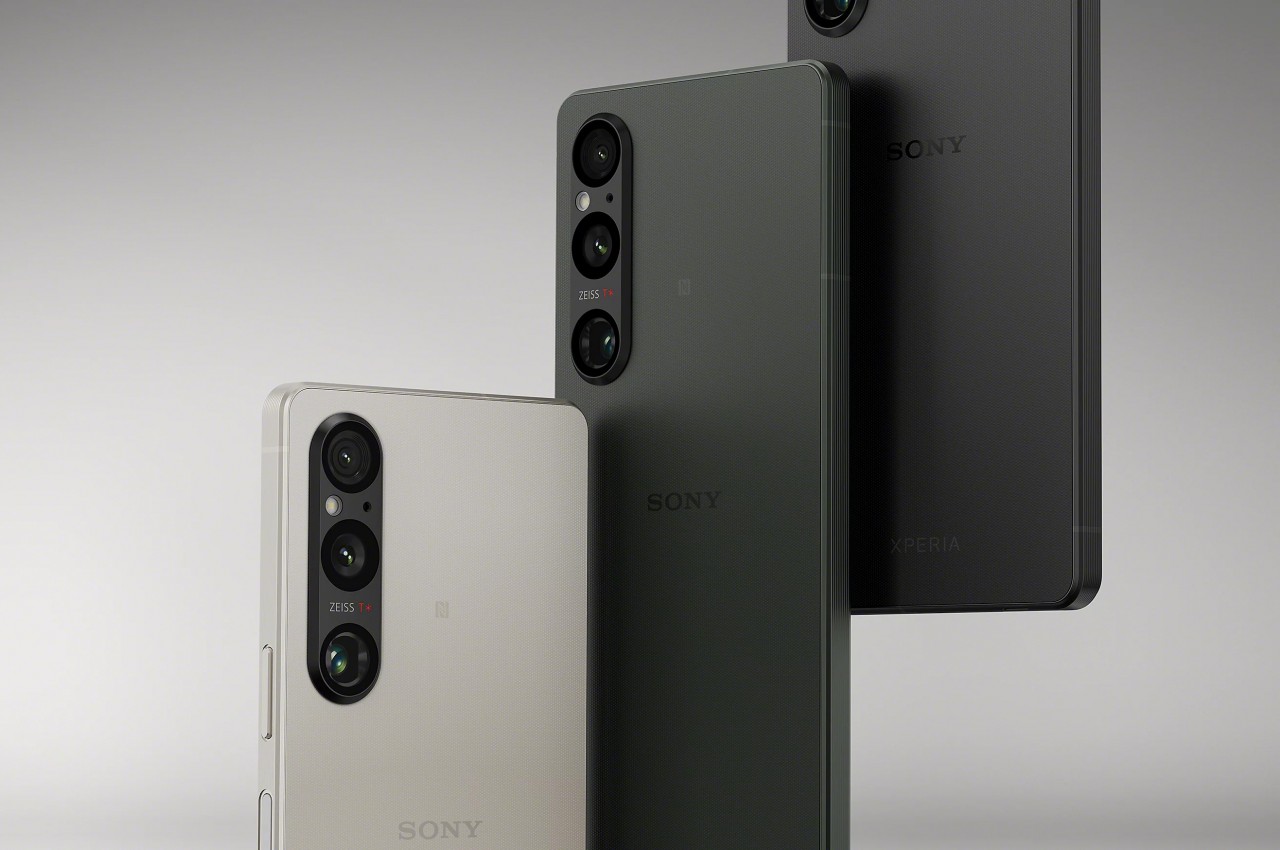
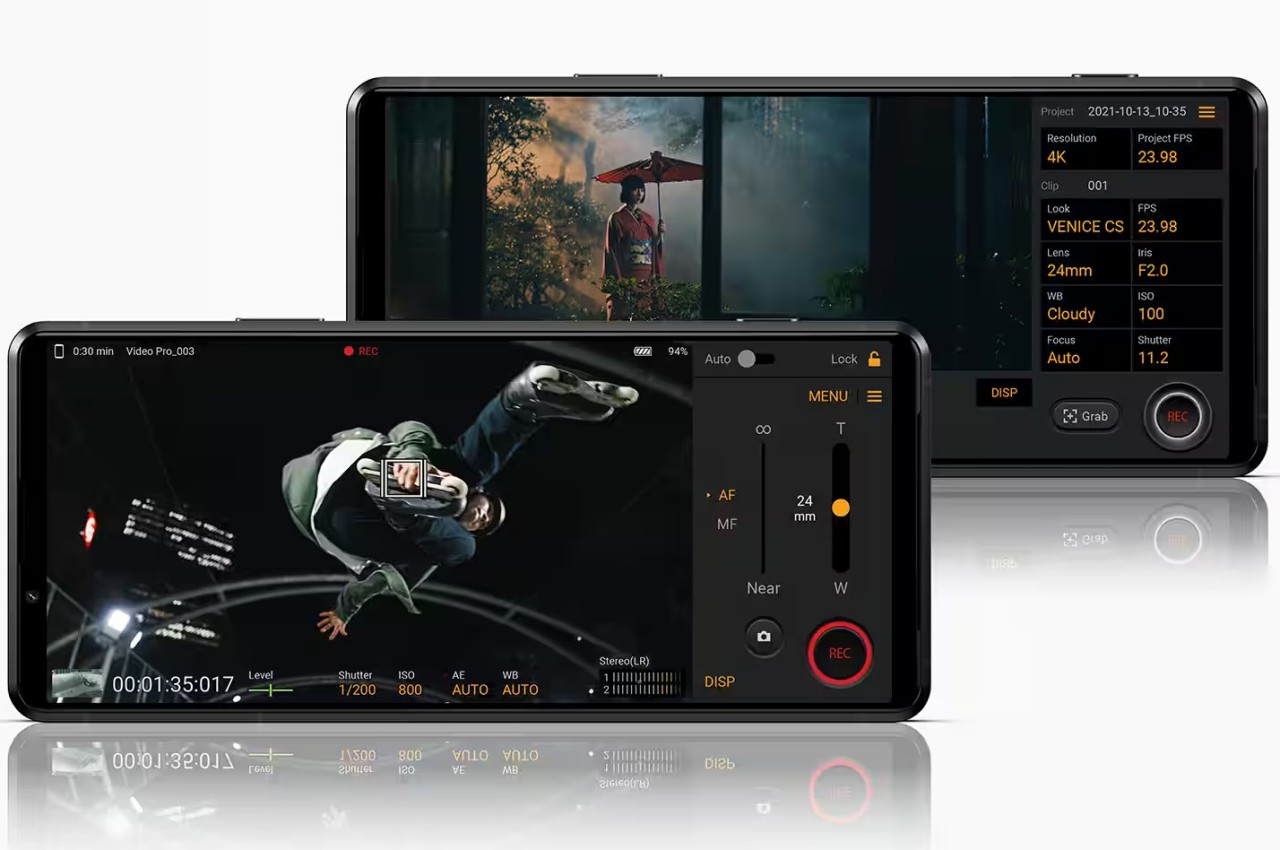
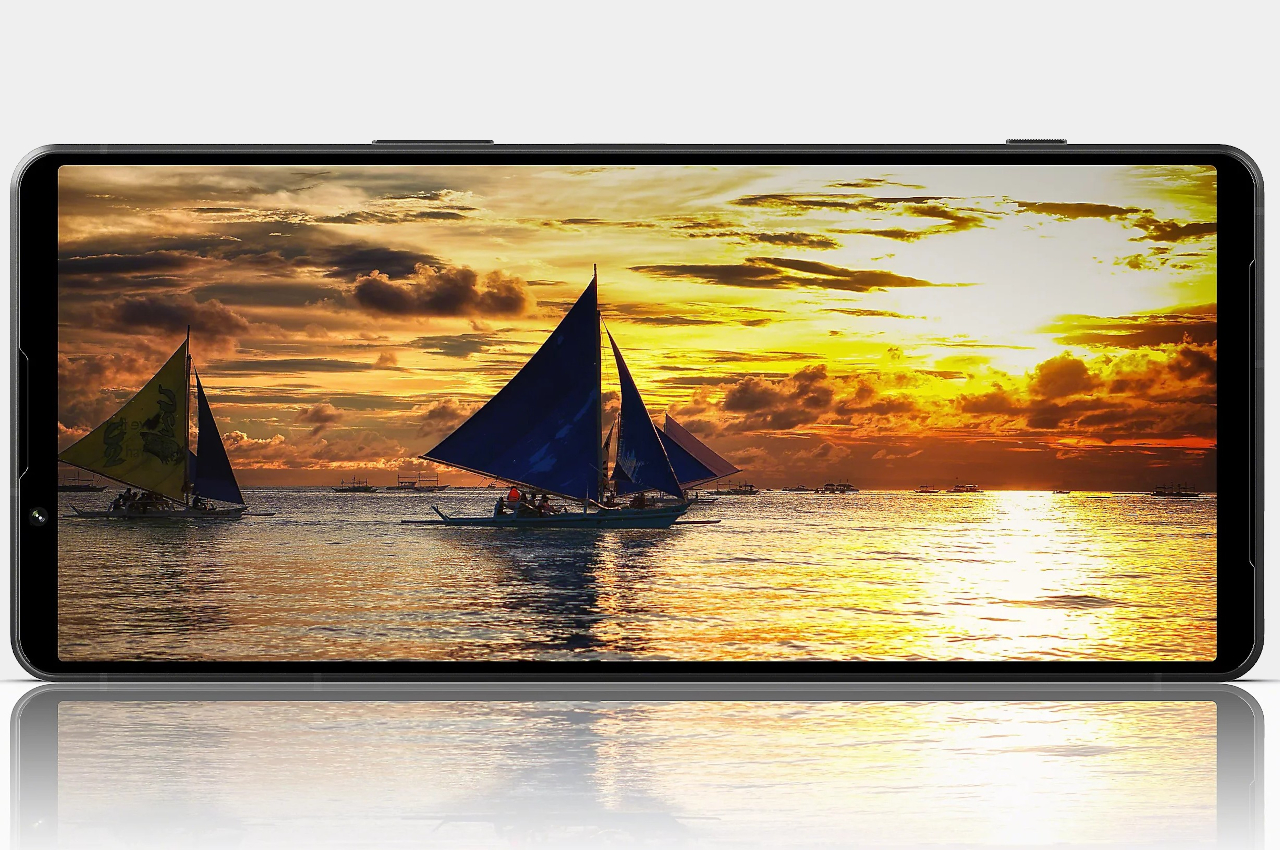
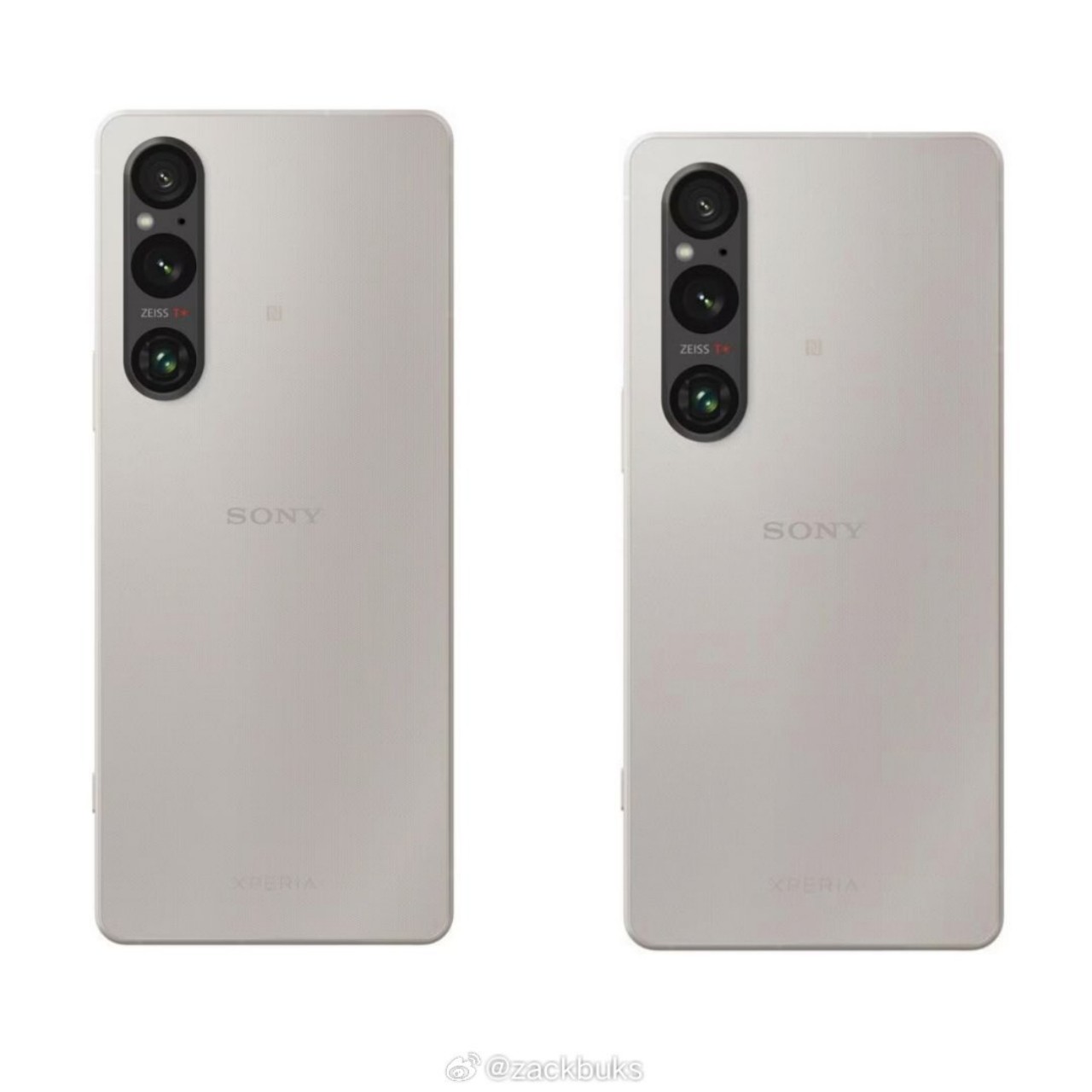
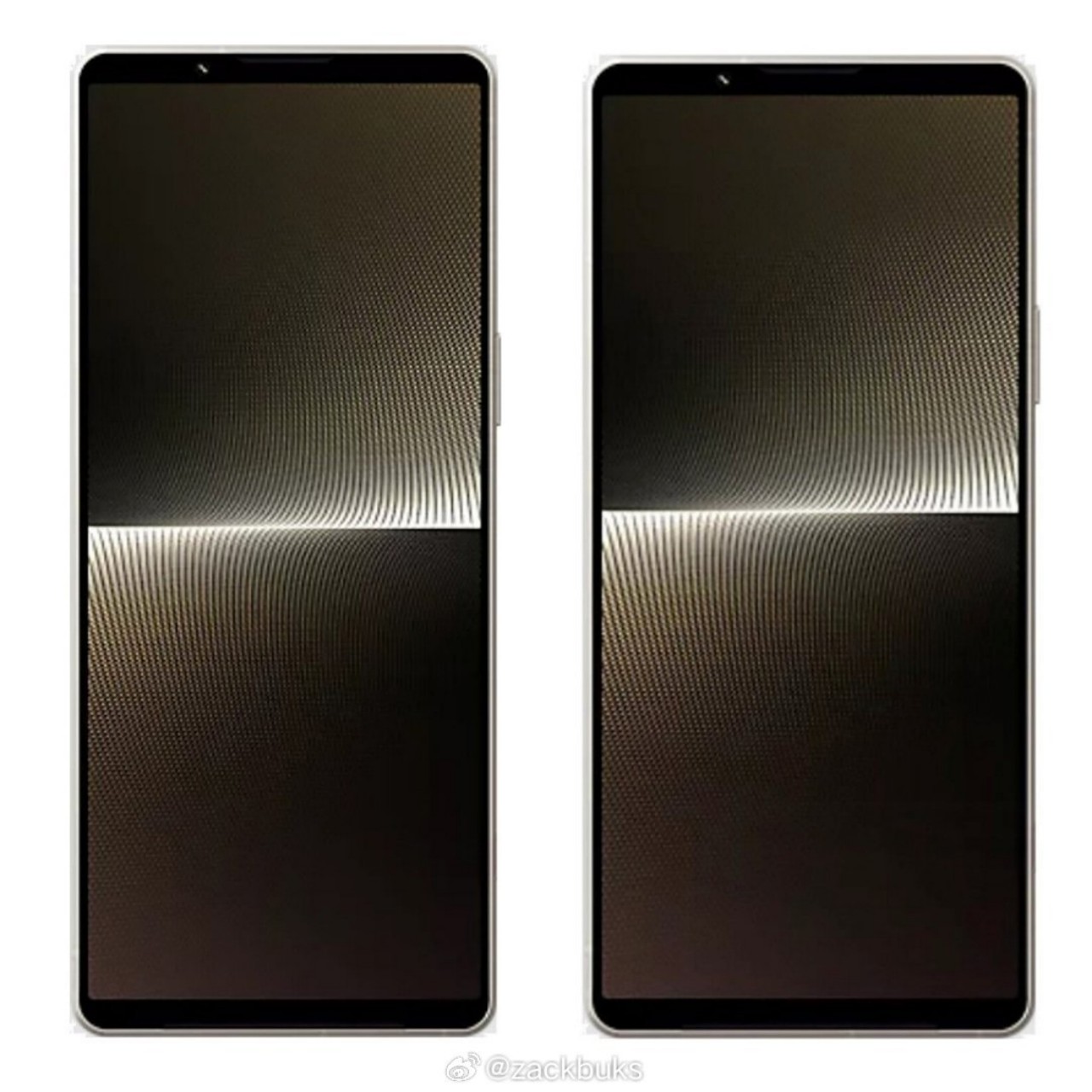
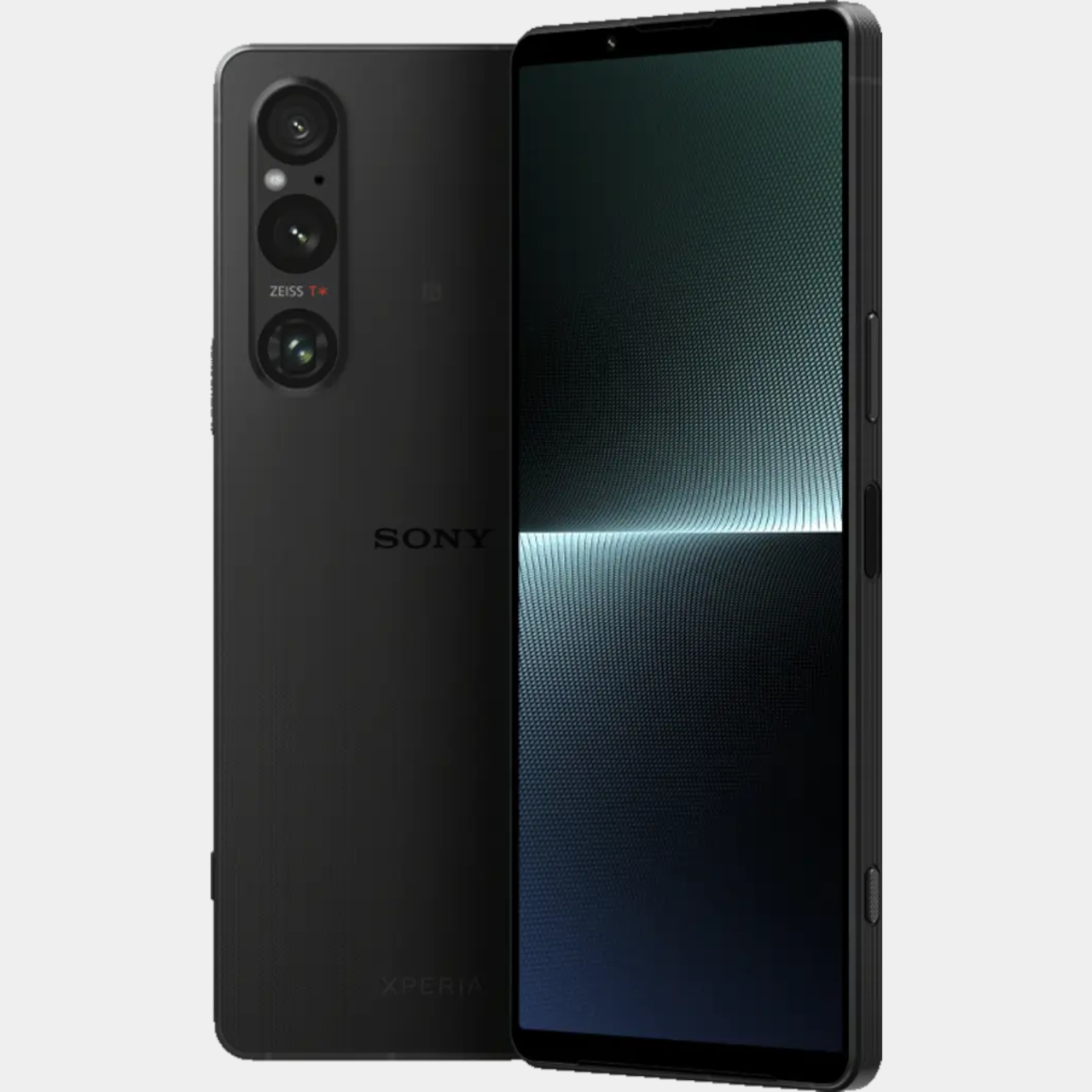
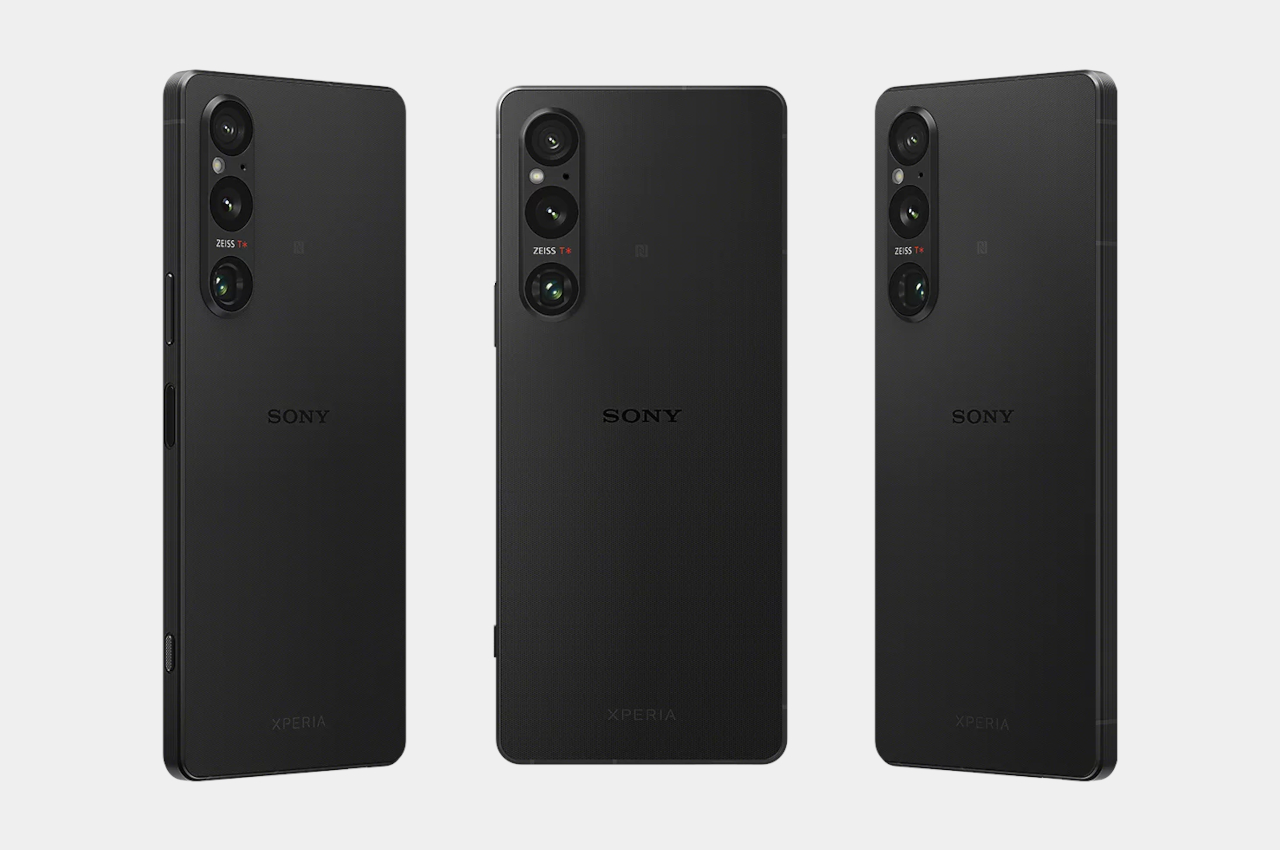
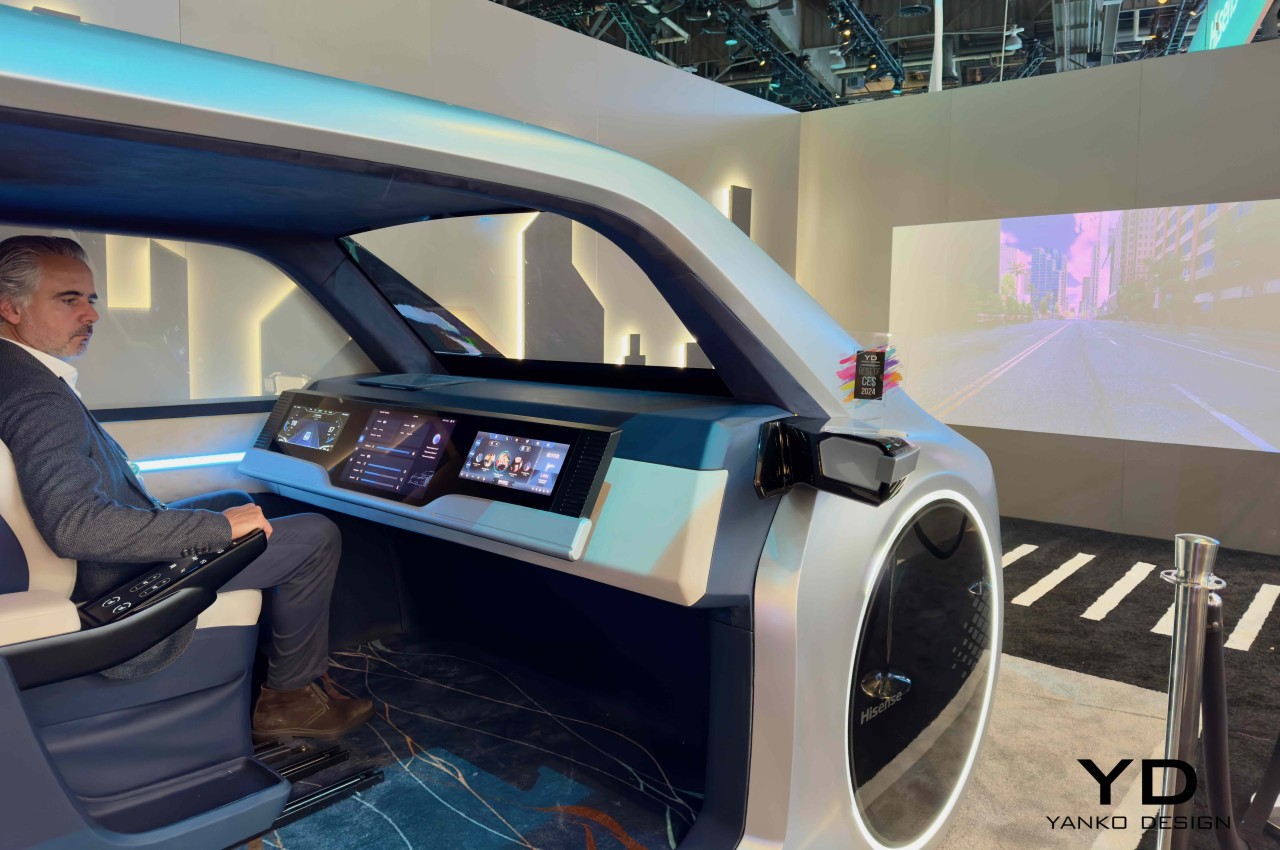
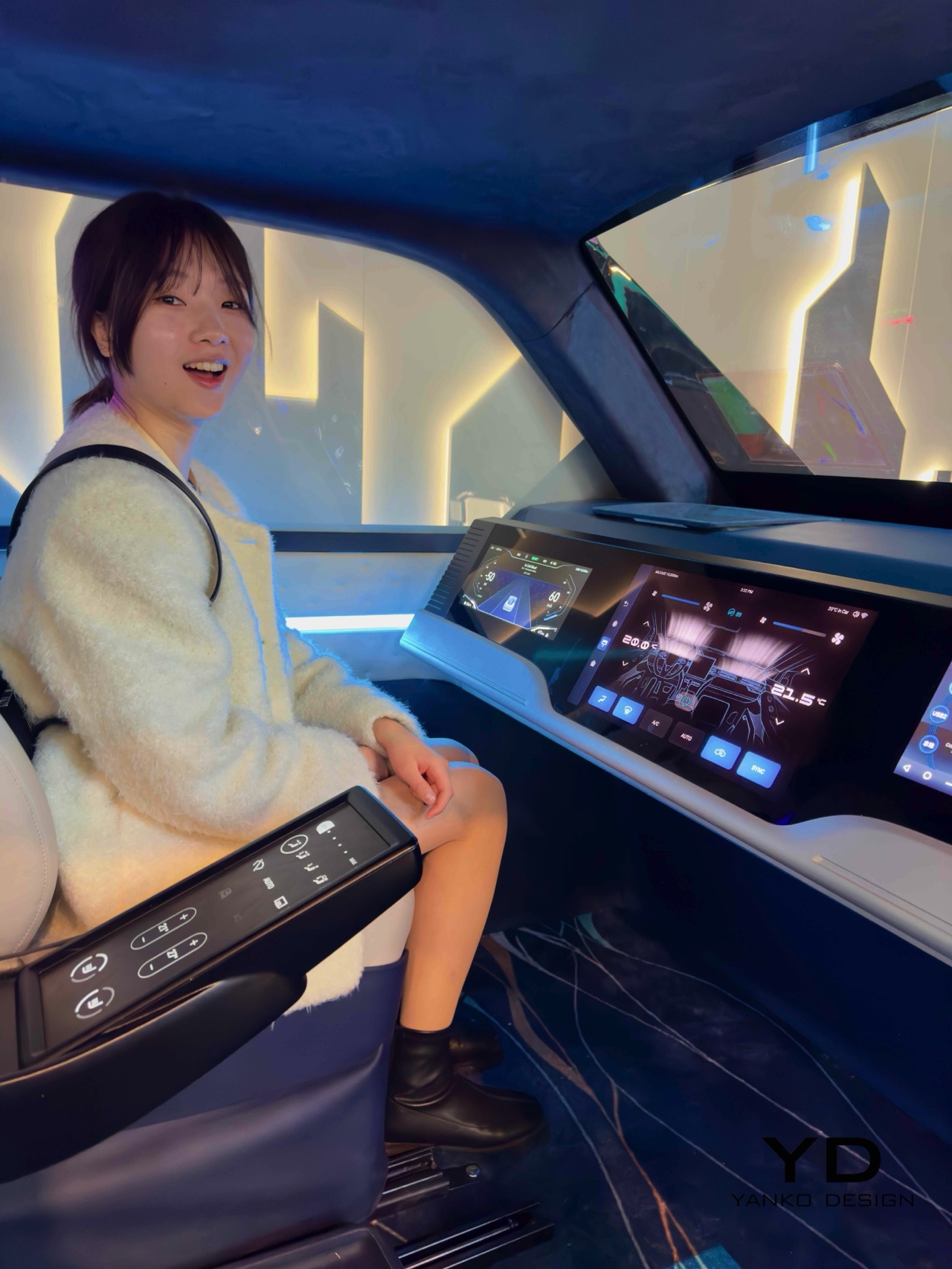
 triple-laser projection system, delivering a color performance 48% superior to traditional LEDs while maintaining a compact form, 80% smaller than conventional optical solutions. Its 200% luminous efficiency makes it the premier choice for automotive displays. The Laser Holographic AR-HUD transforms the windshield into an expansive holographic screen, merging virtual and real-world elements for safer driving. Advanced optical technology further converts side and rear windows into immersive displays, enhancing navigation and entertainment while focusing on safety and compact design.
triple-laser projection system, delivering a color performance 48% superior to traditional LEDs while maintaining a compact form, 80% smaller than conventional optical solutions. Its 200% luminous efficiency makes it the premier choice for automotive displays. The Laser Holographic AR-HUD transforms the windshield into an expansive holographic screen, merging virtual and real-world elements for safer driving. Advanced optical technology further converts side and rear windows into immersive displays, enhancing navigation and entertainment while focusing on safety and compact design.